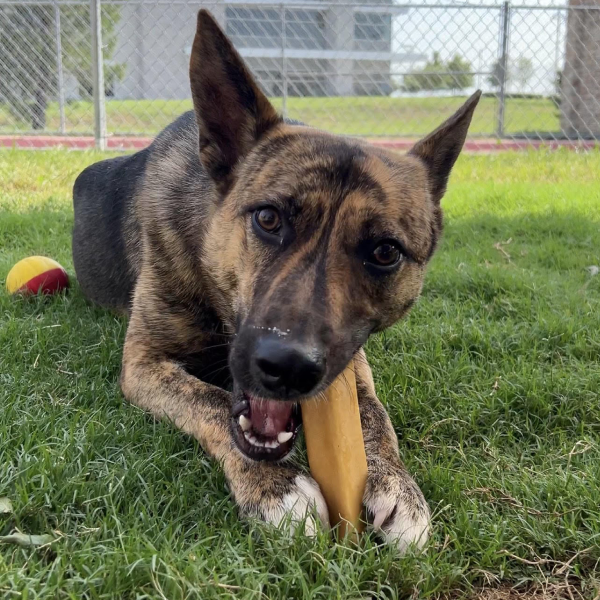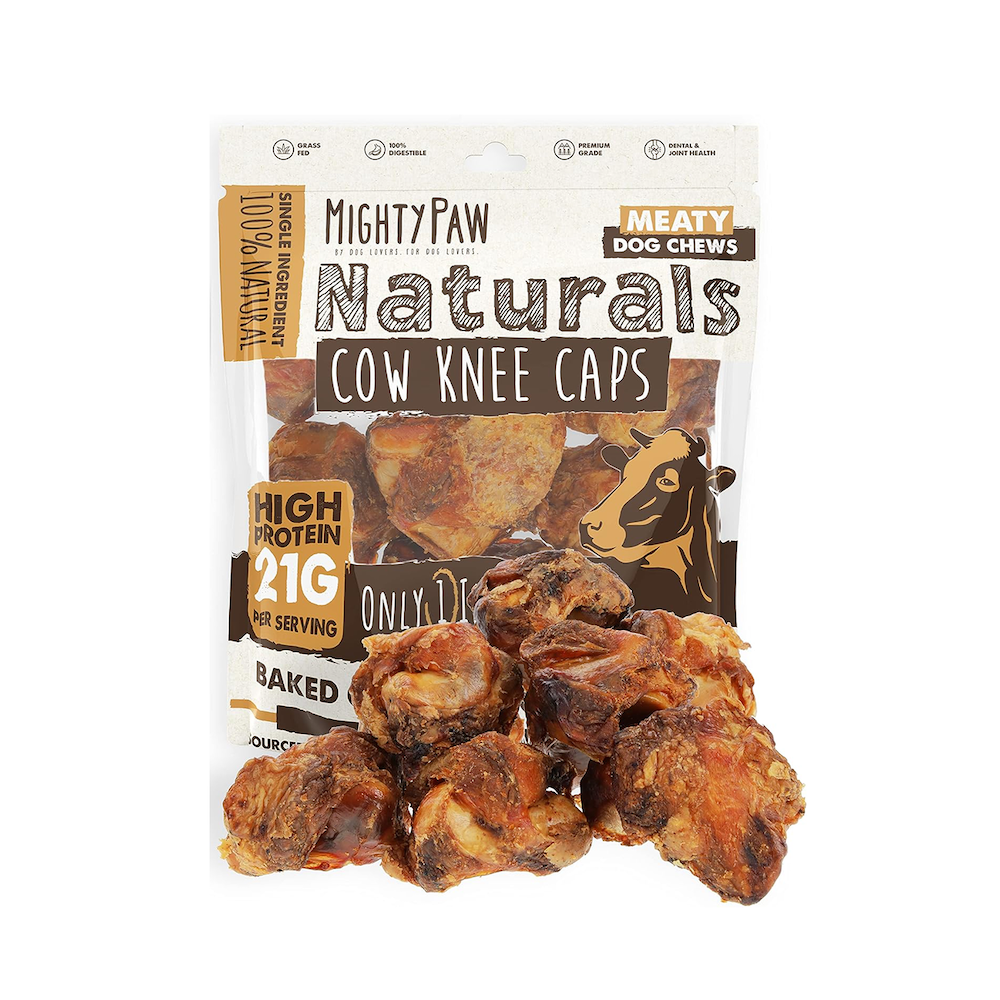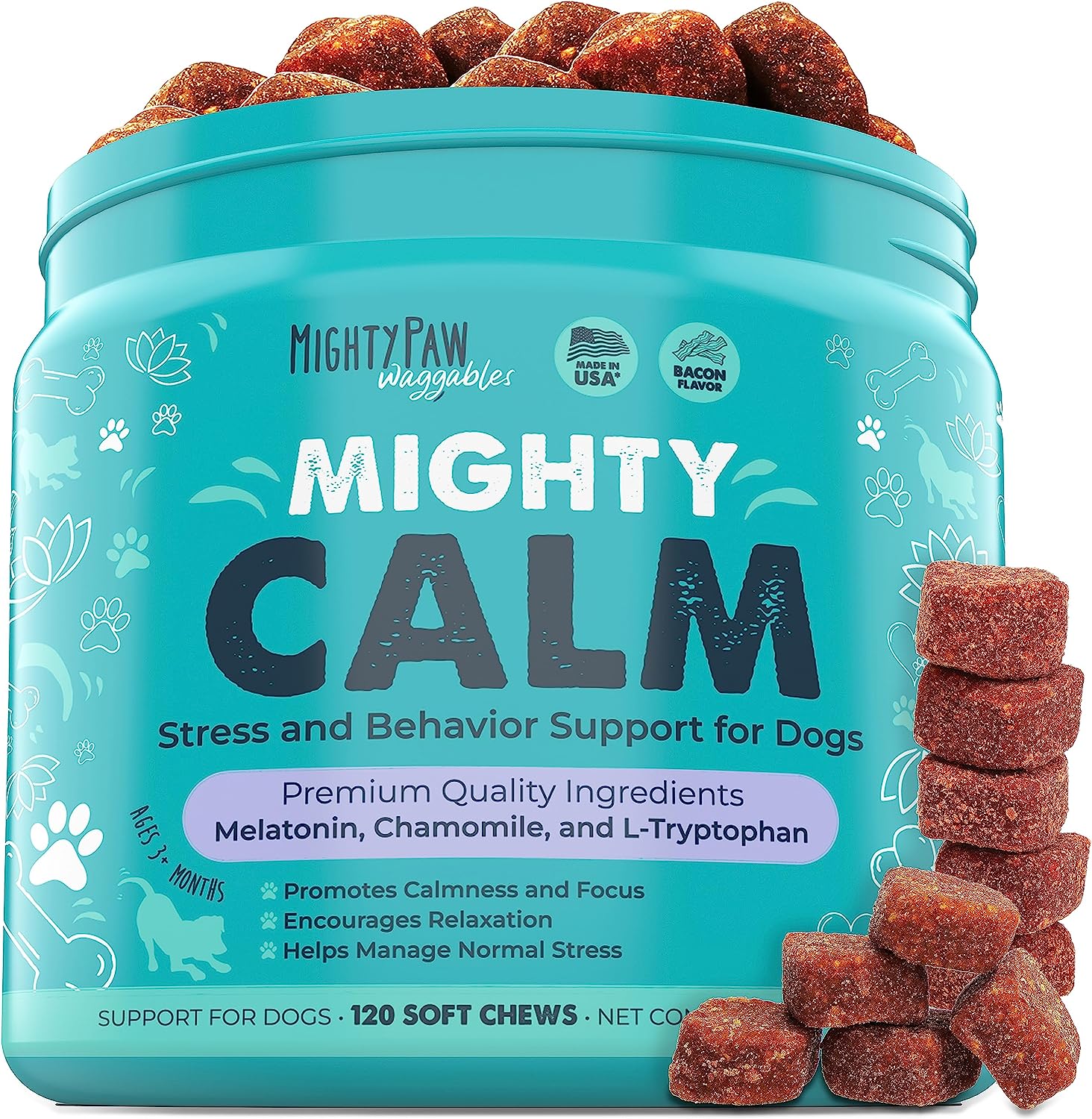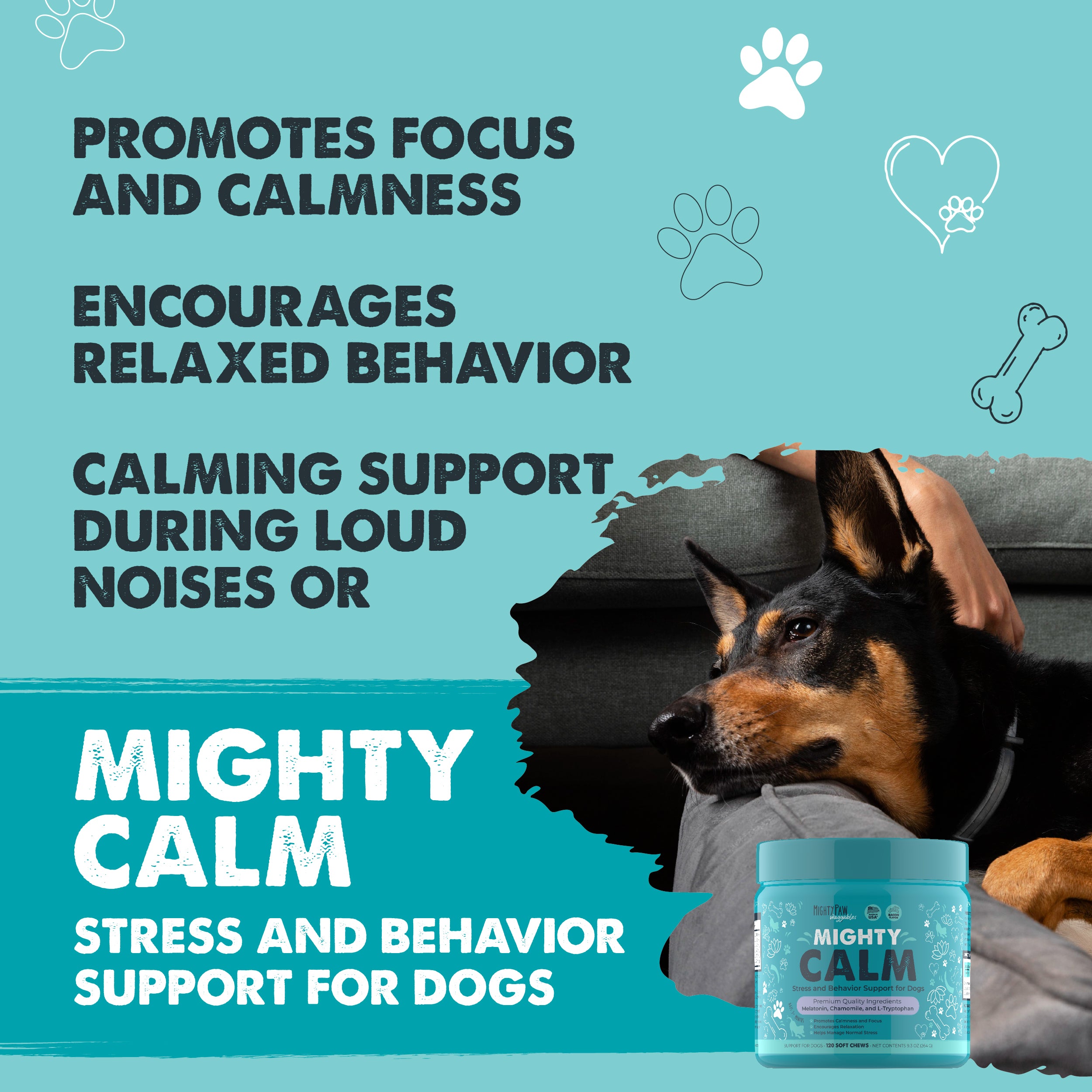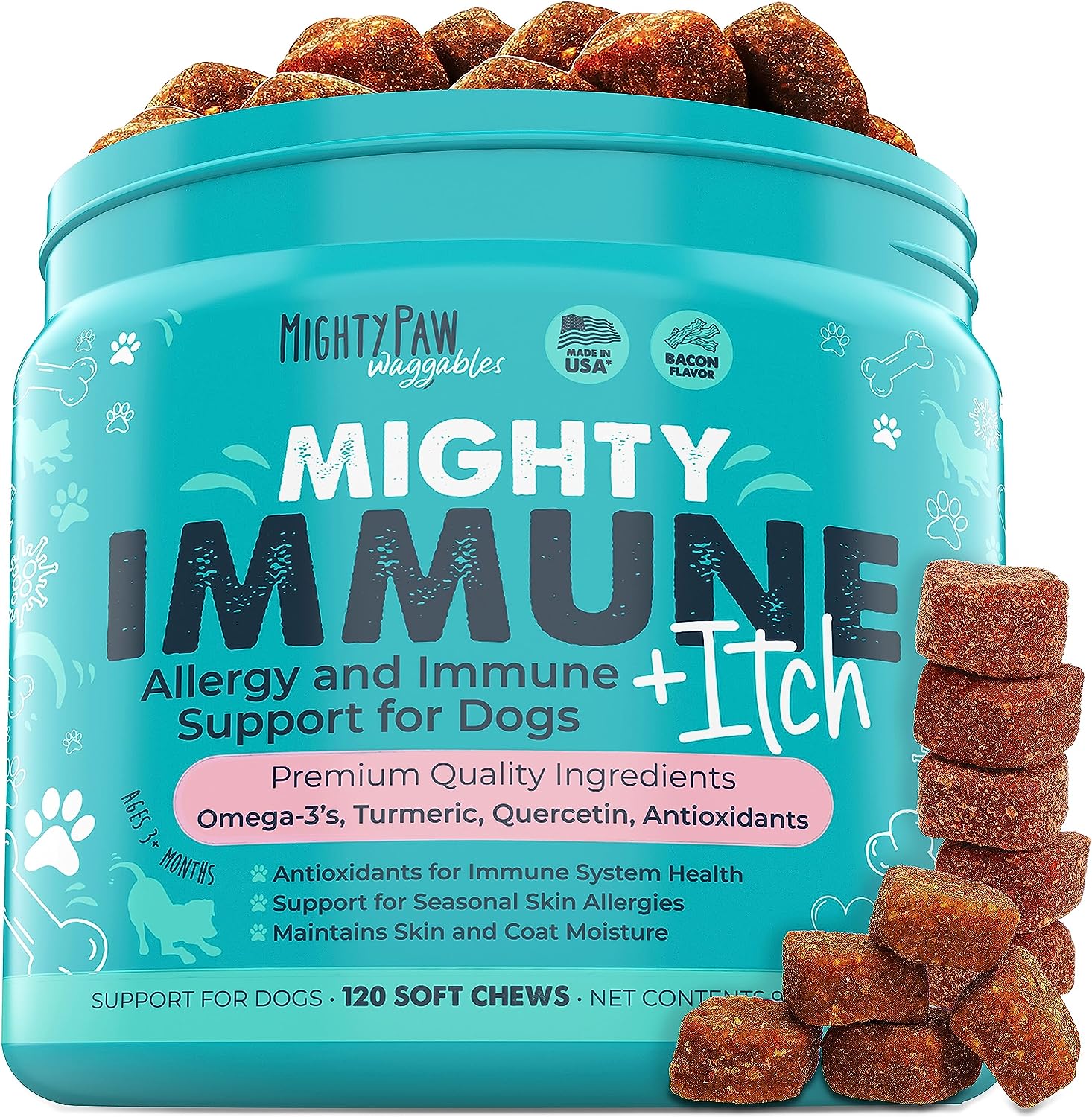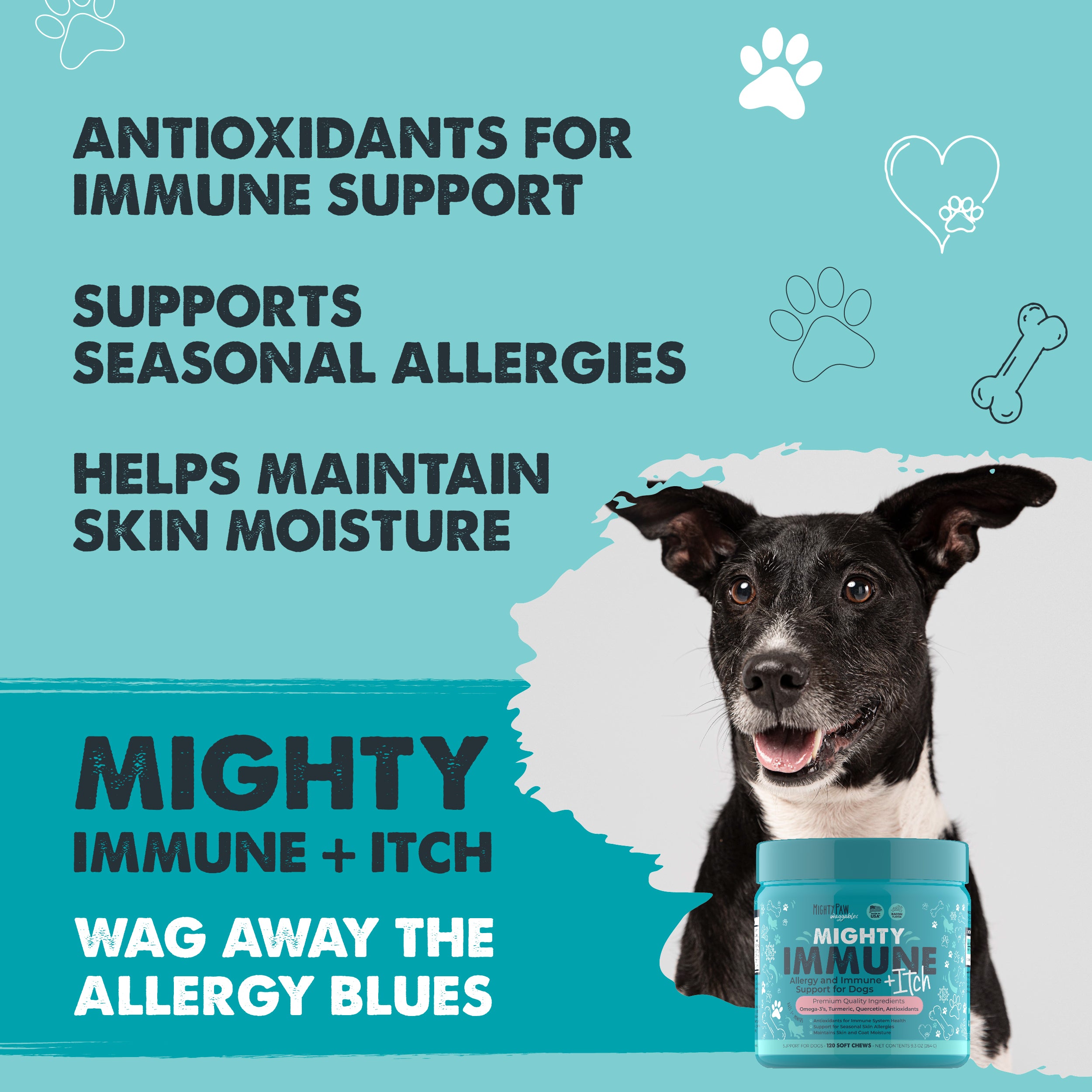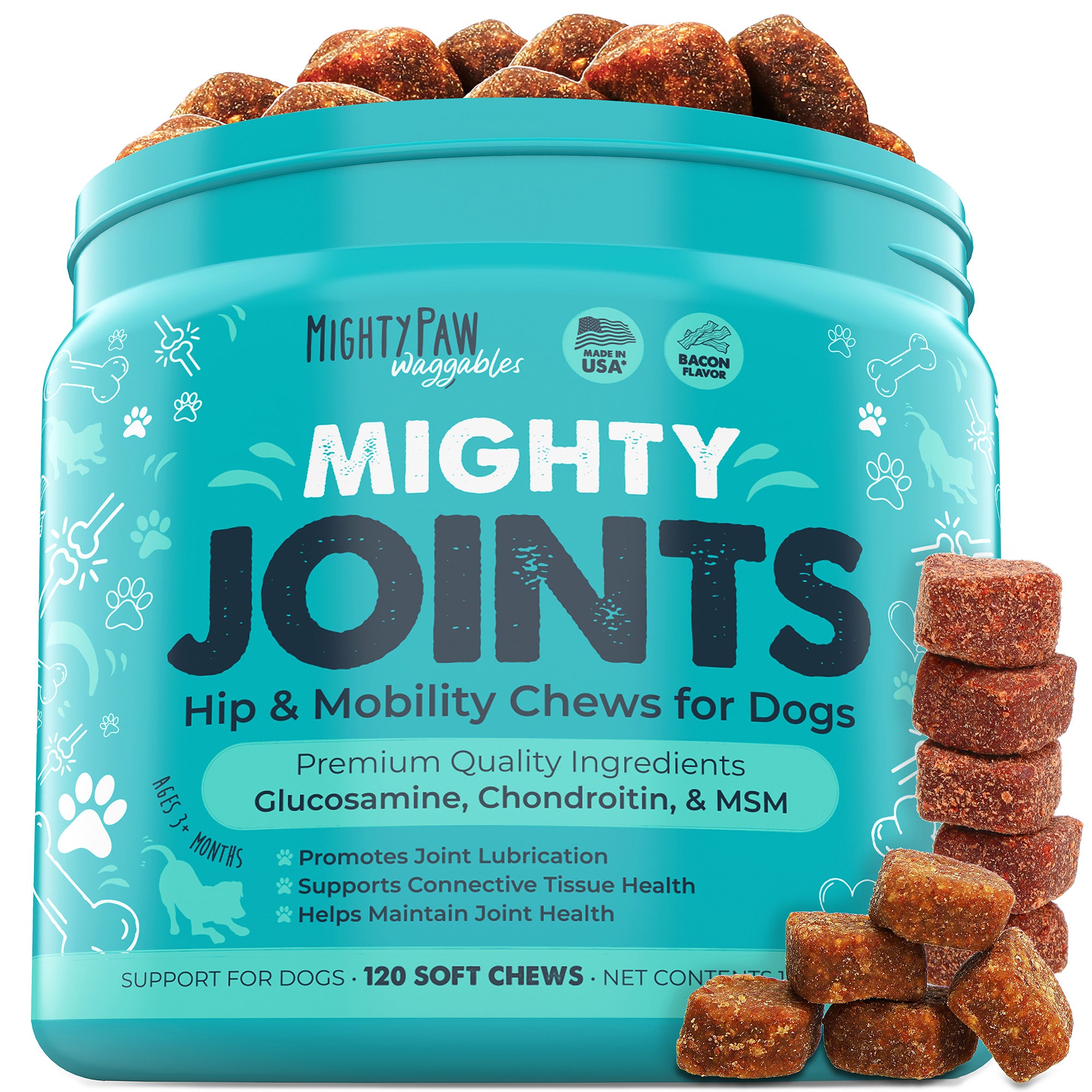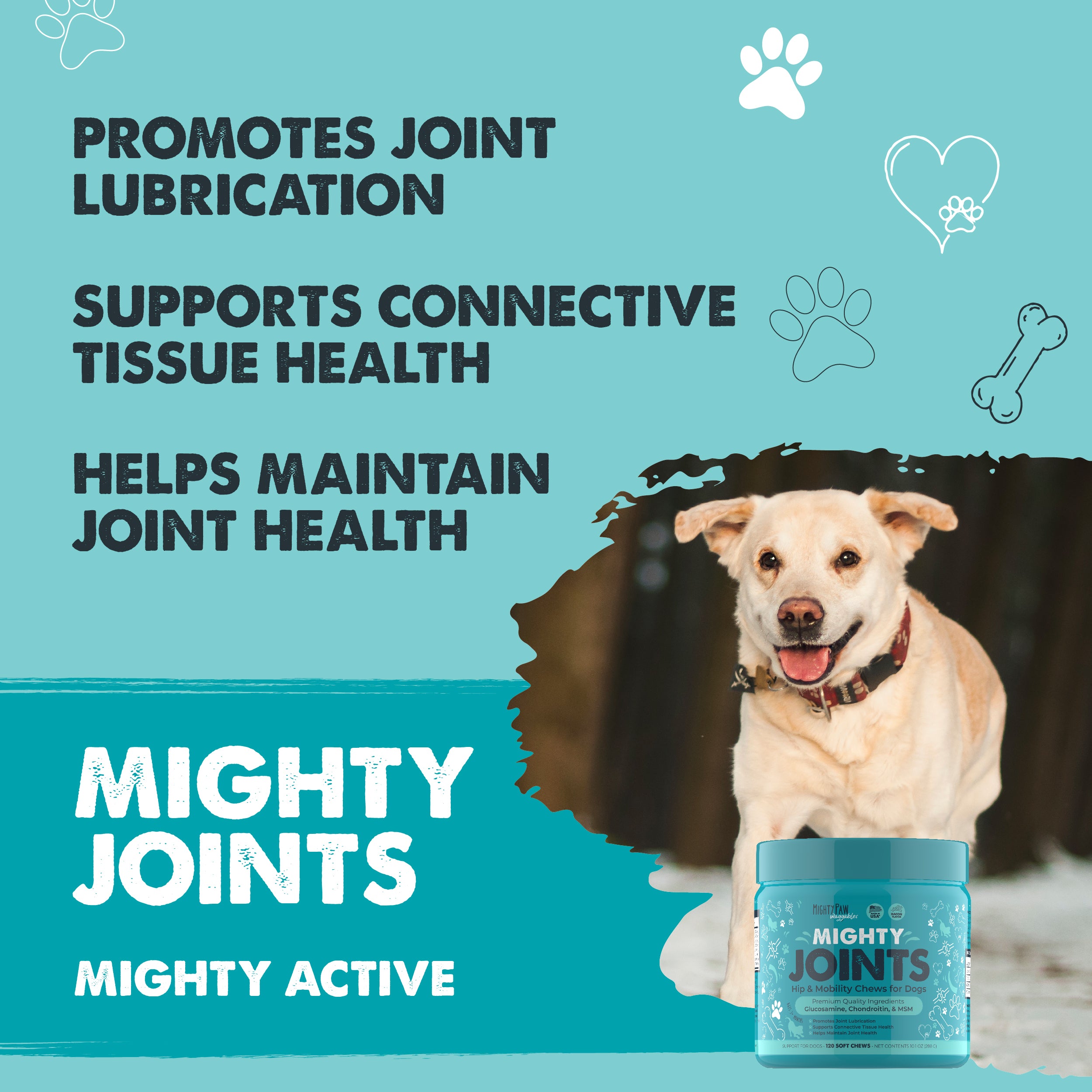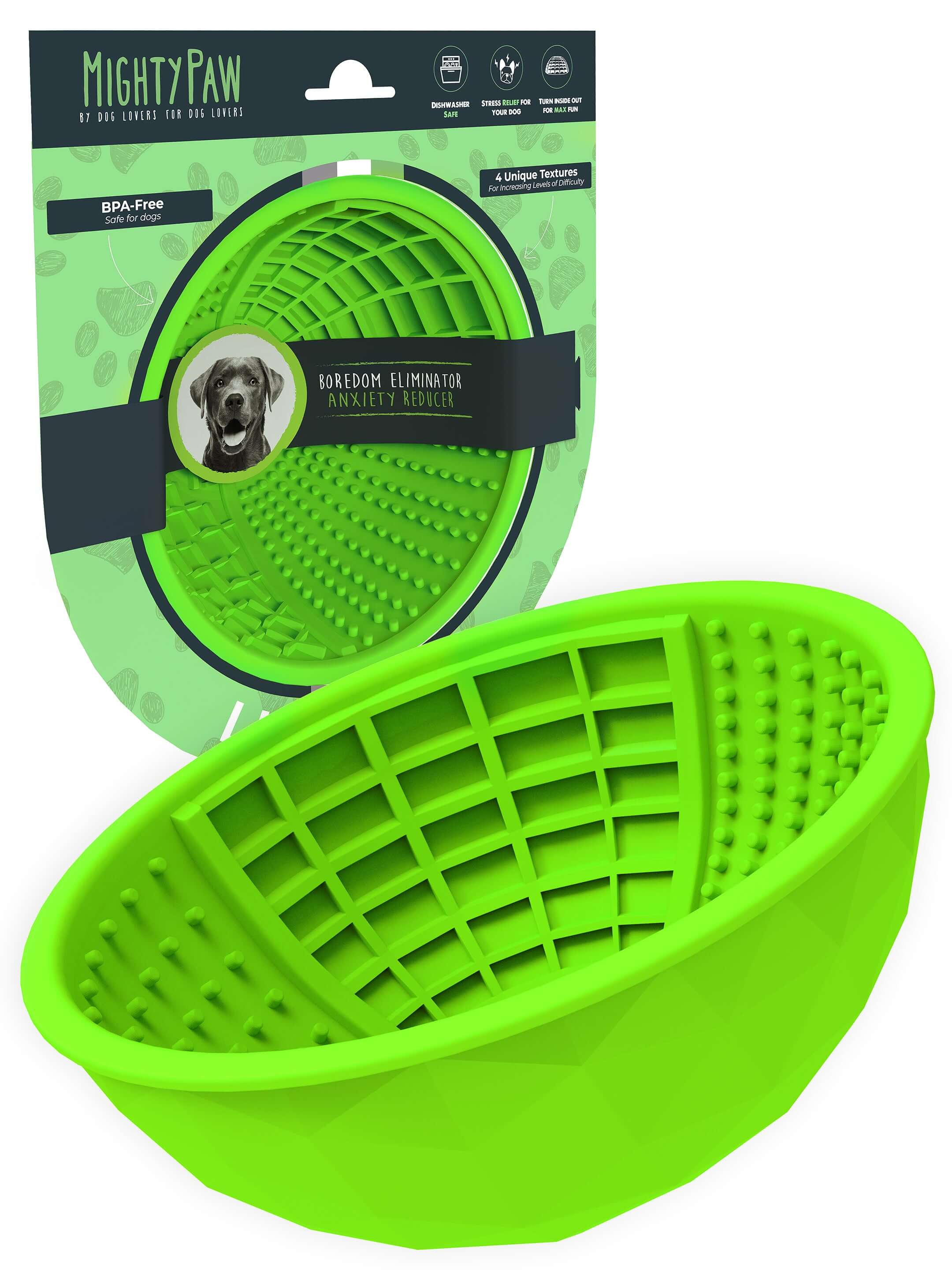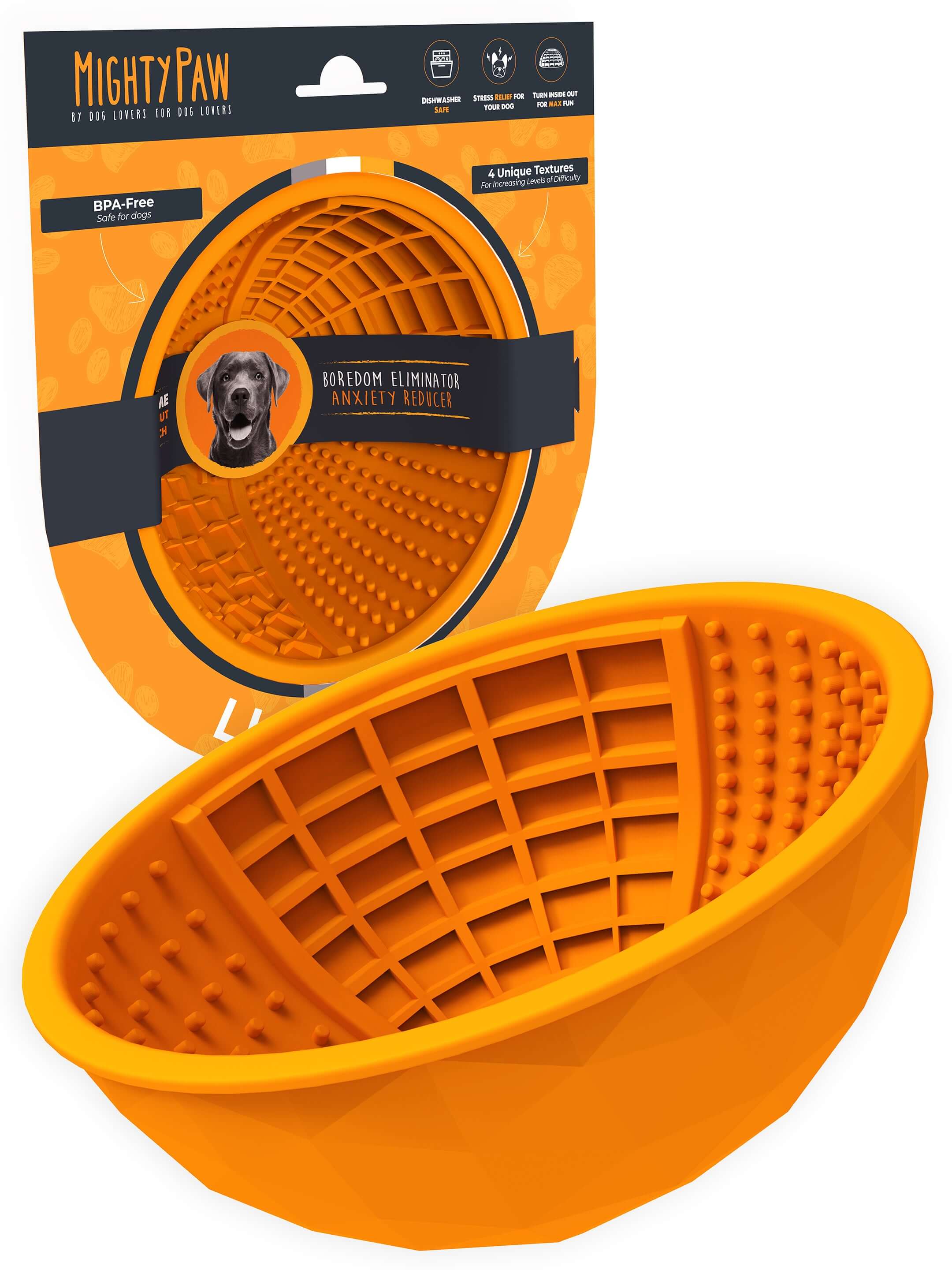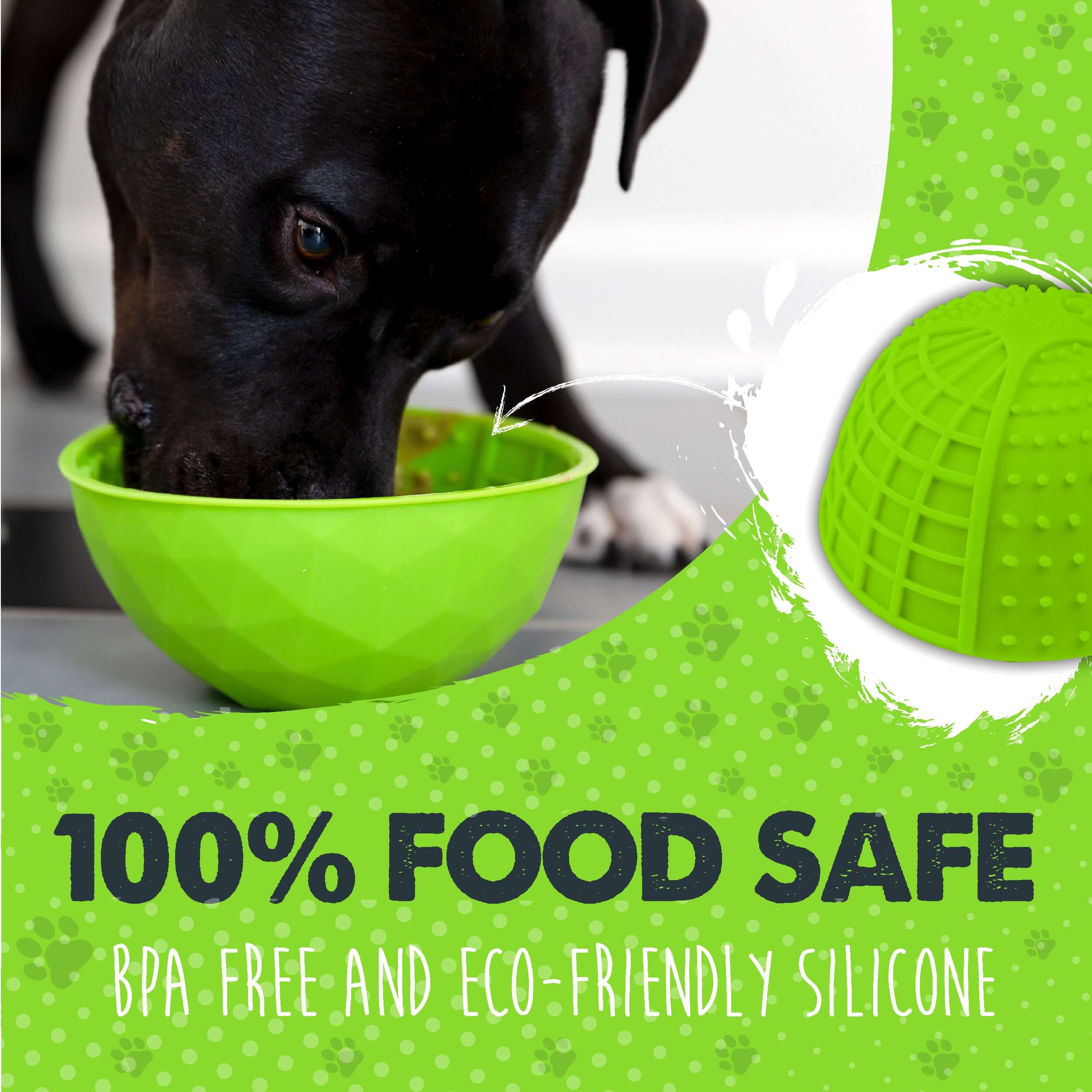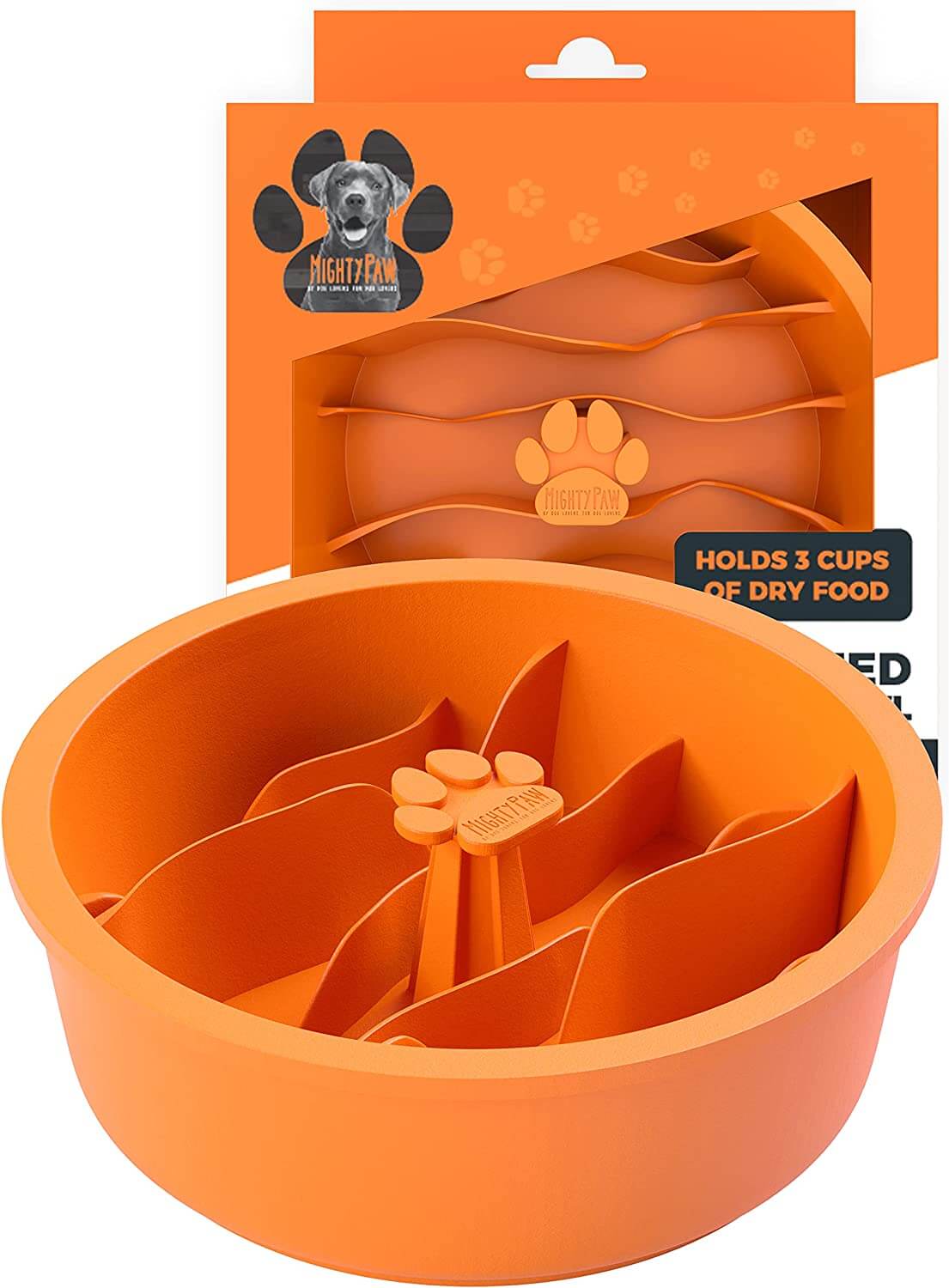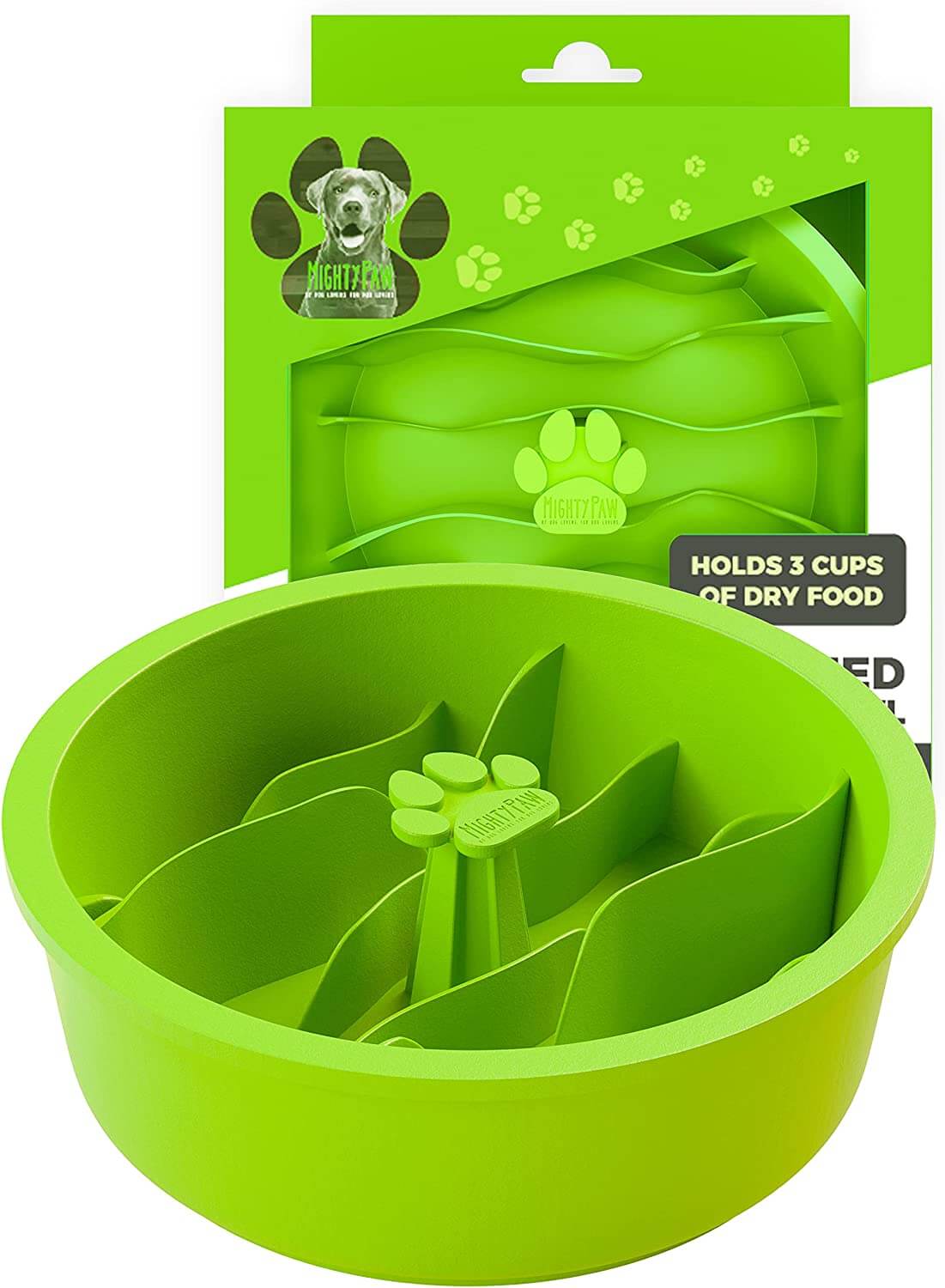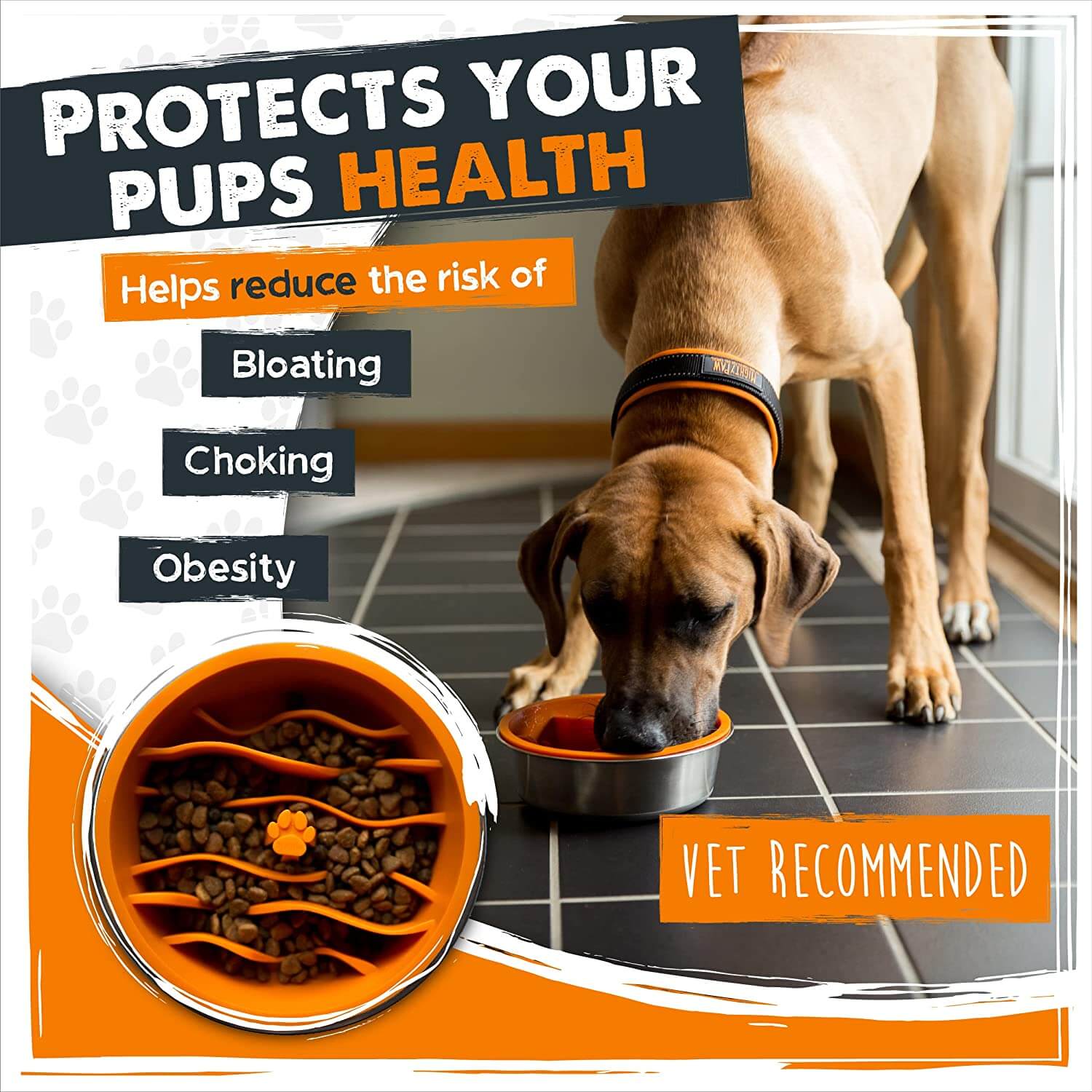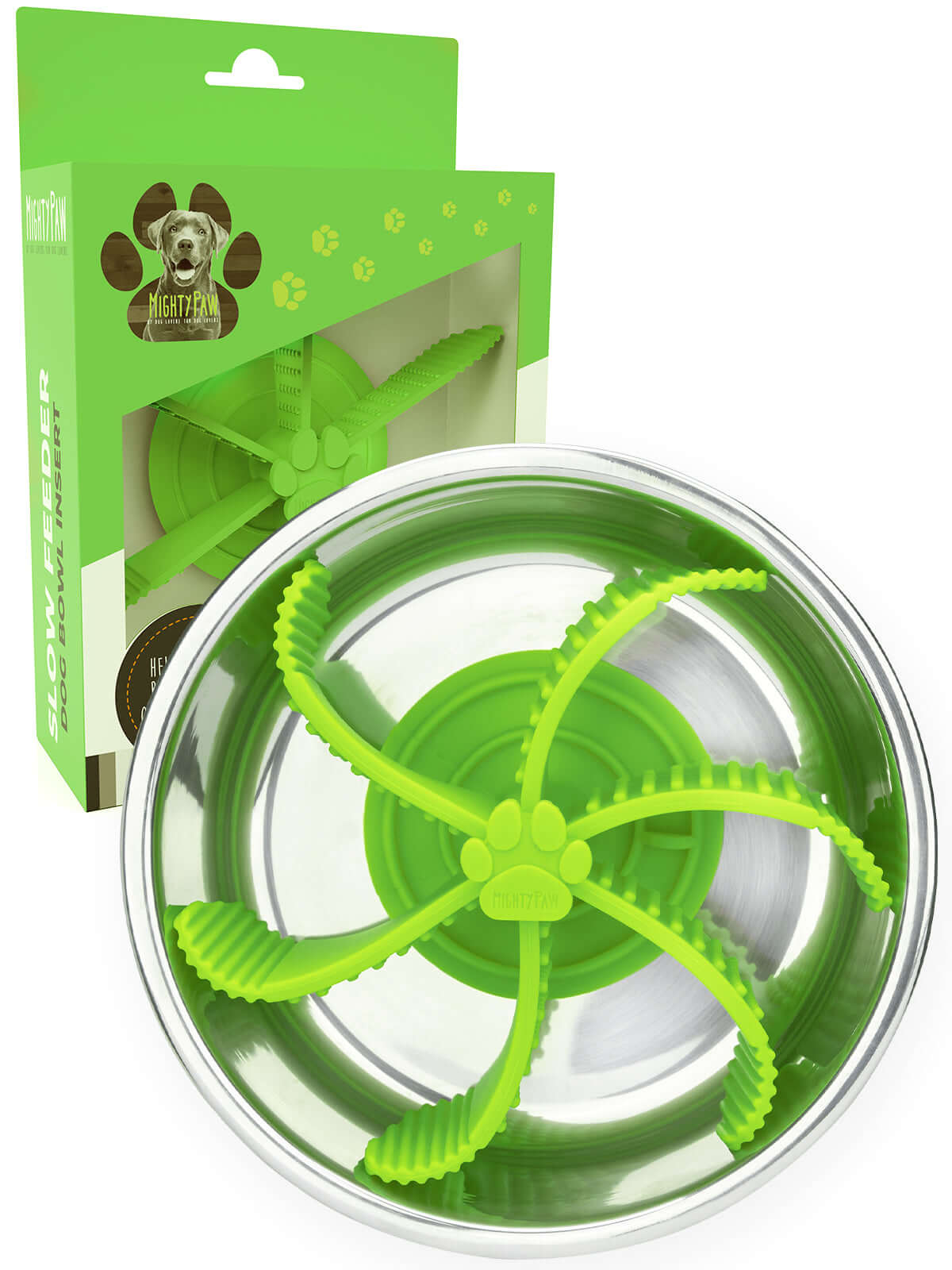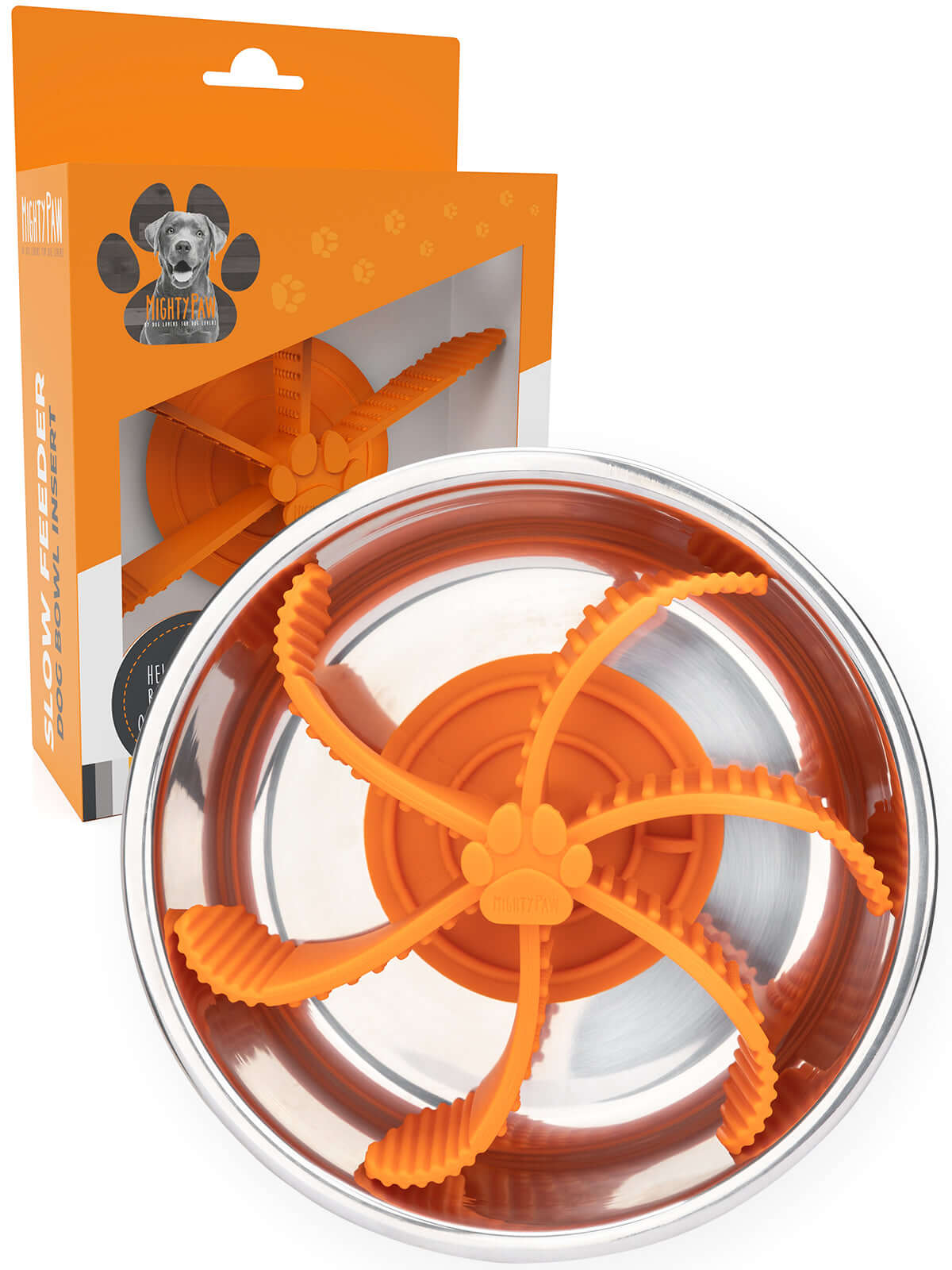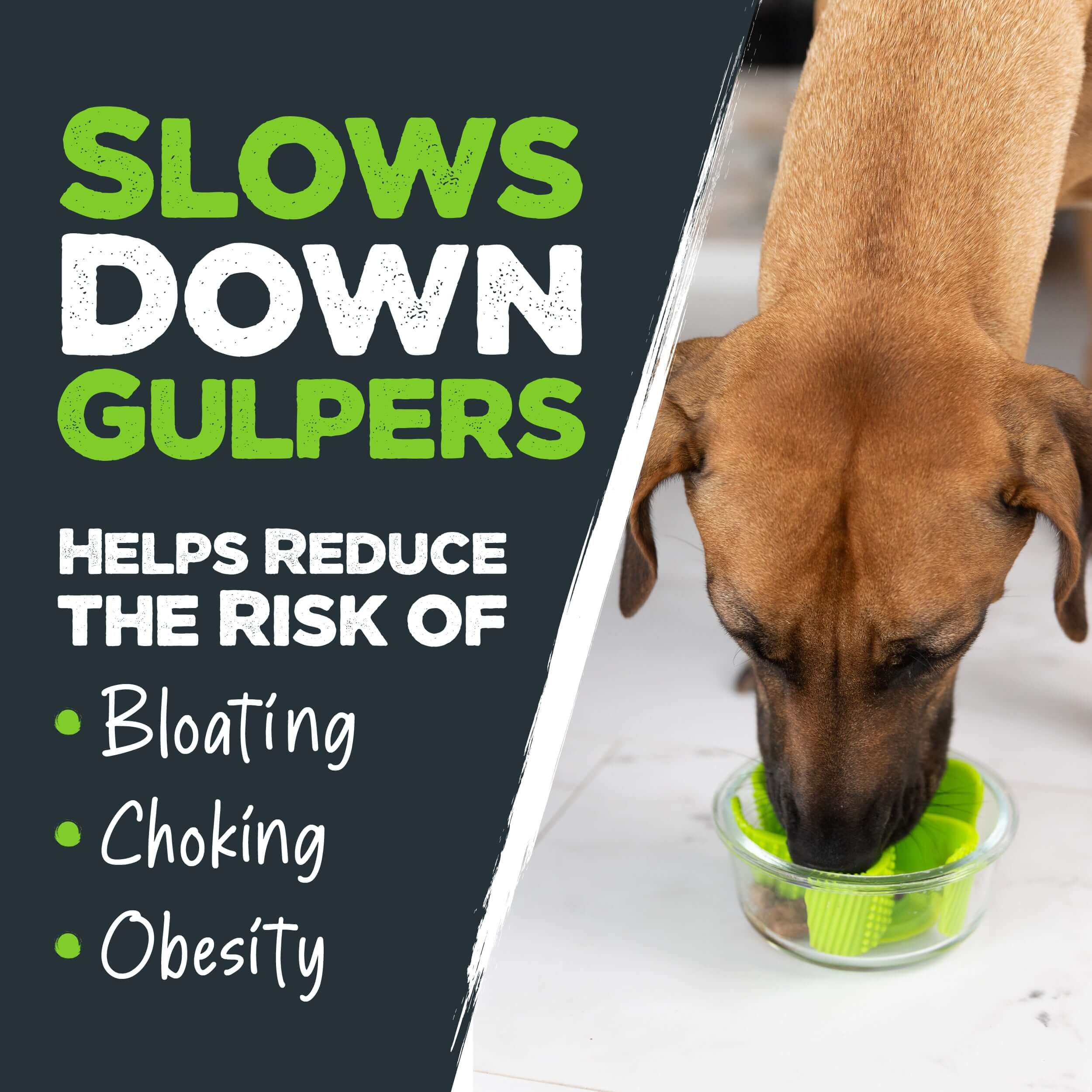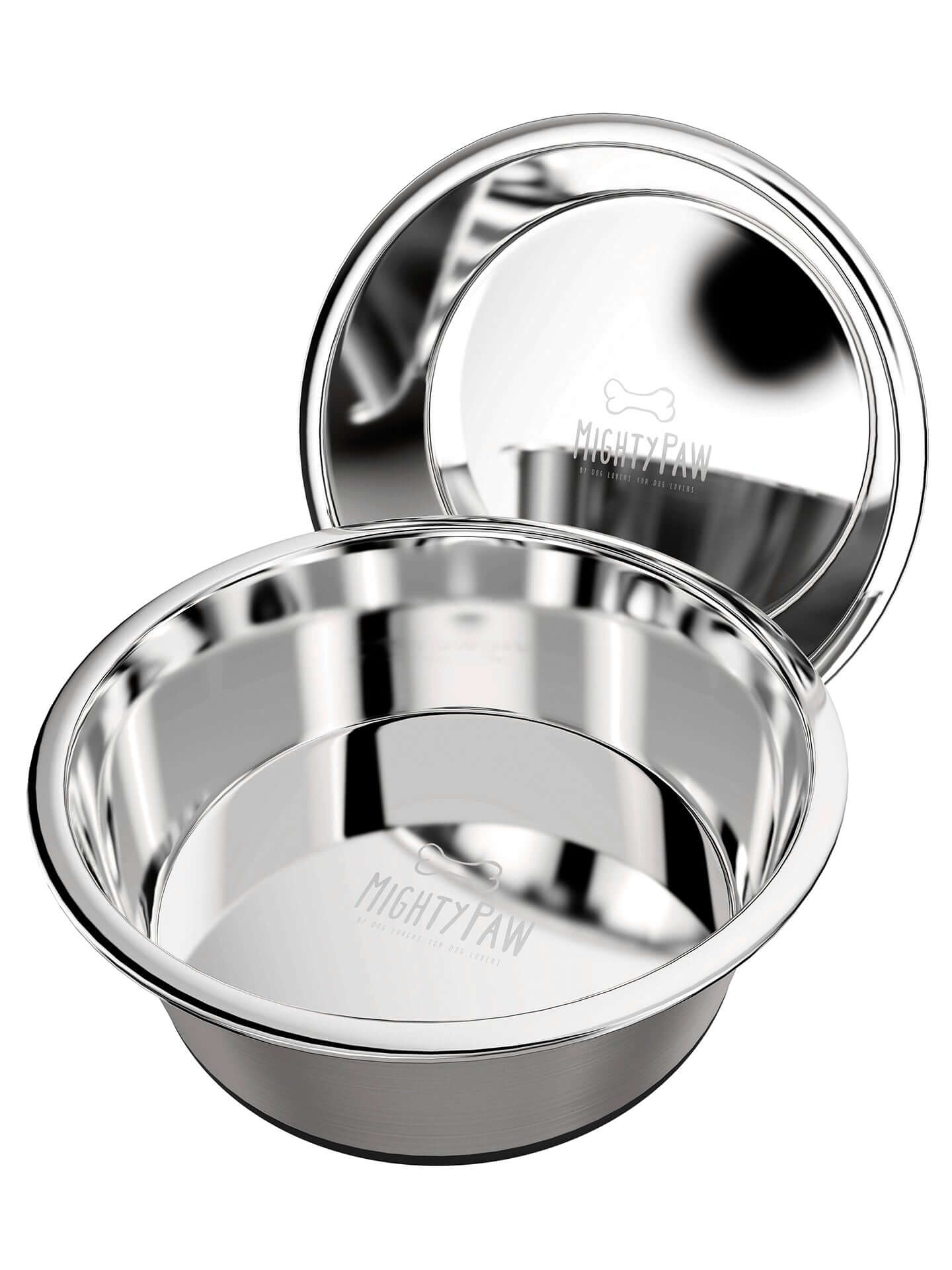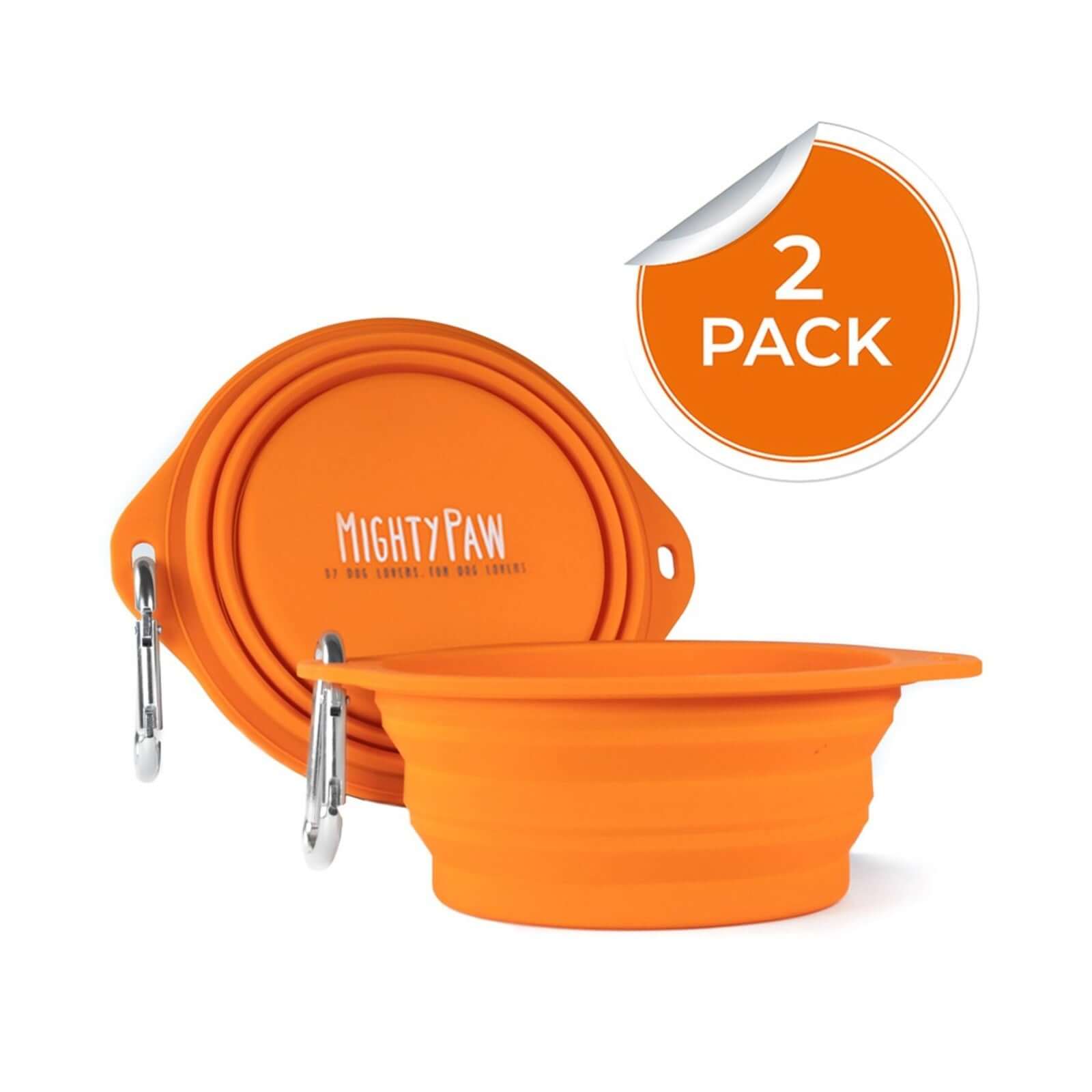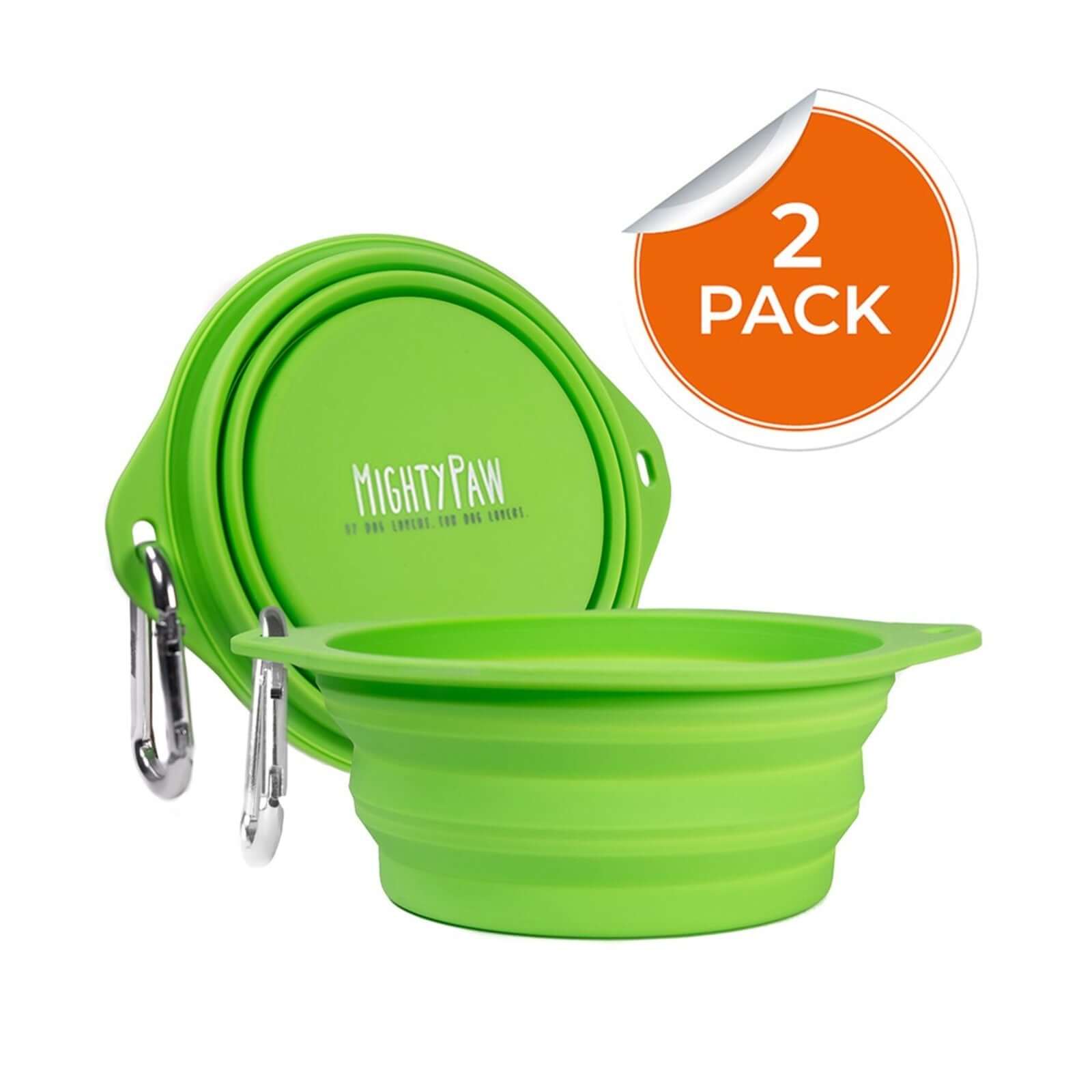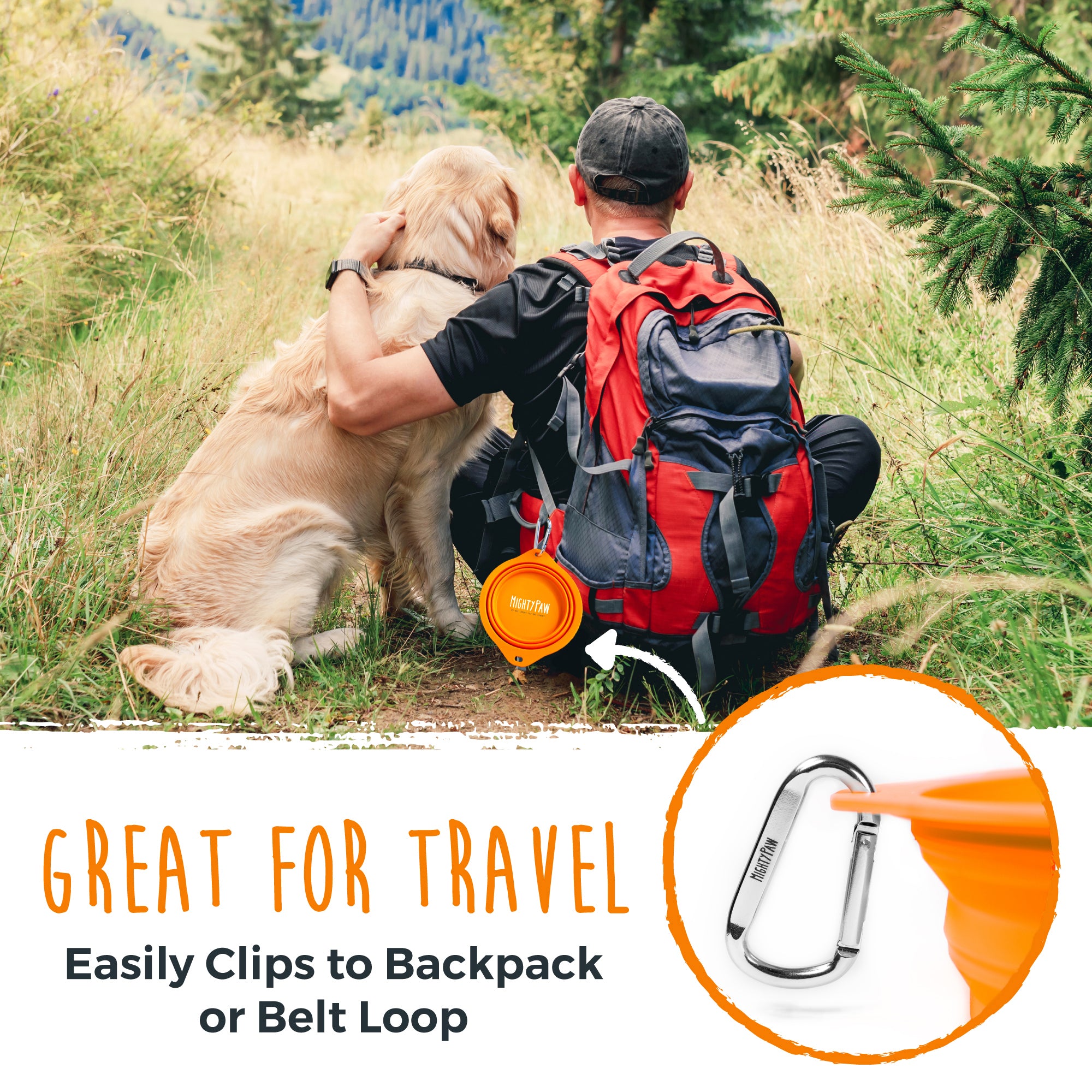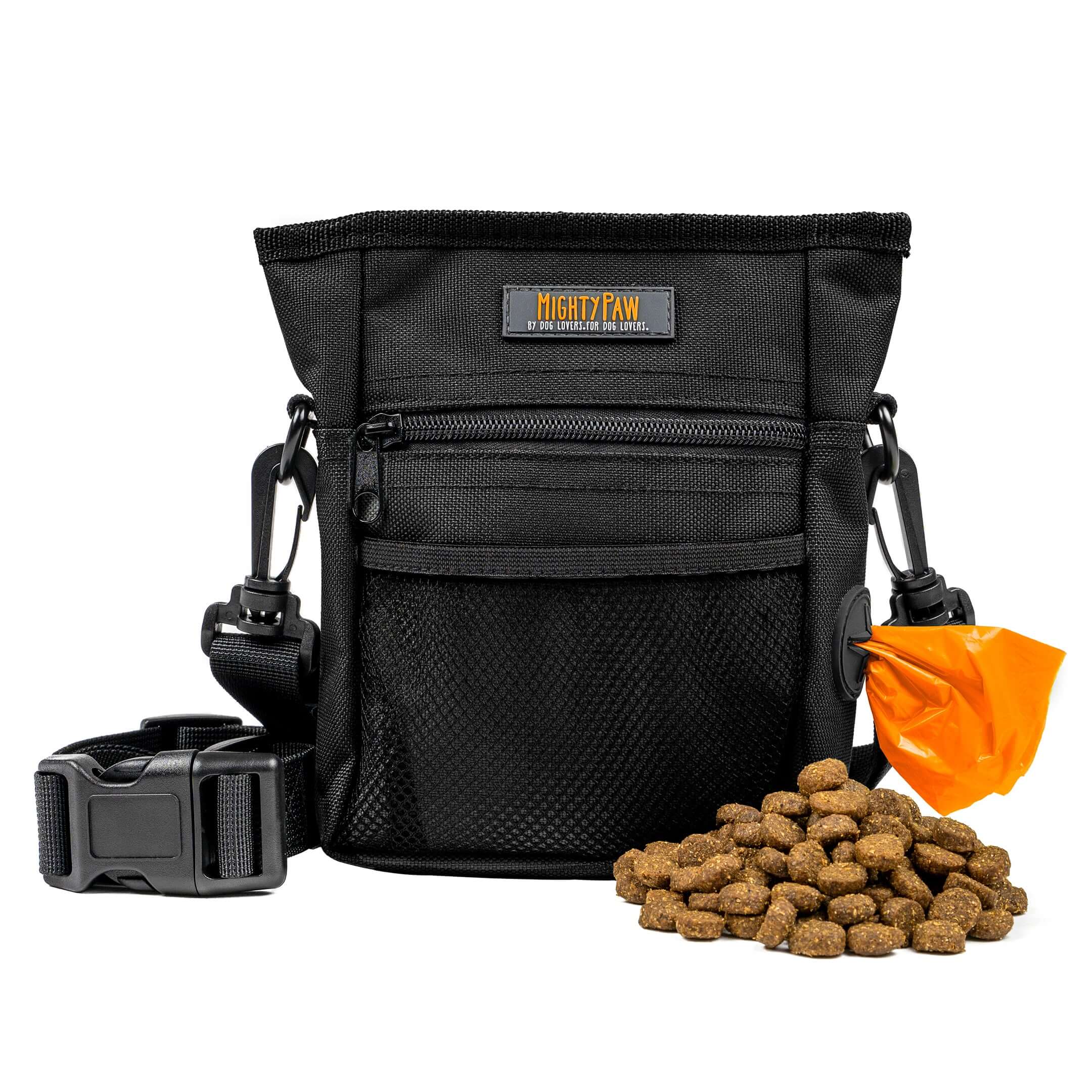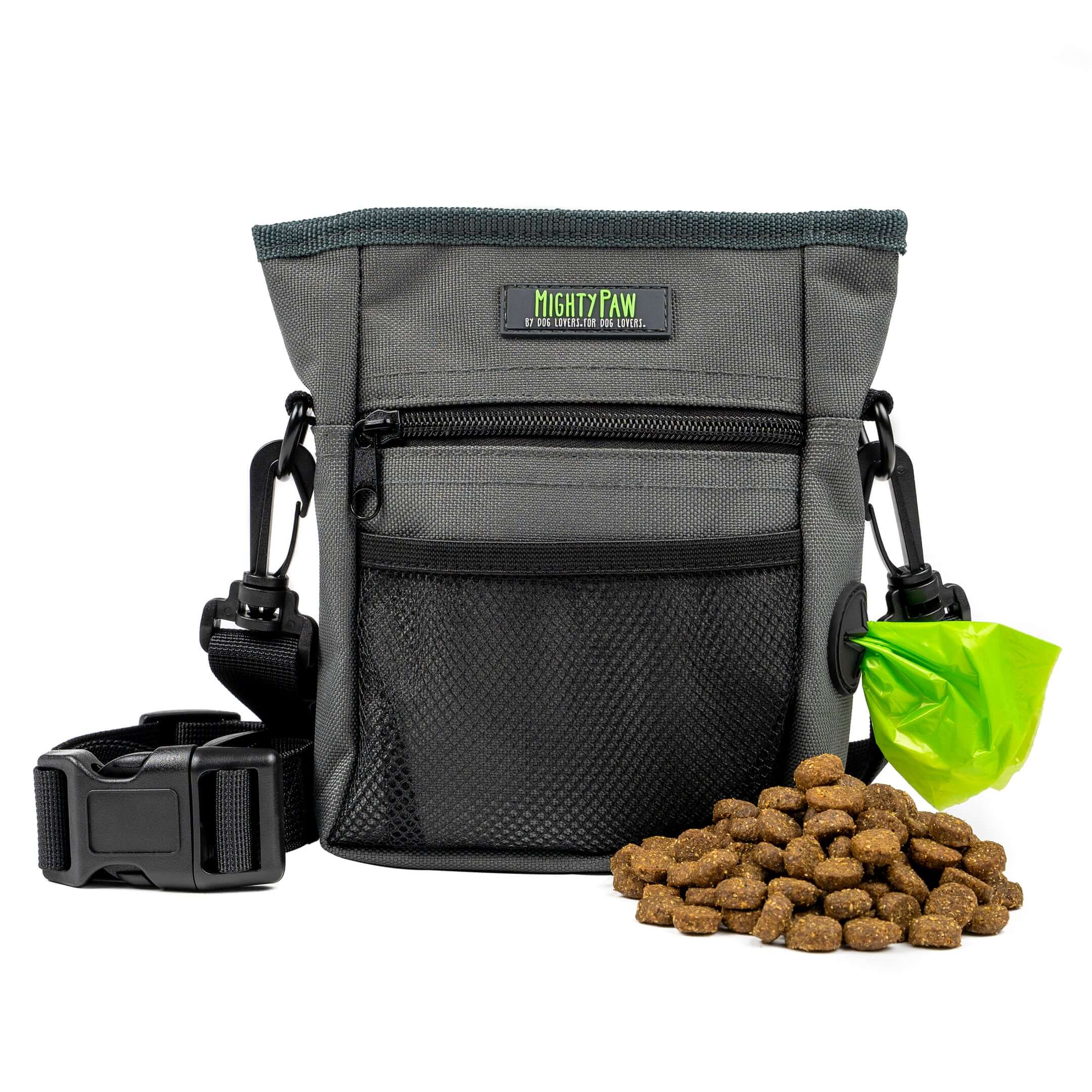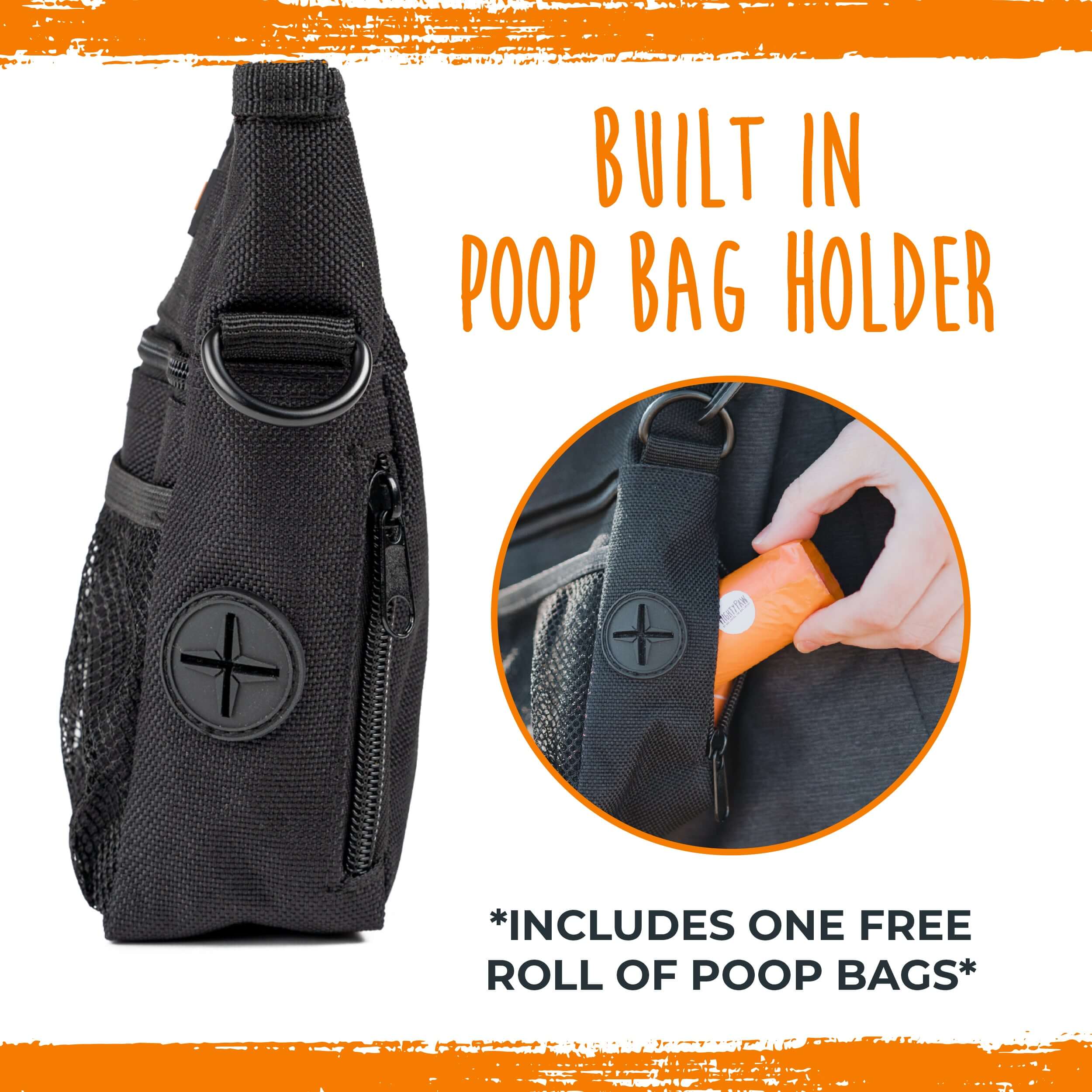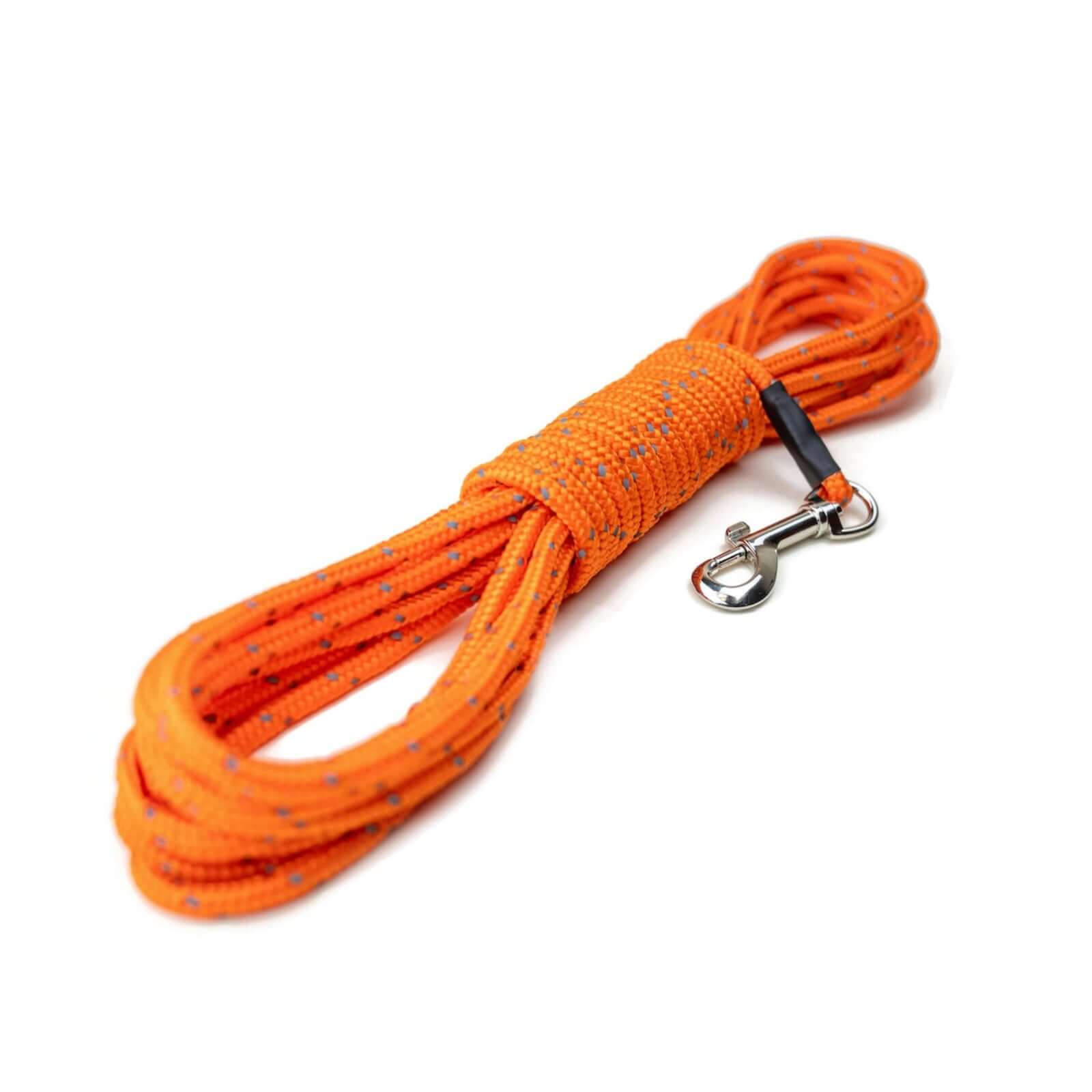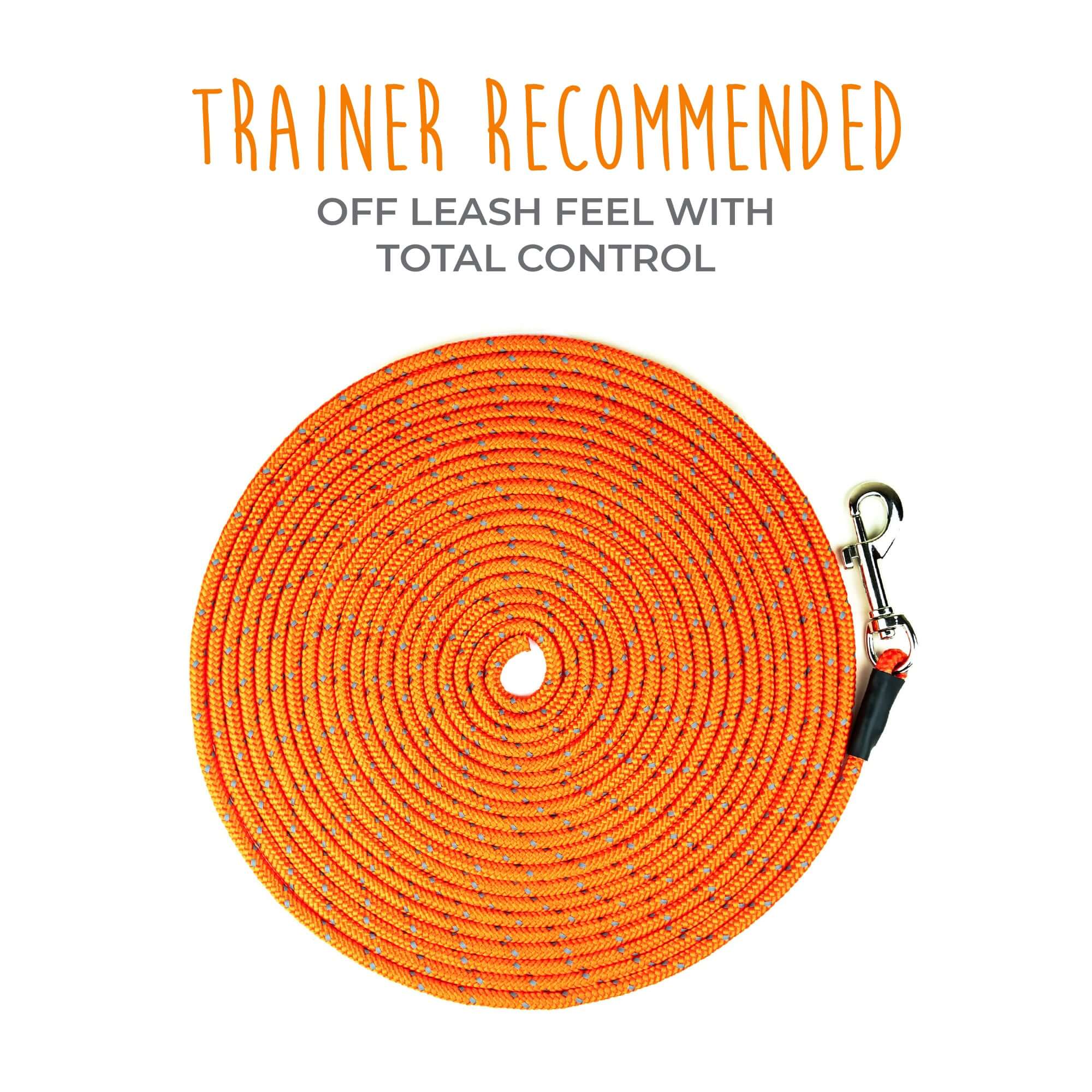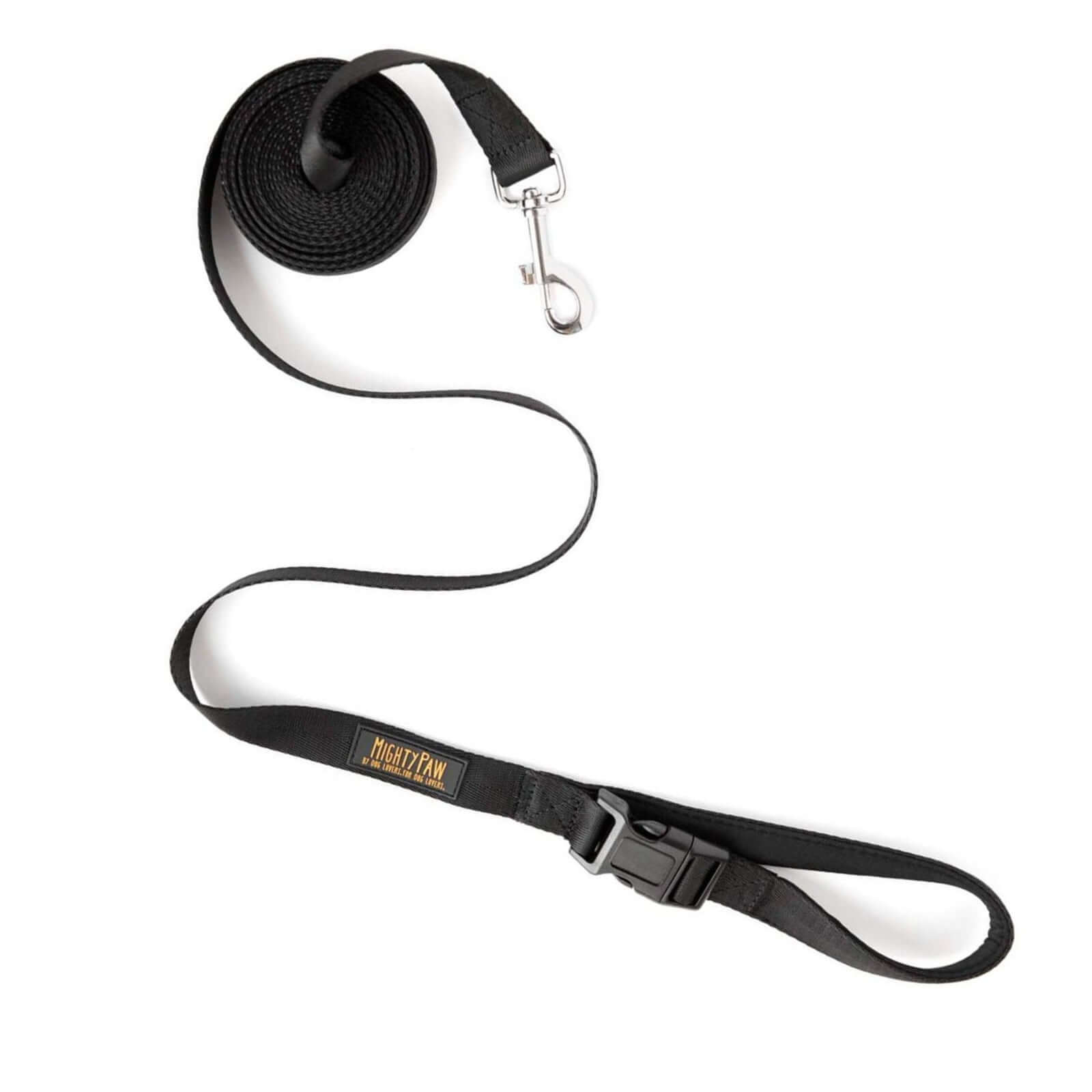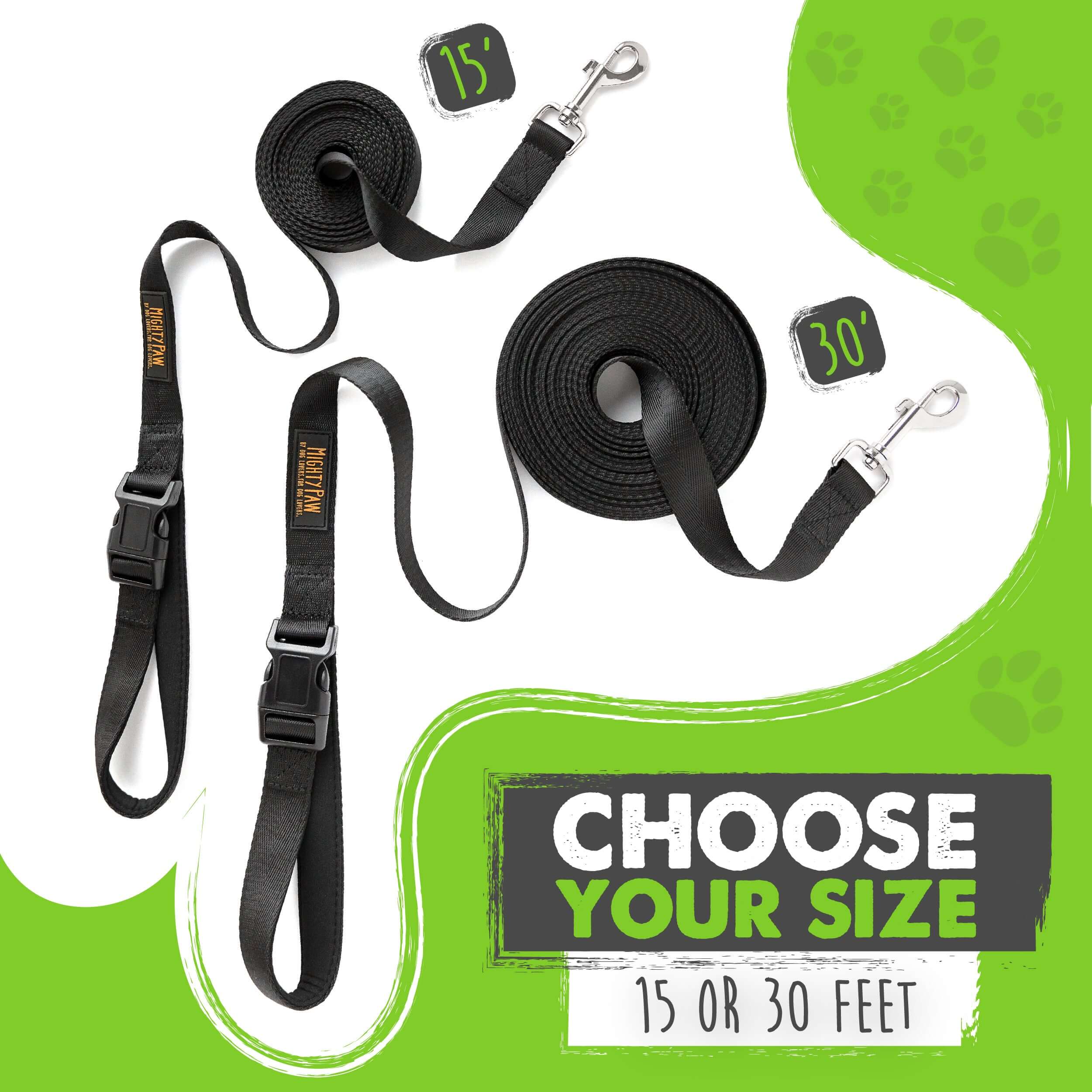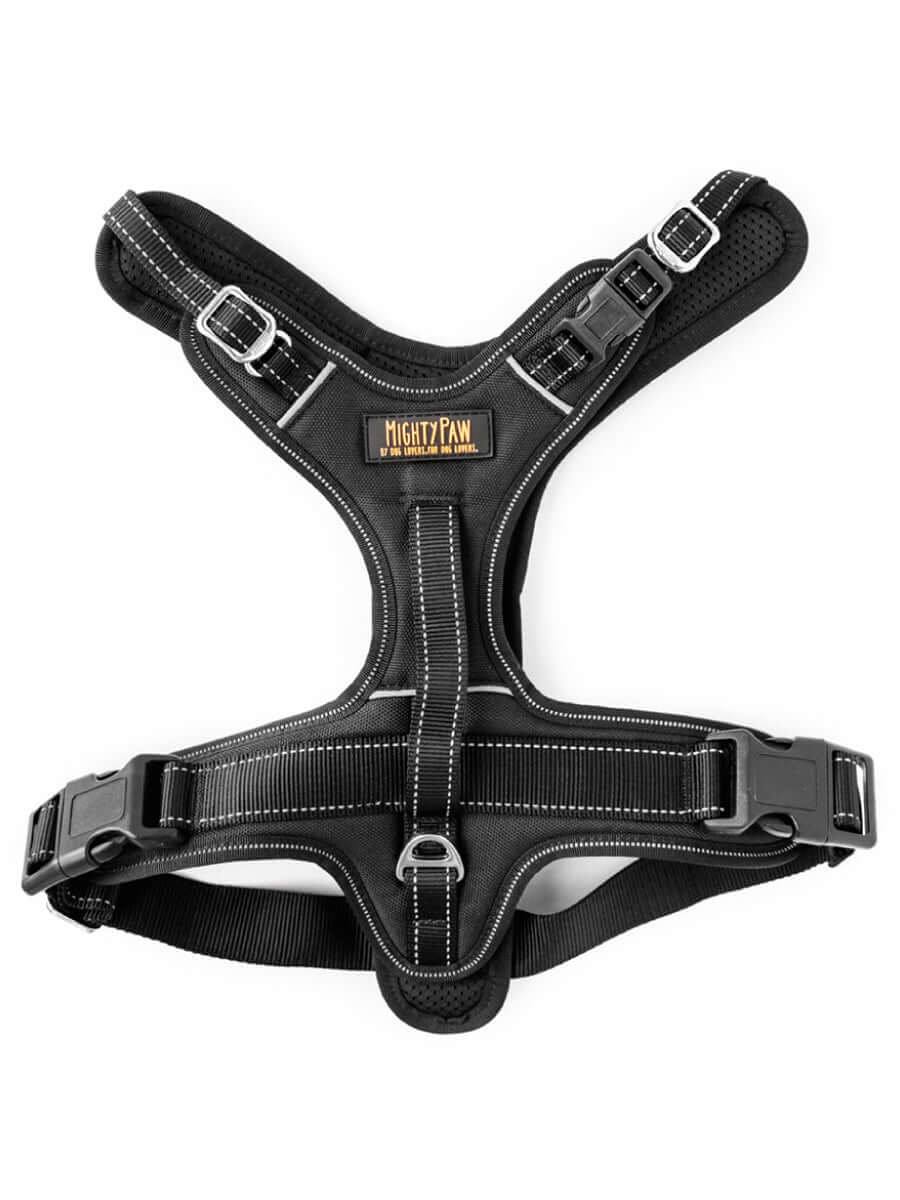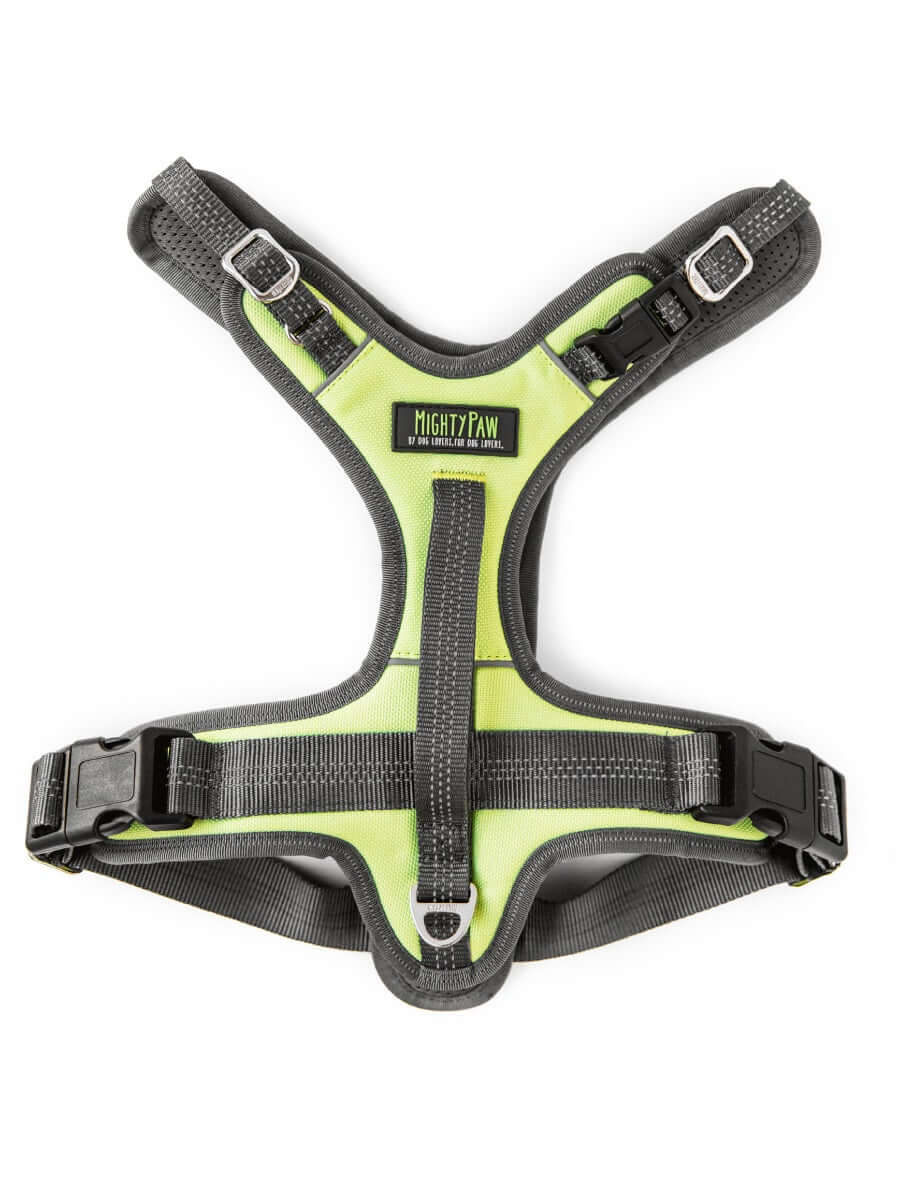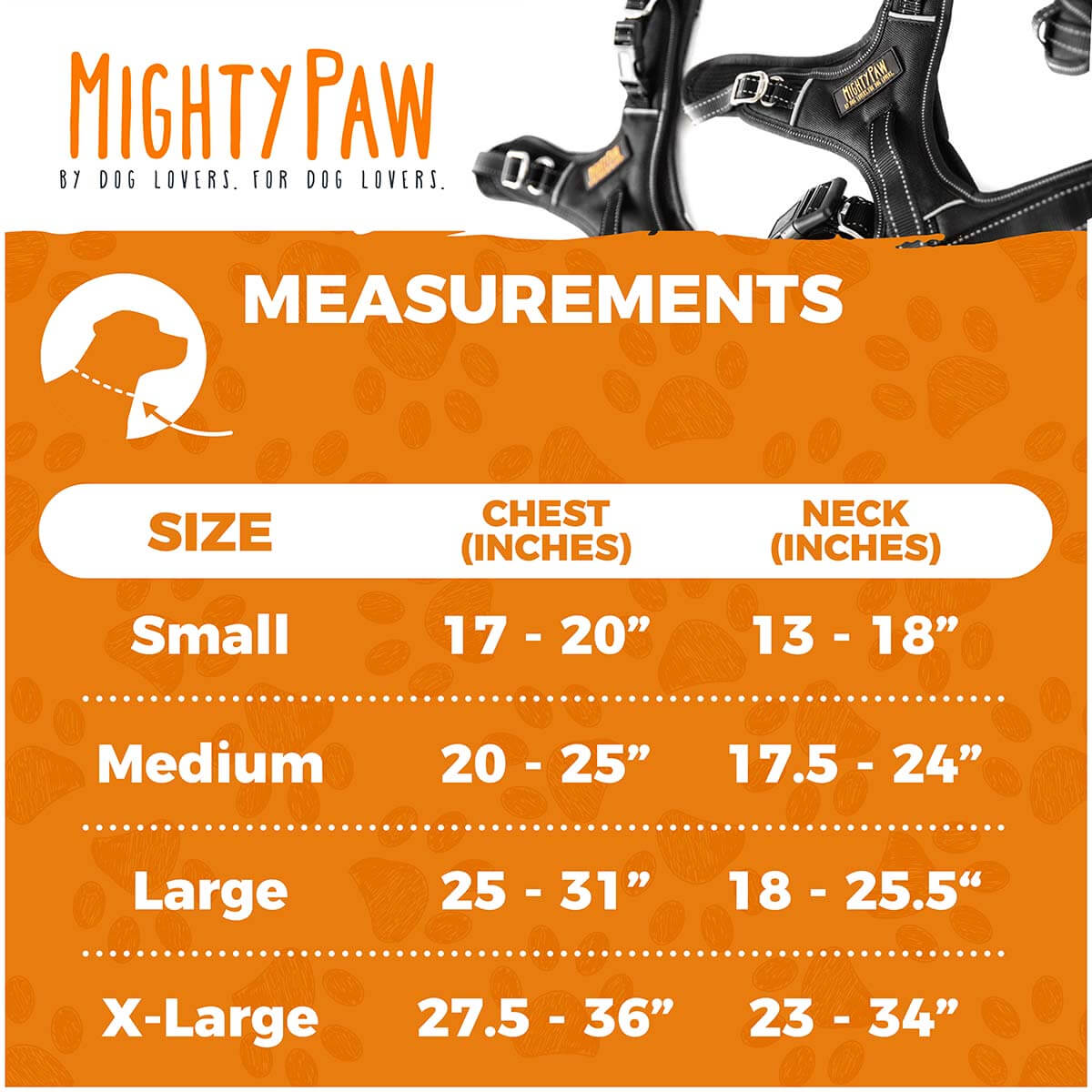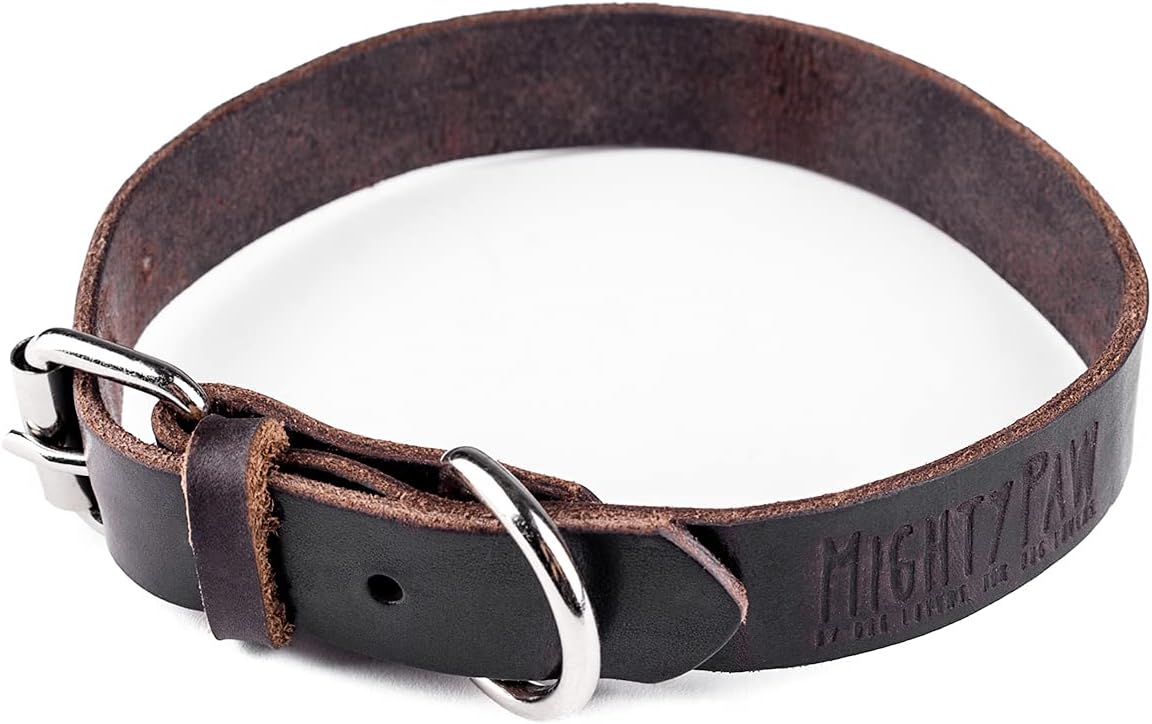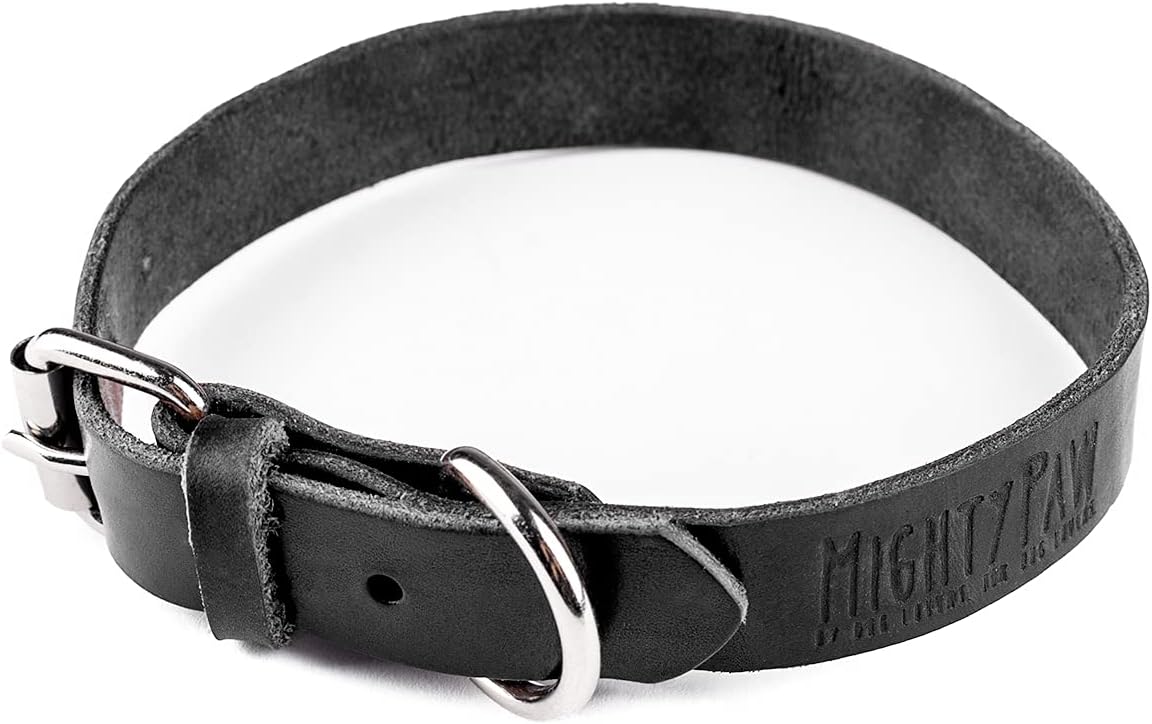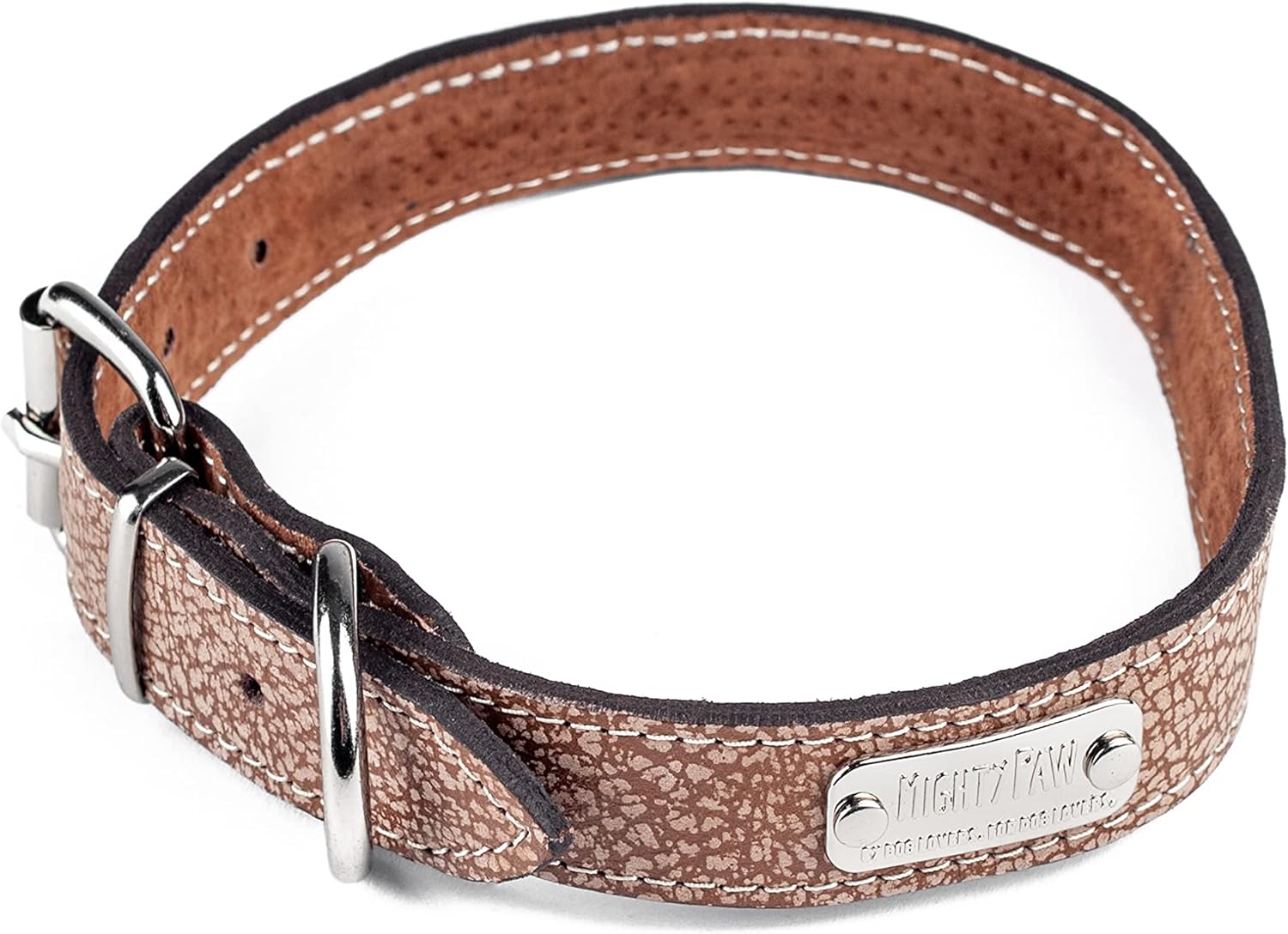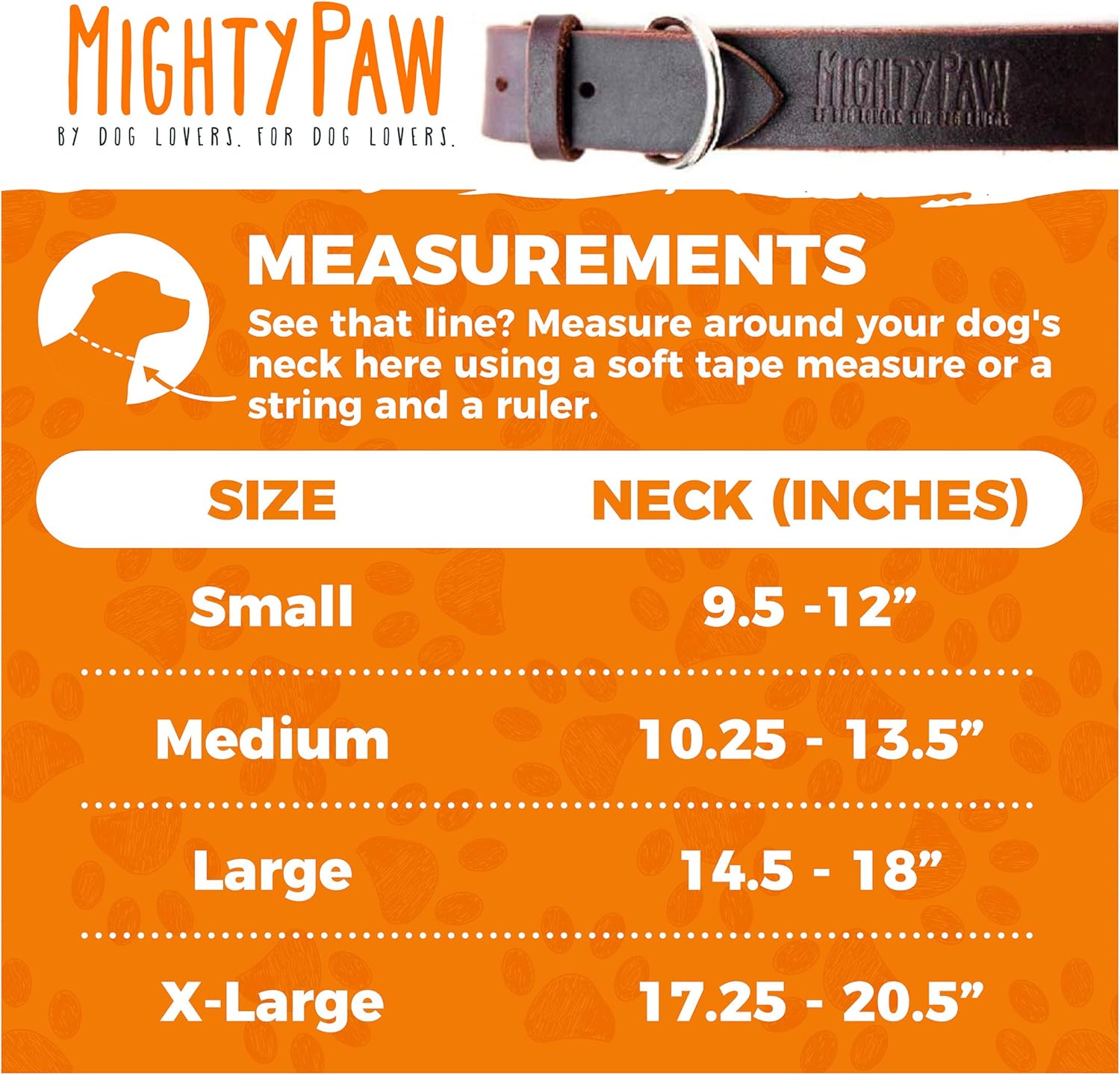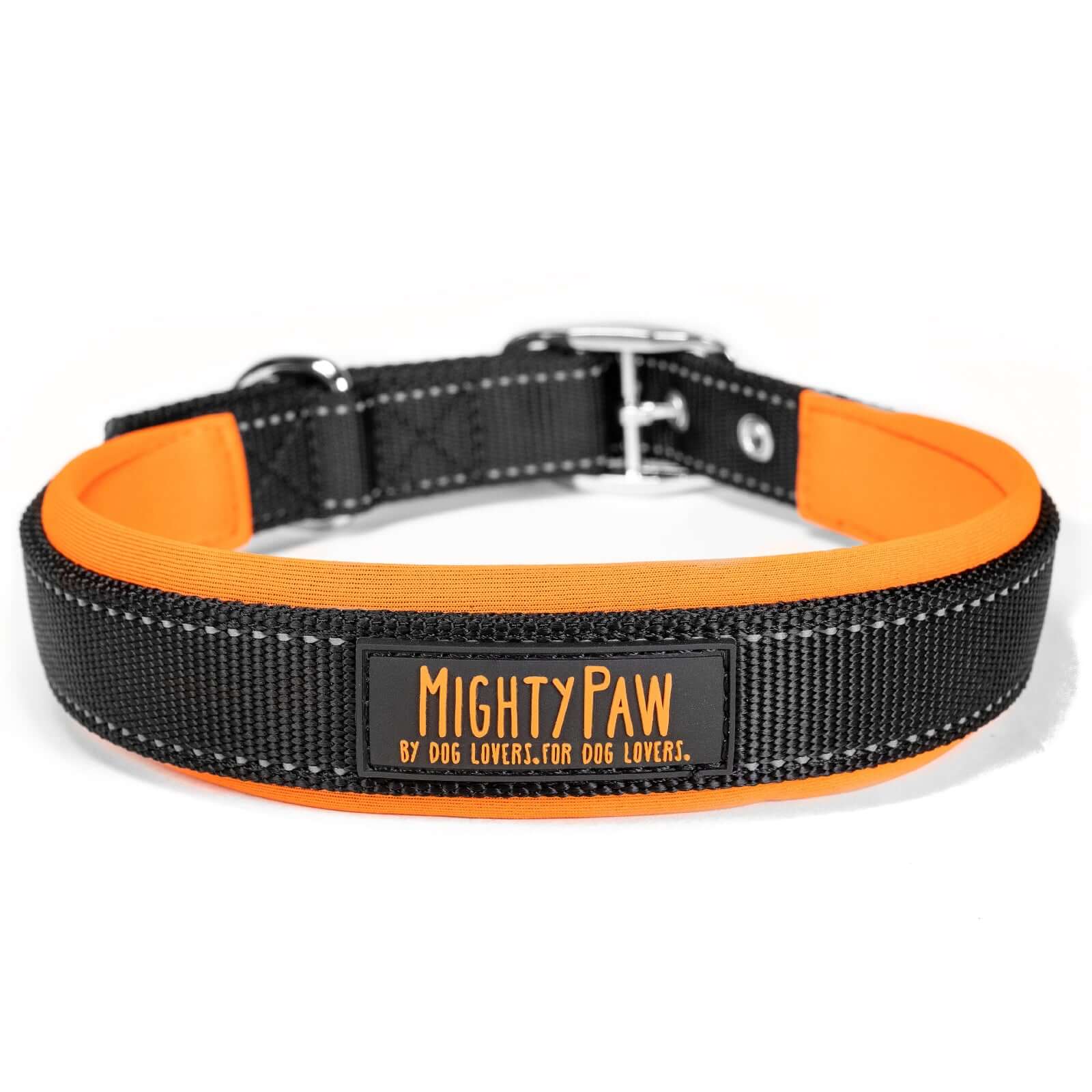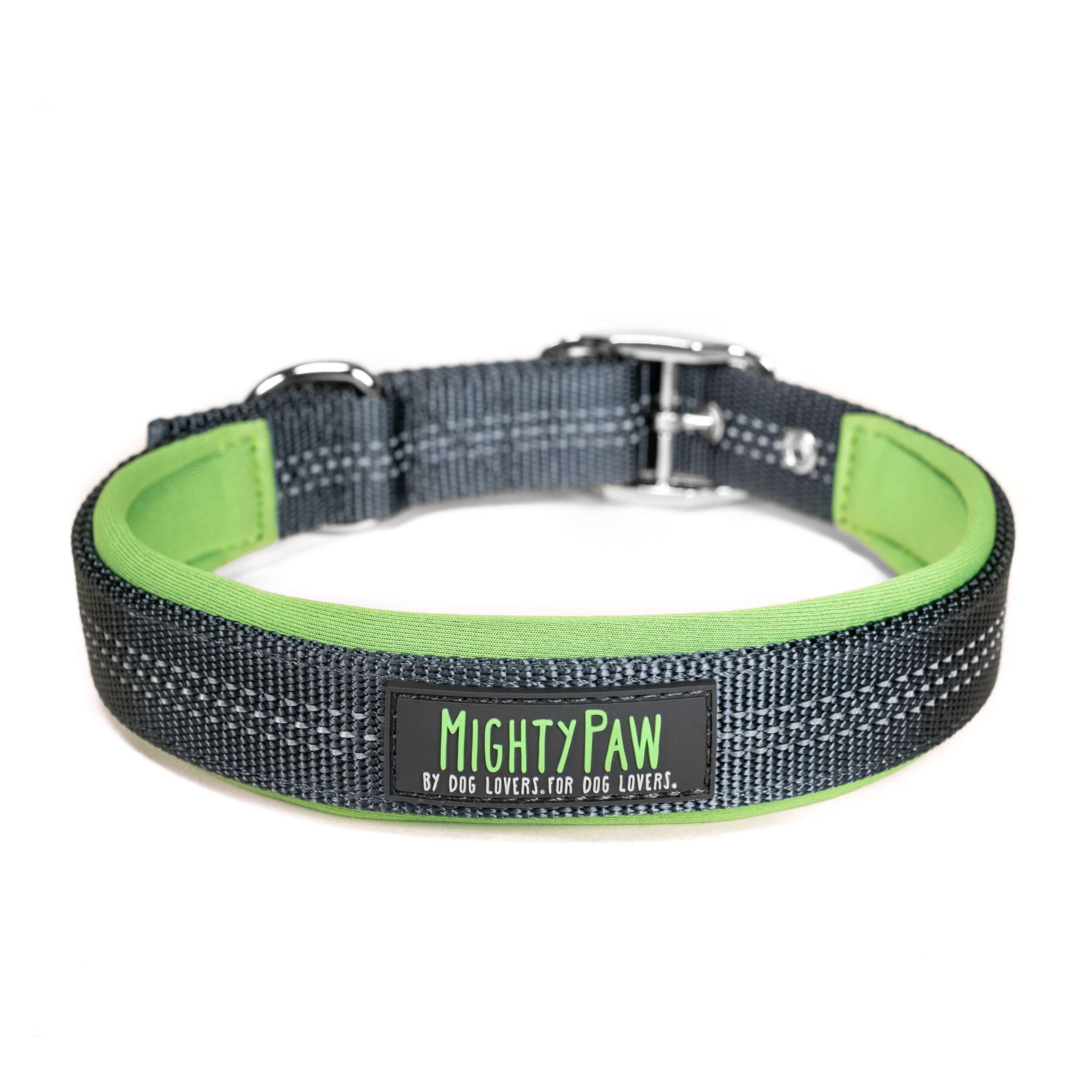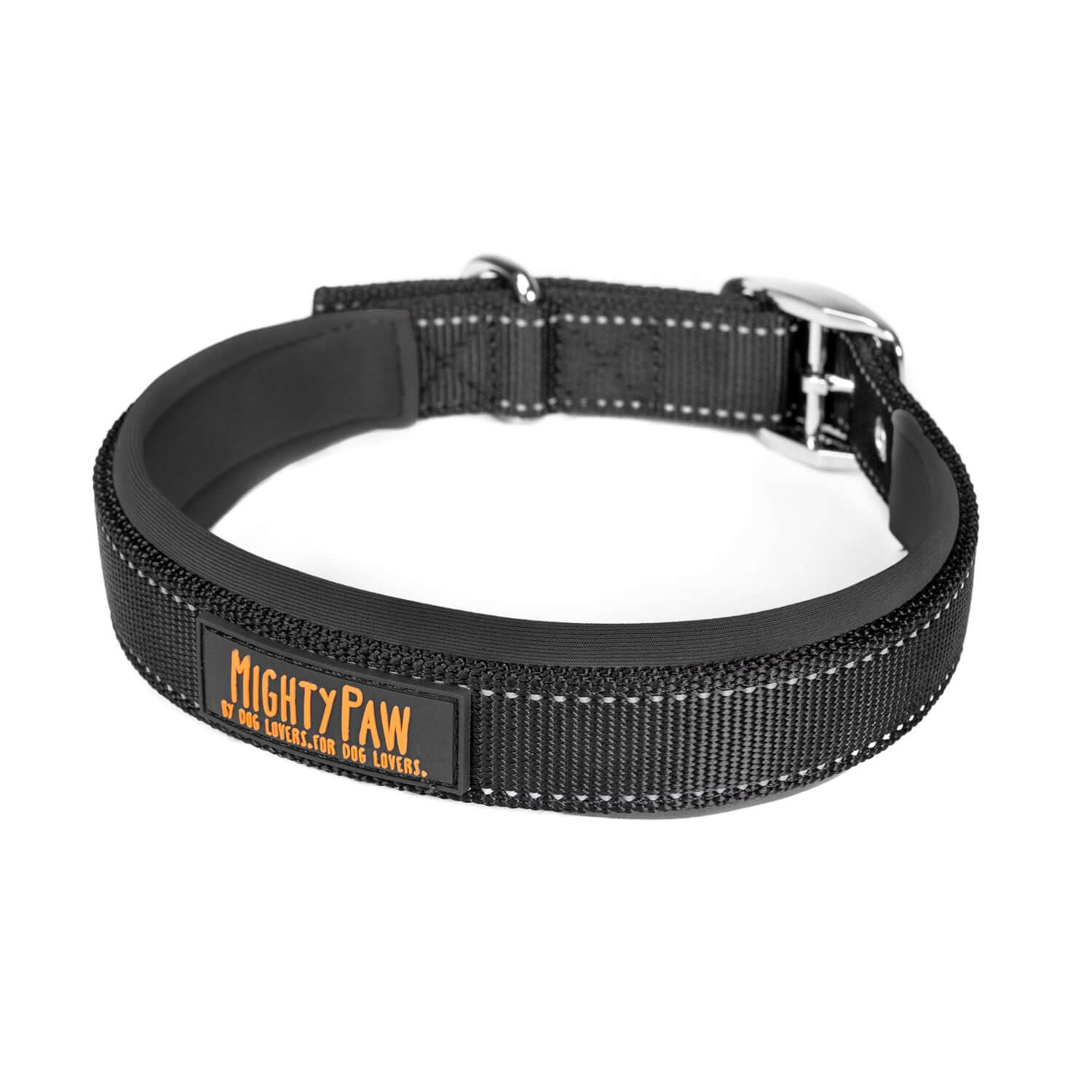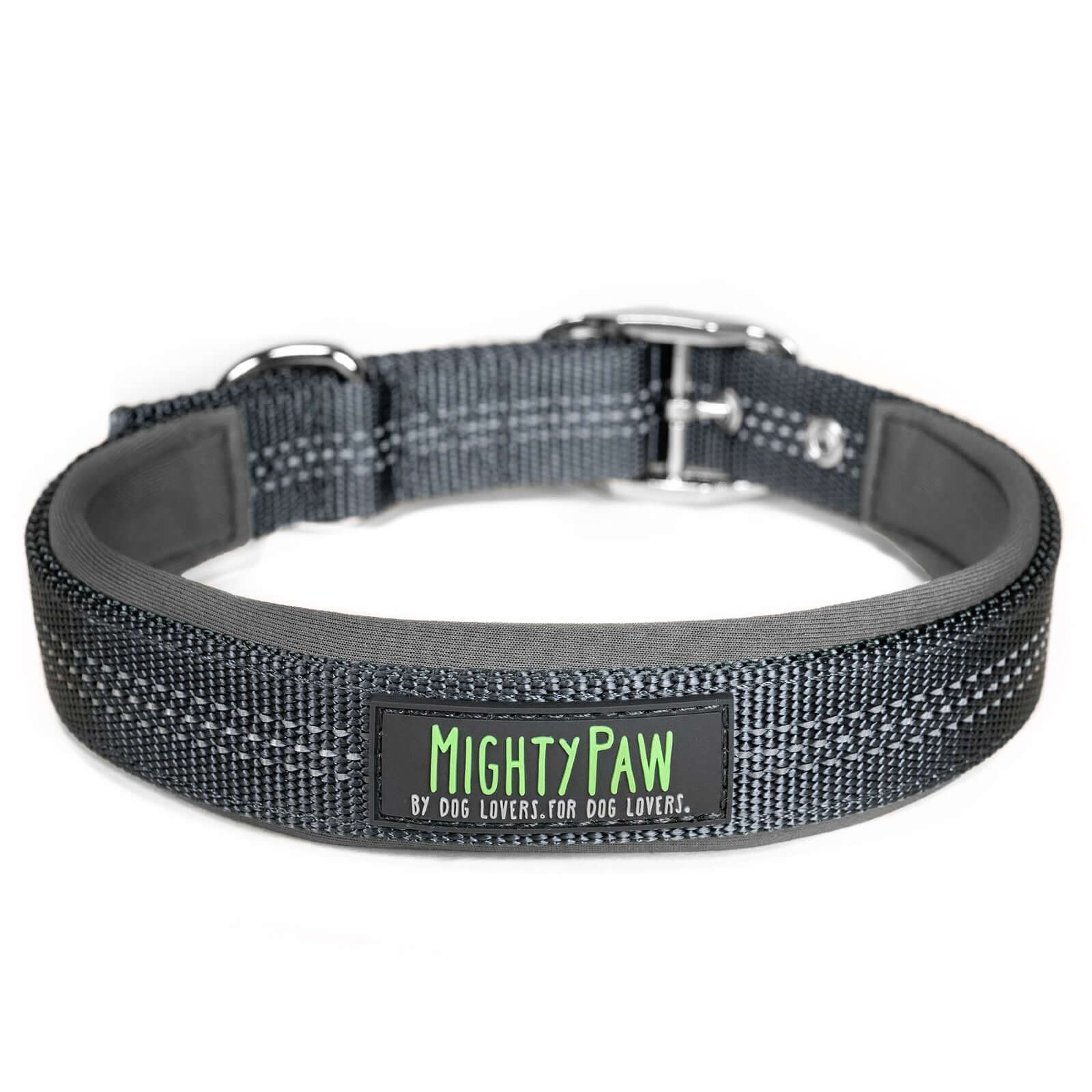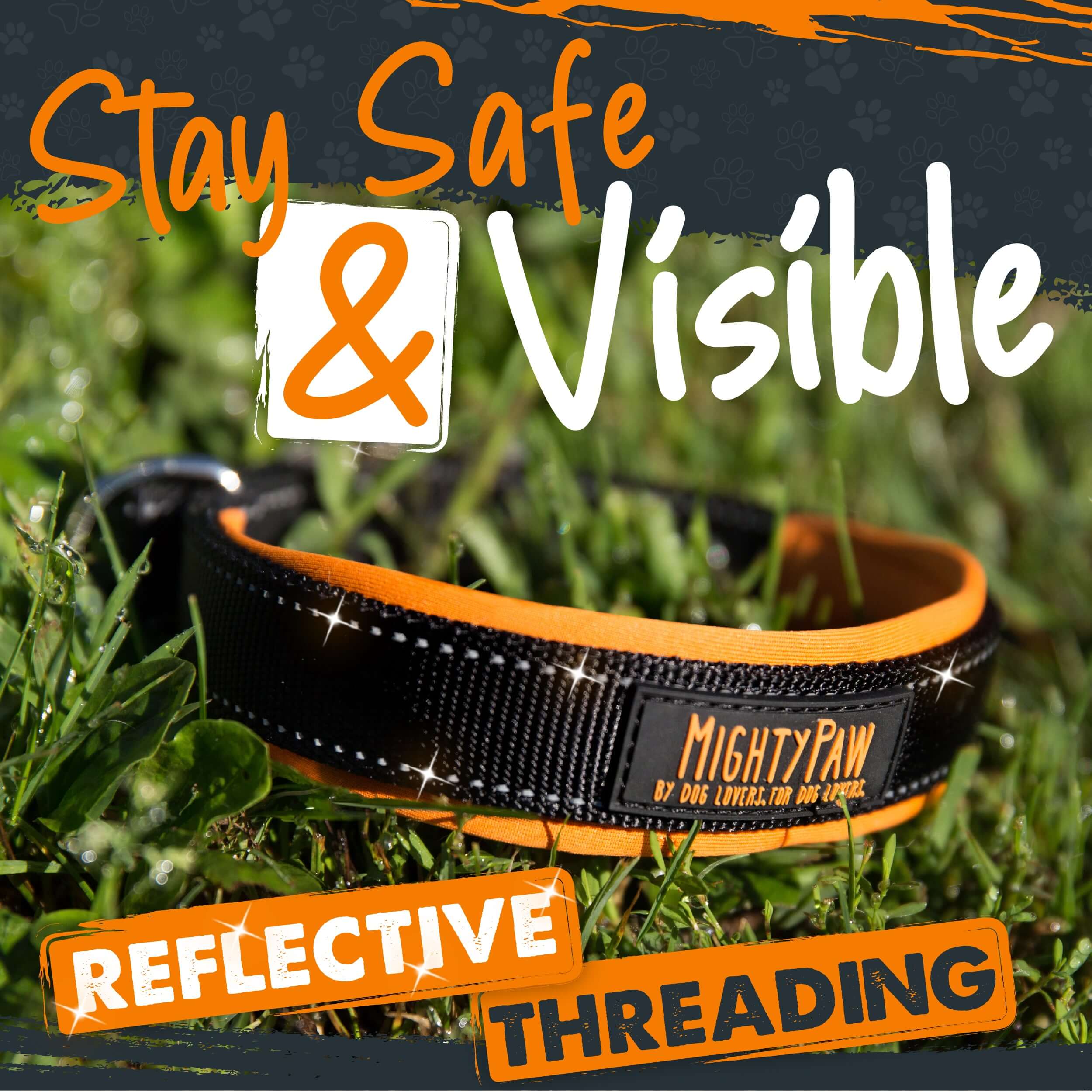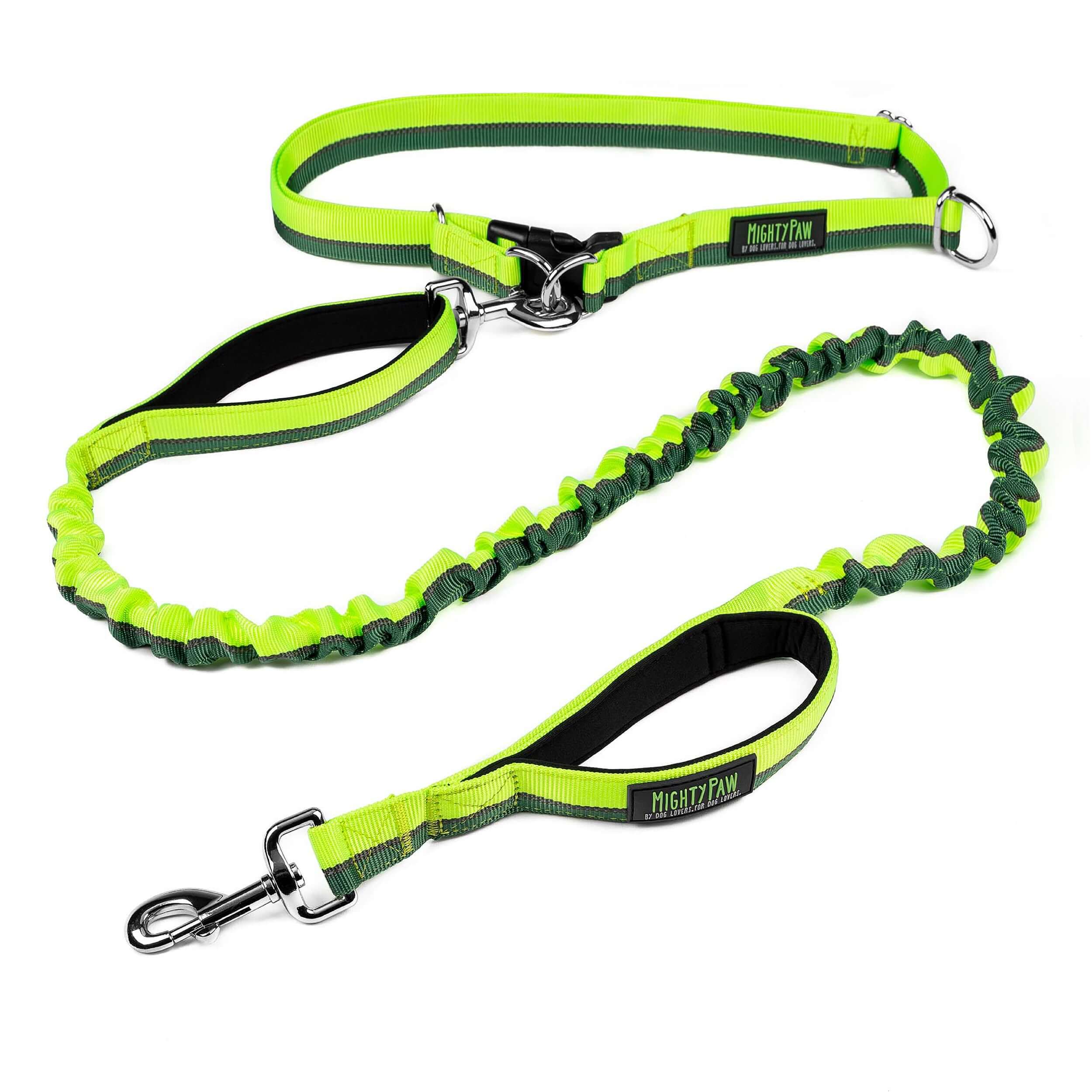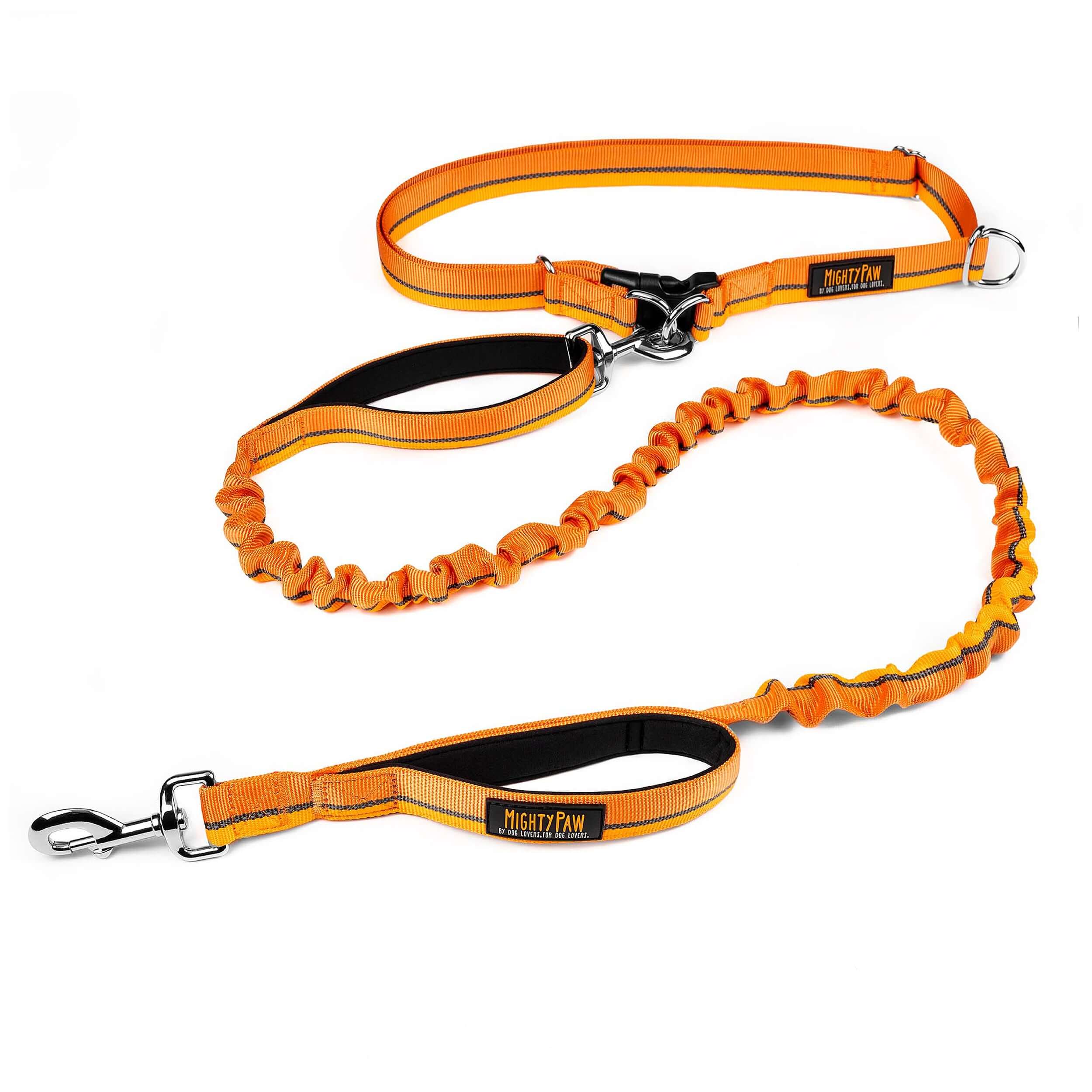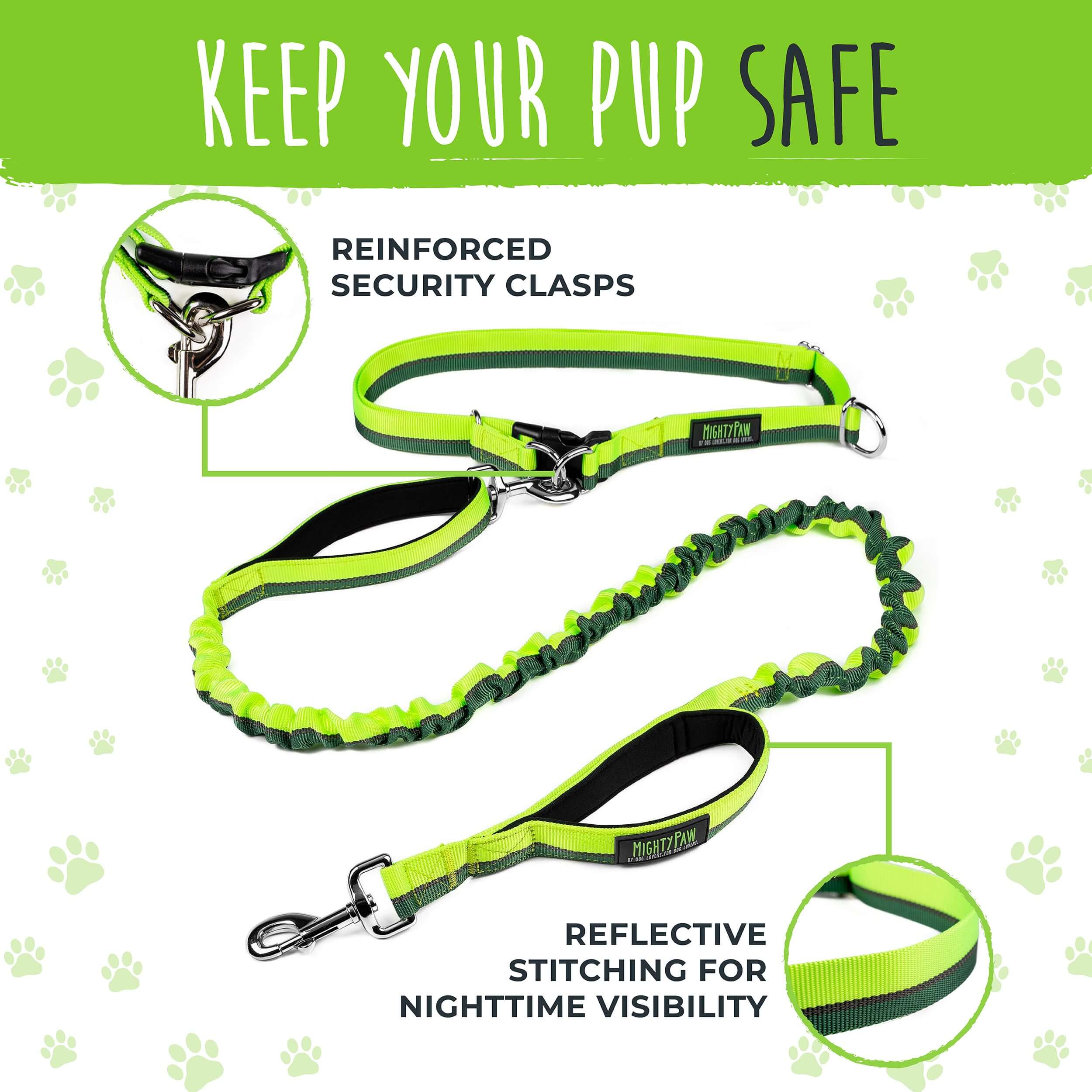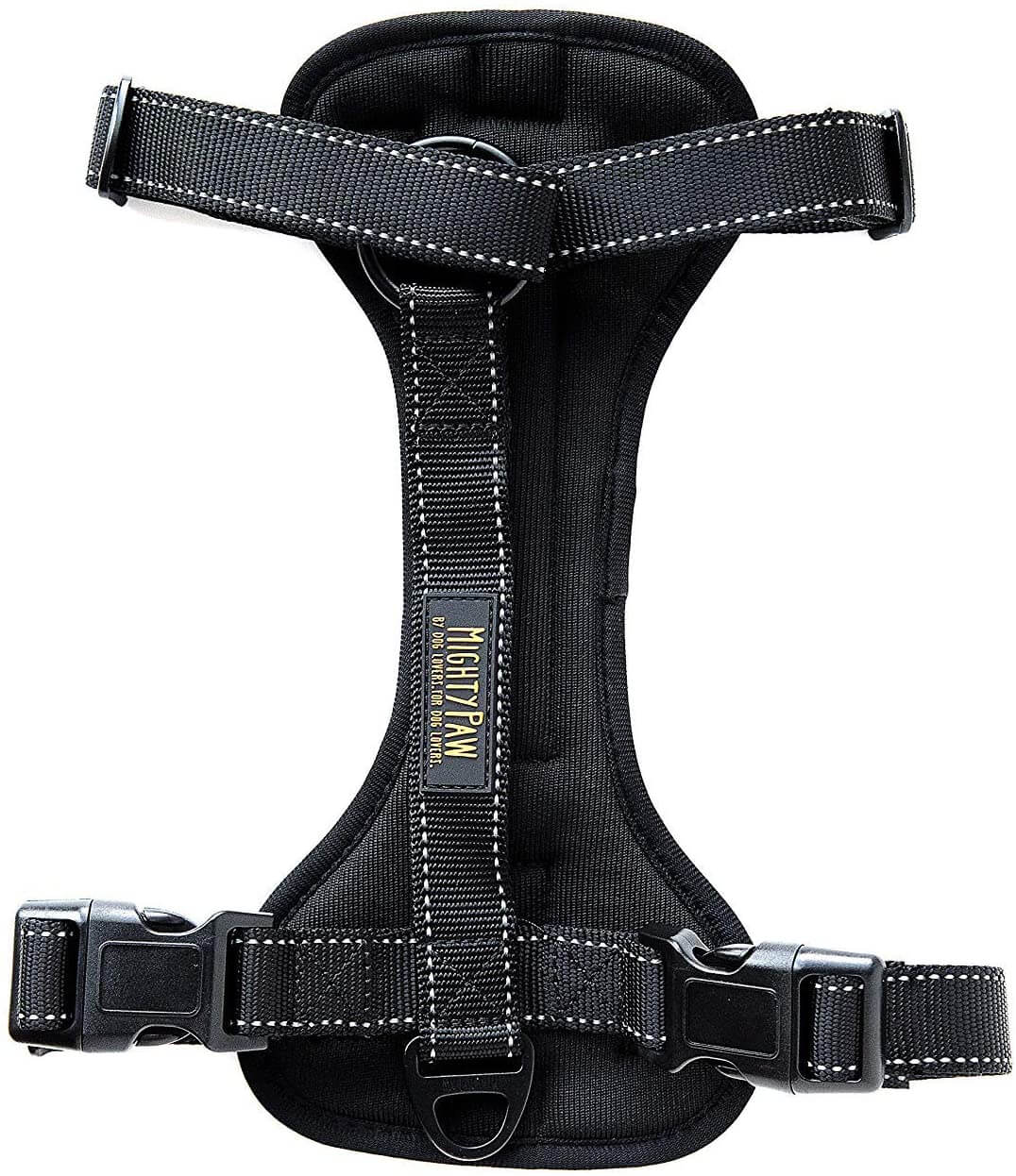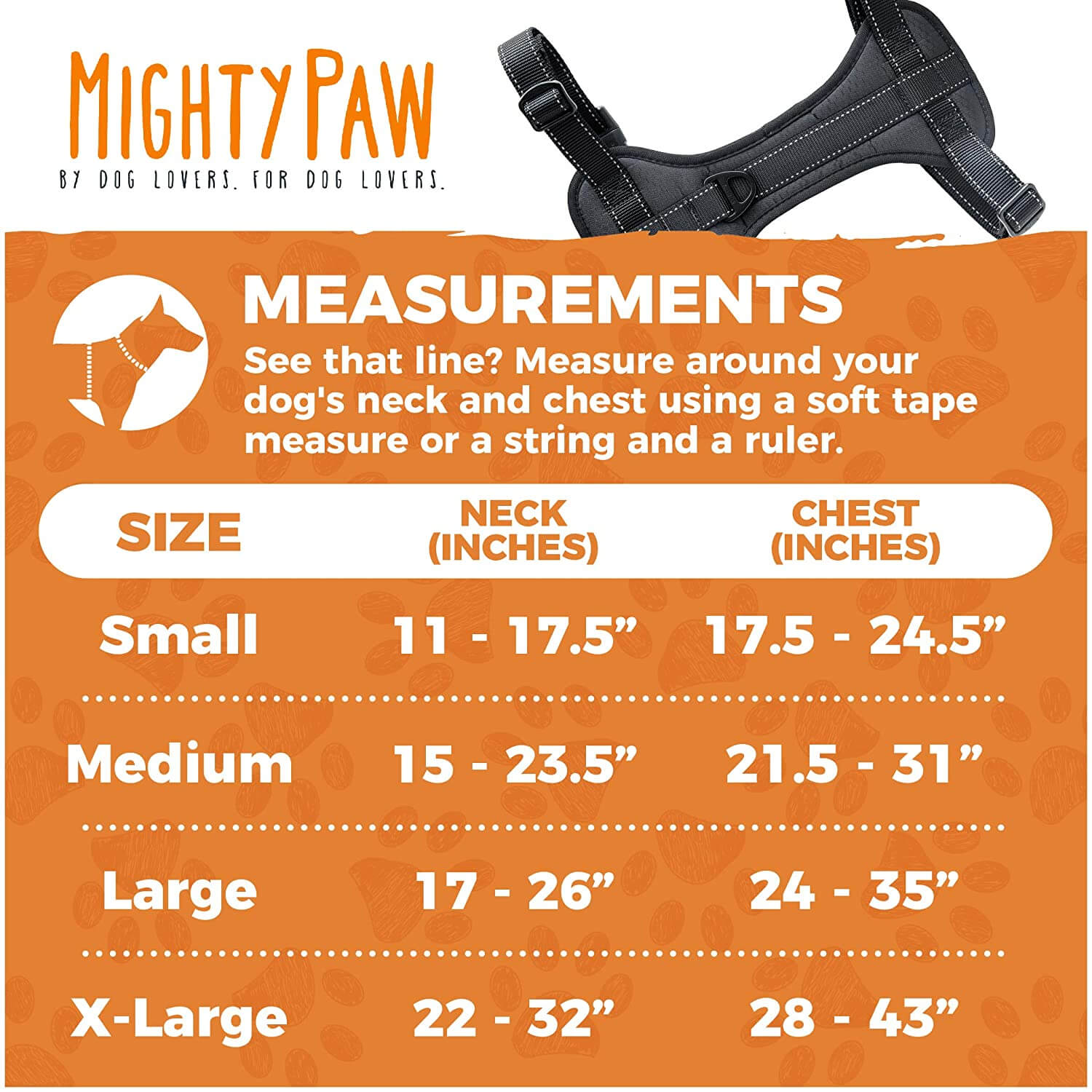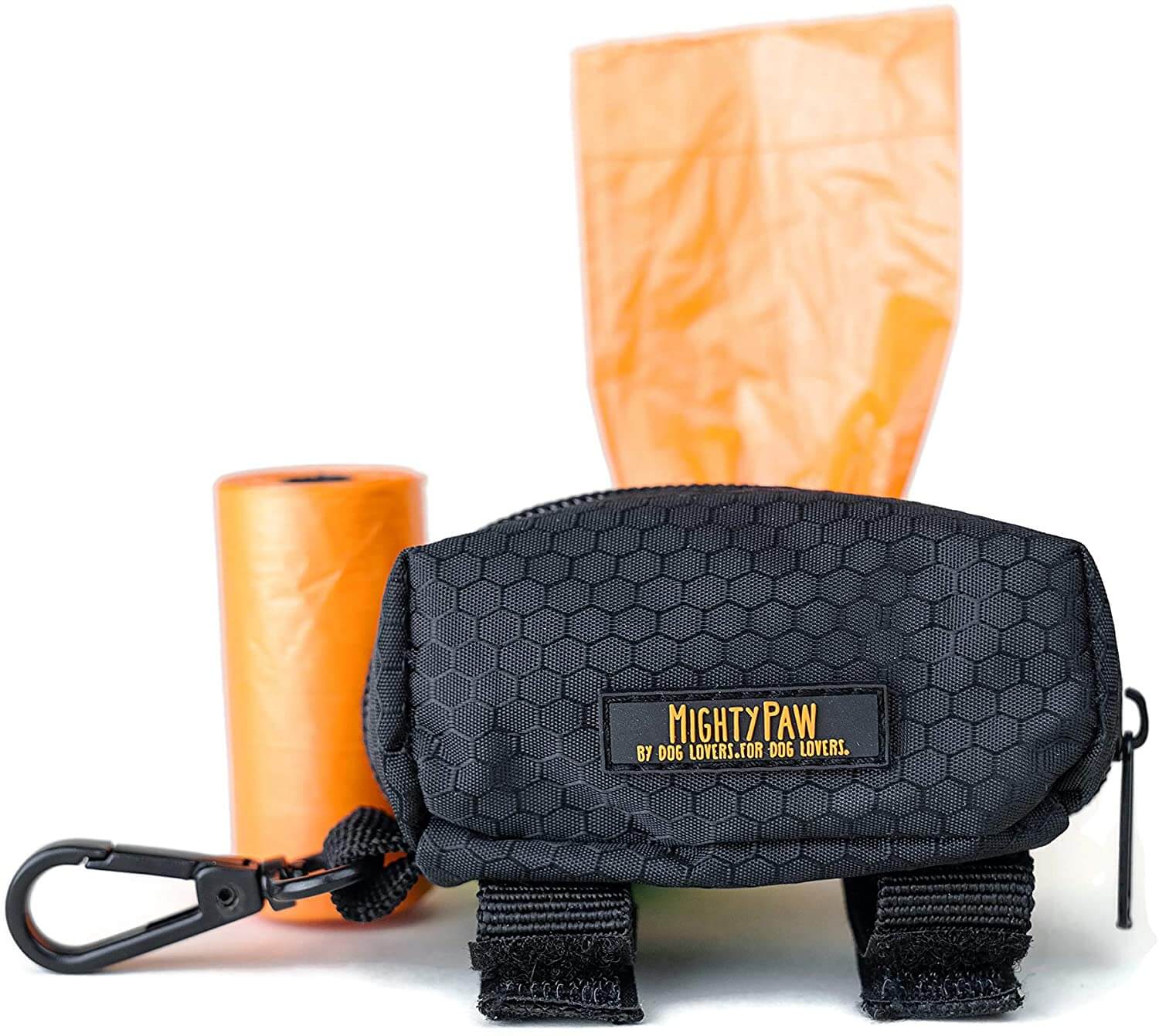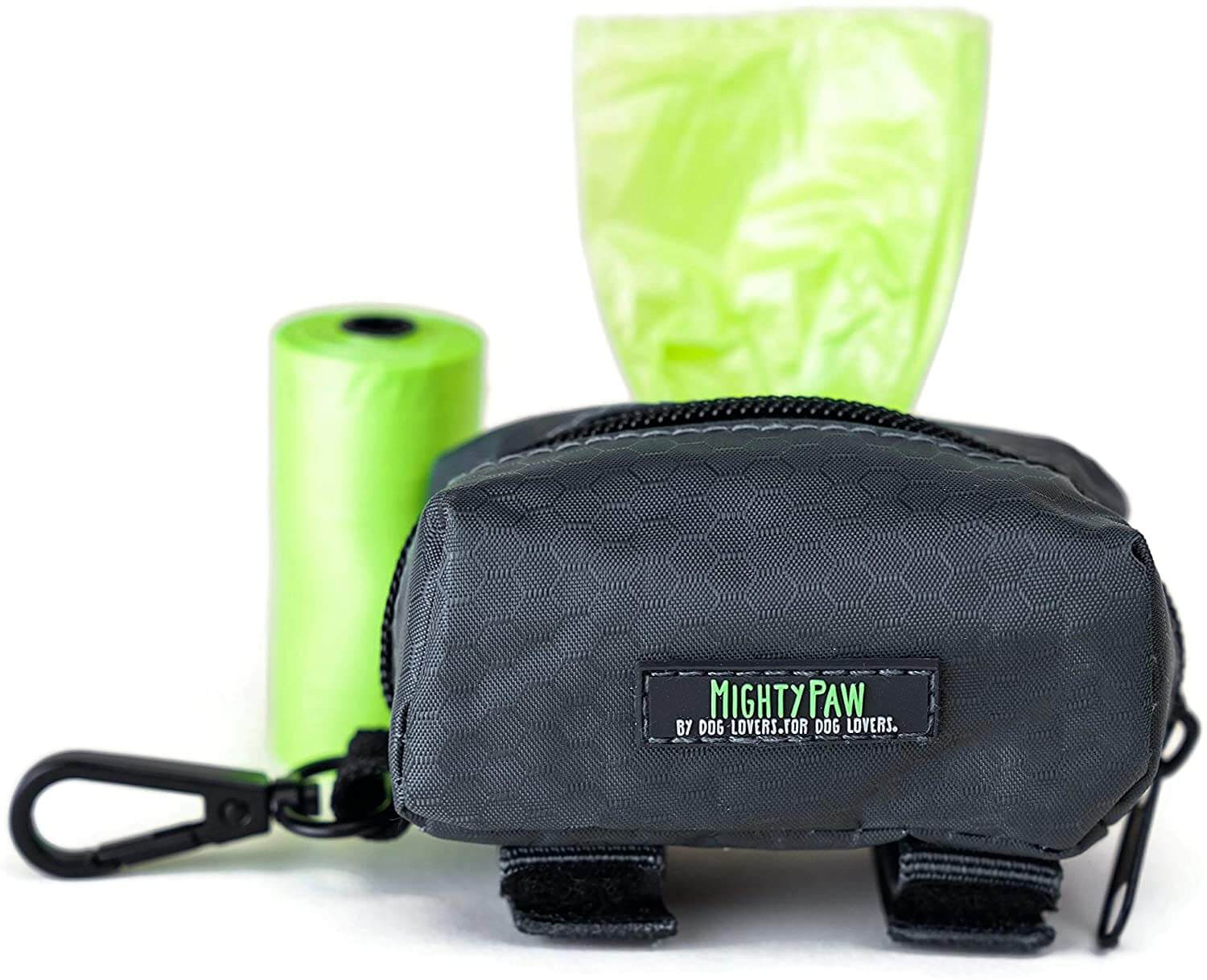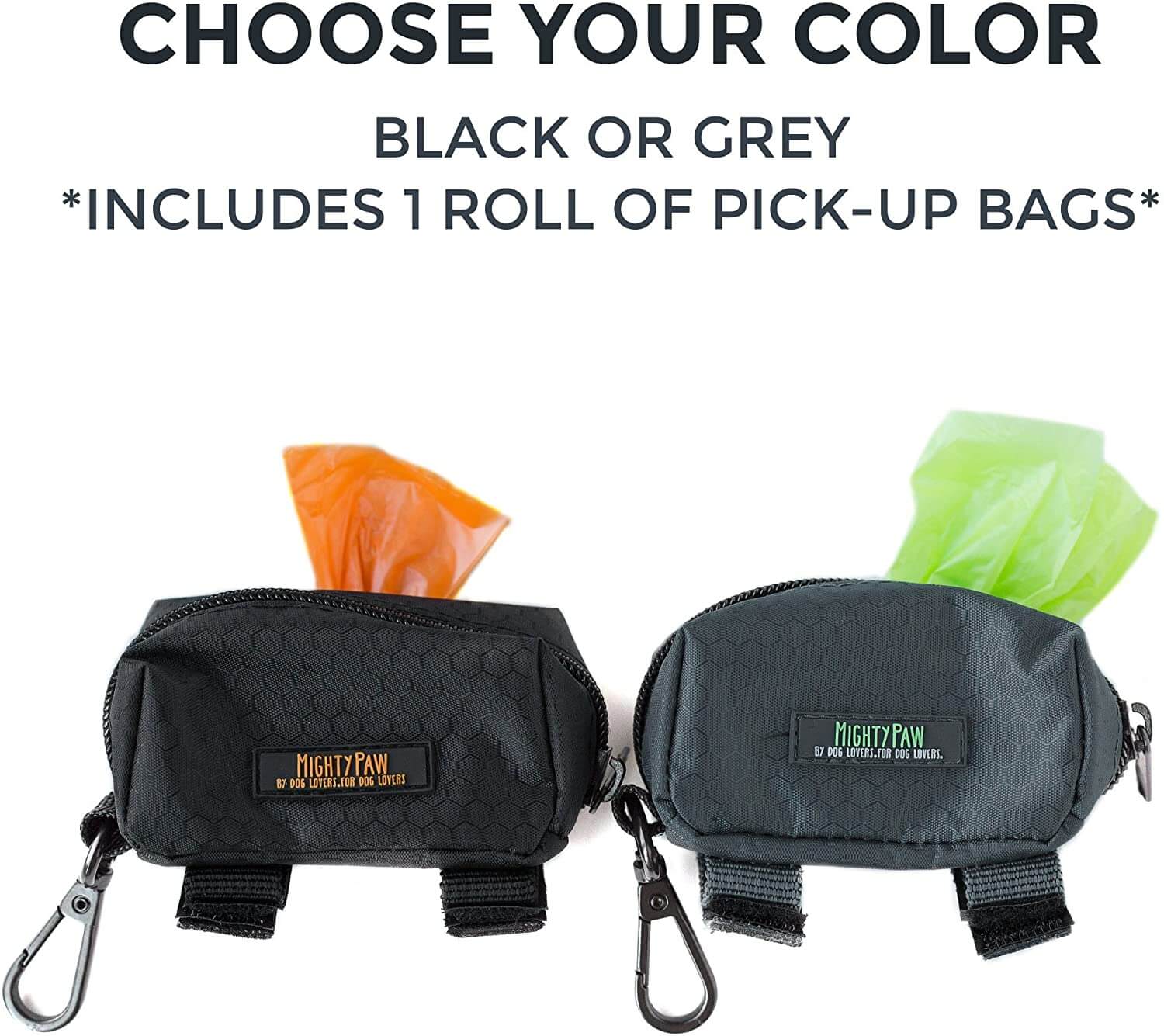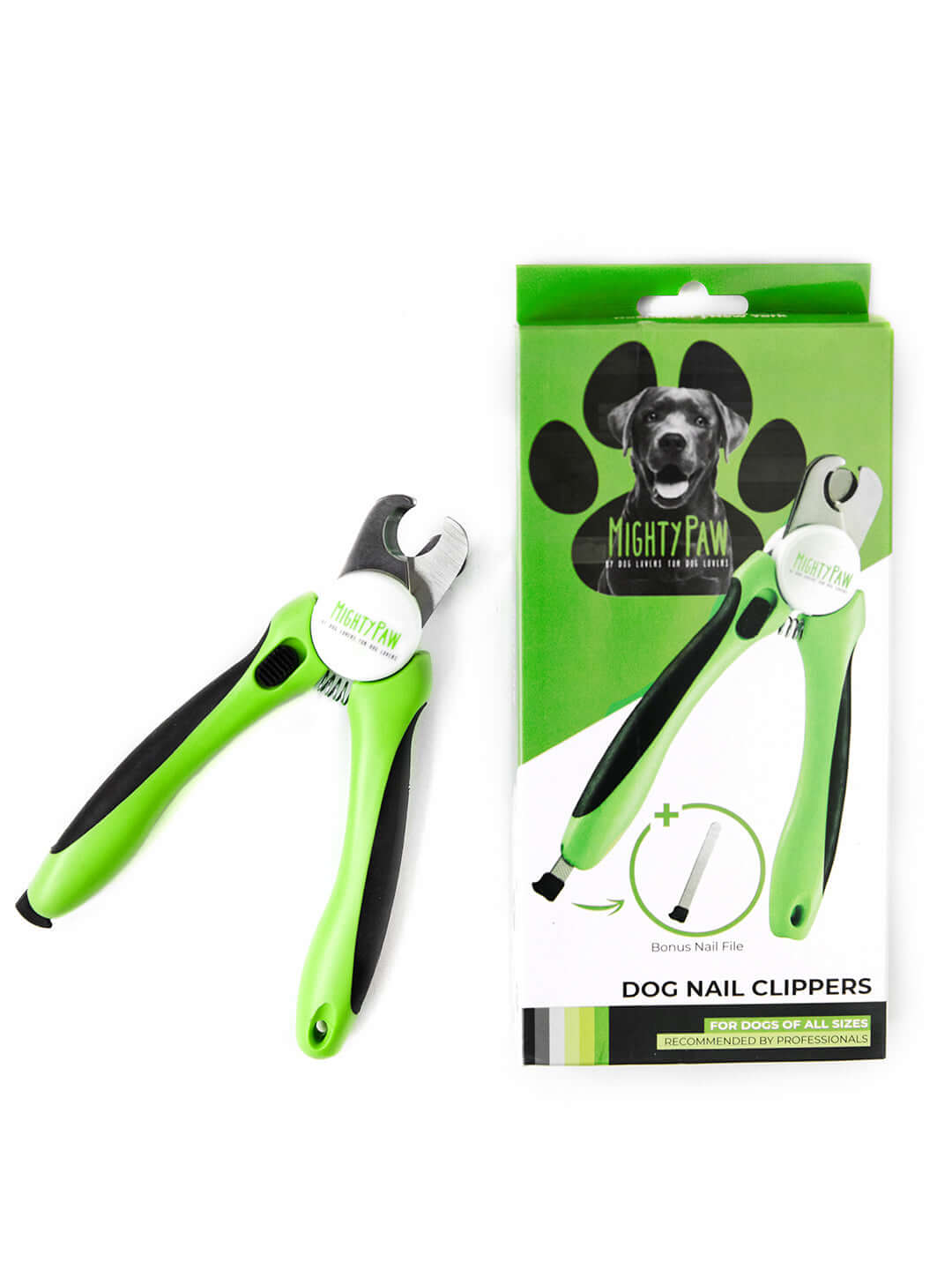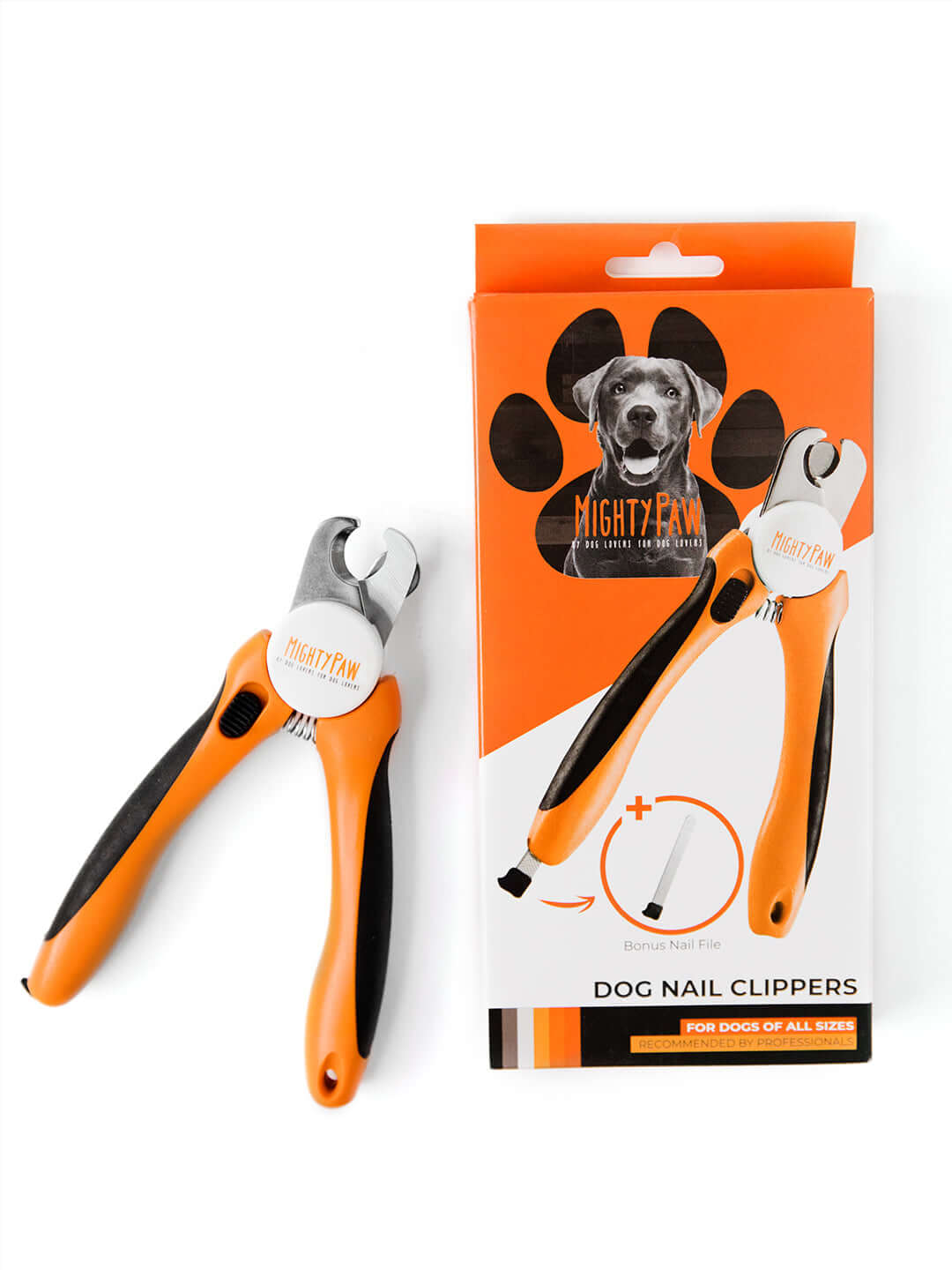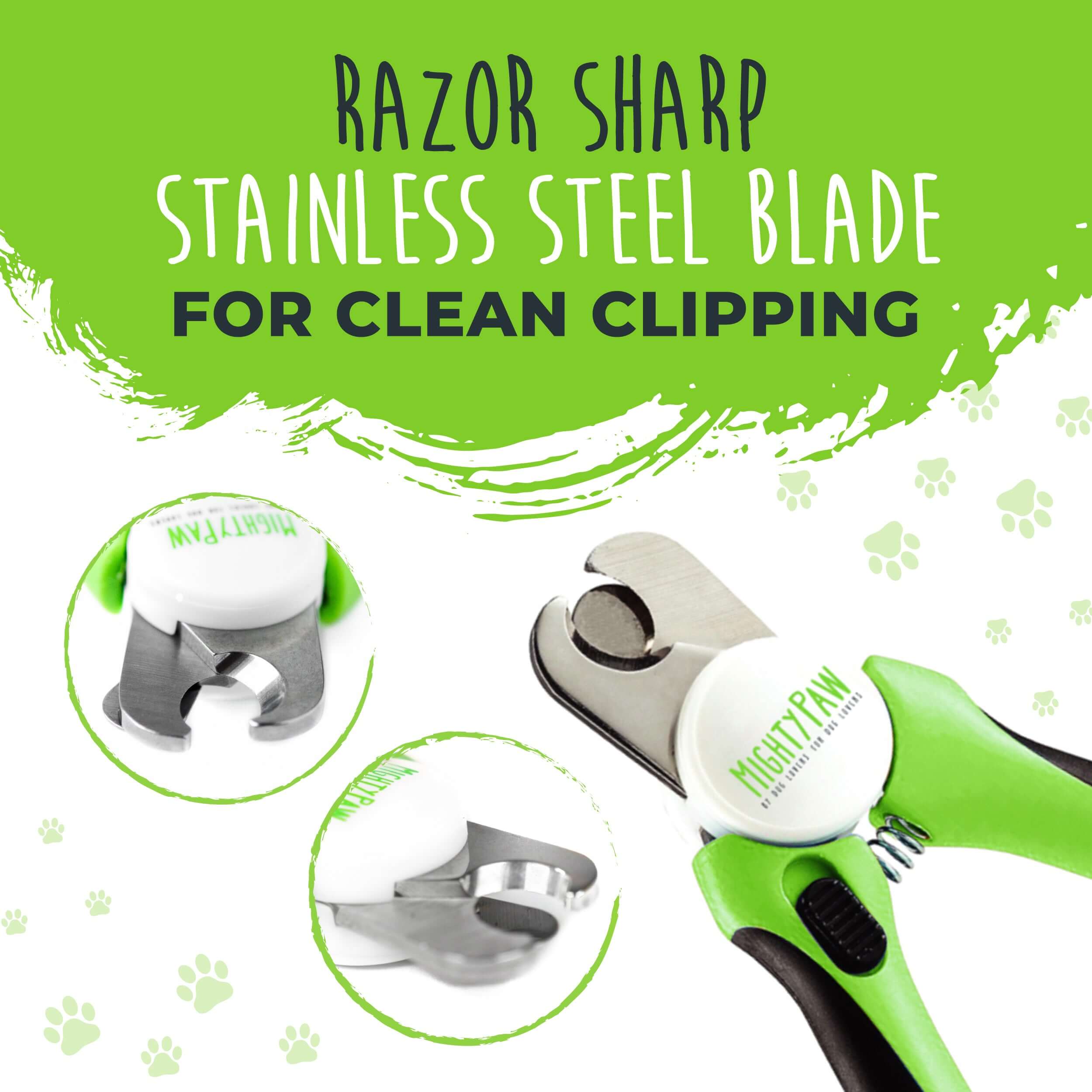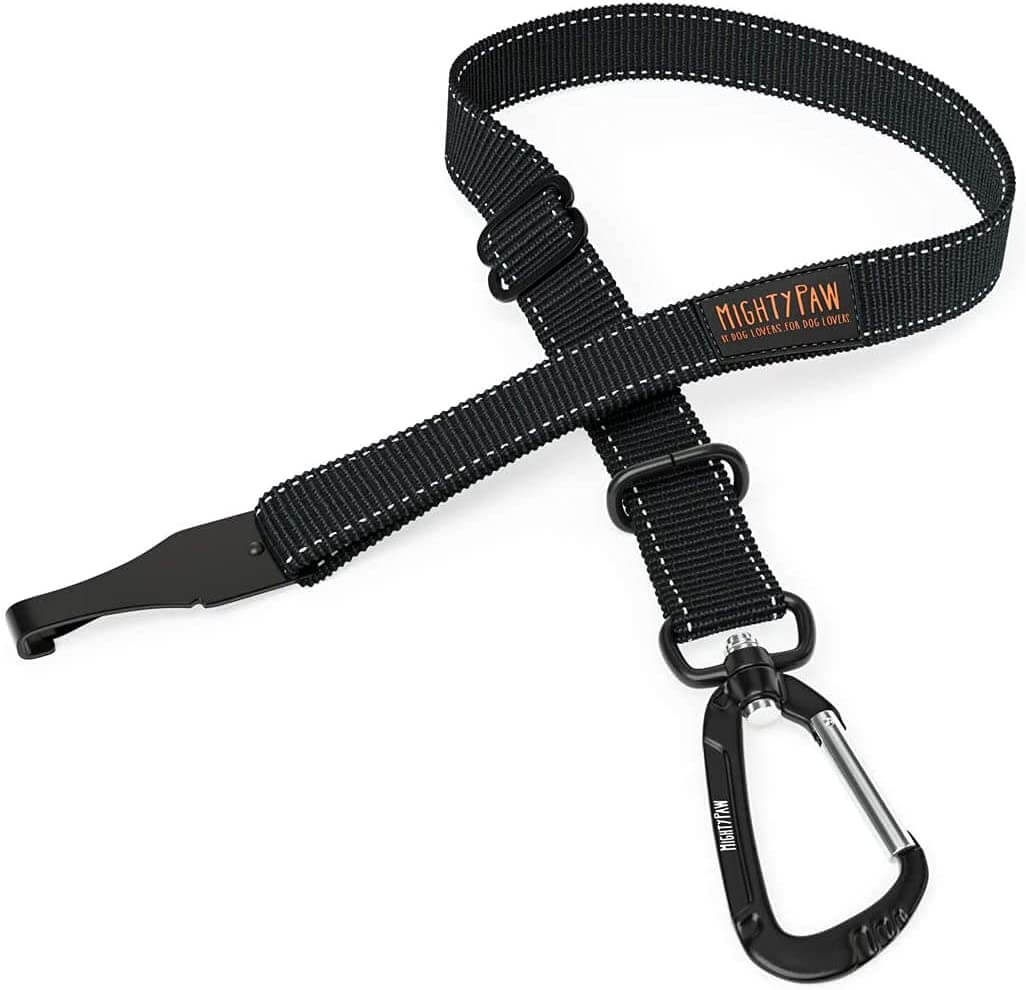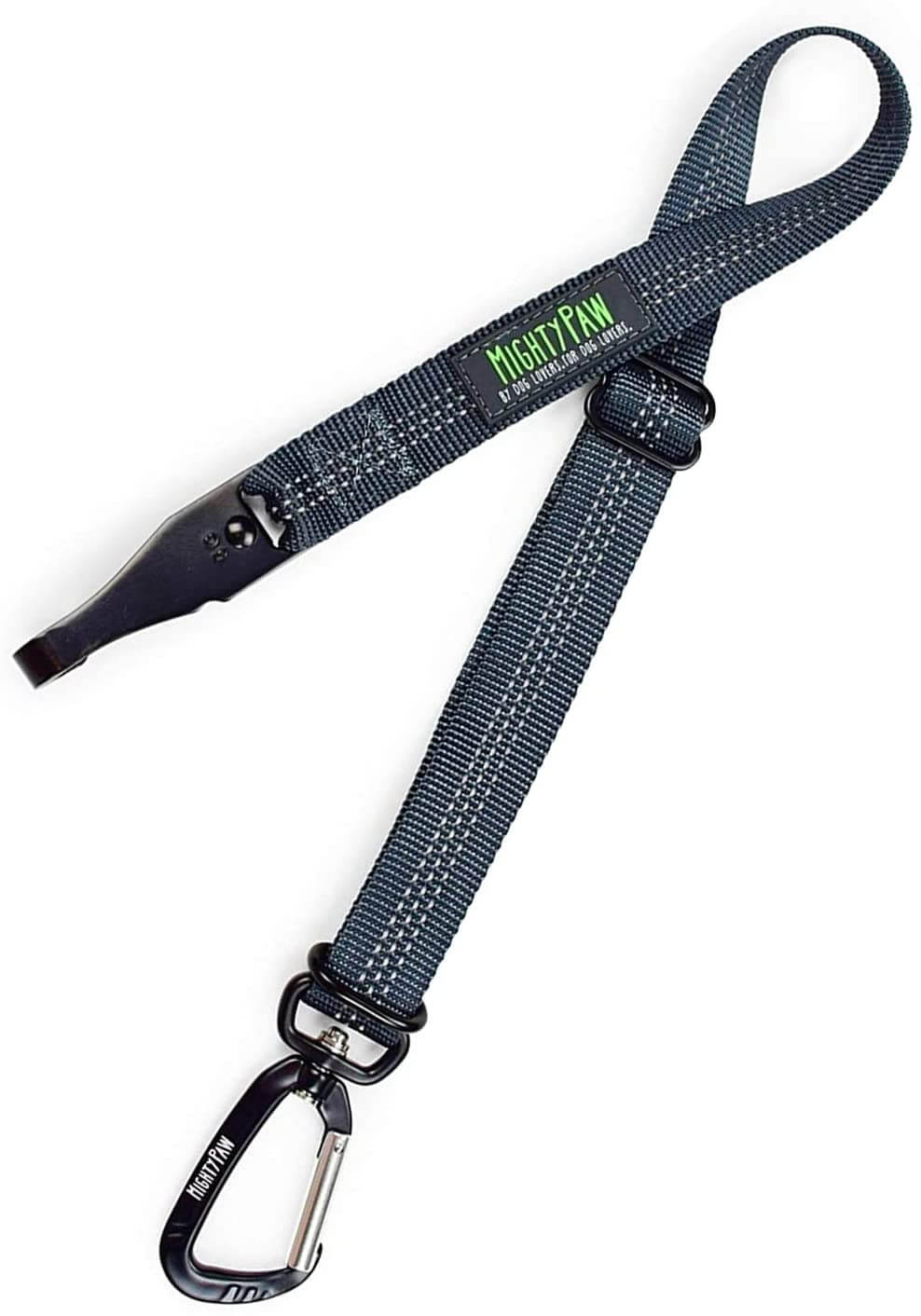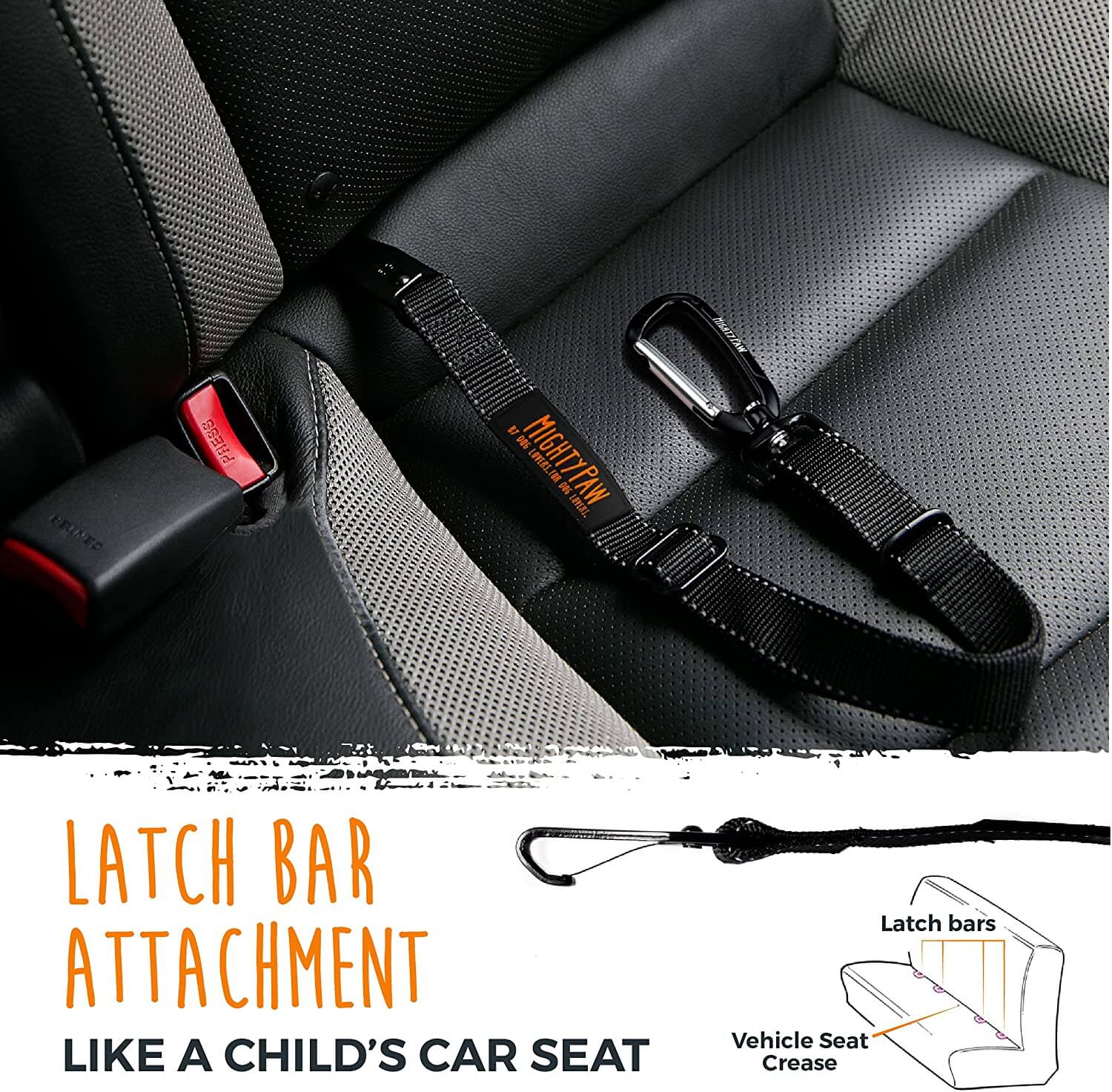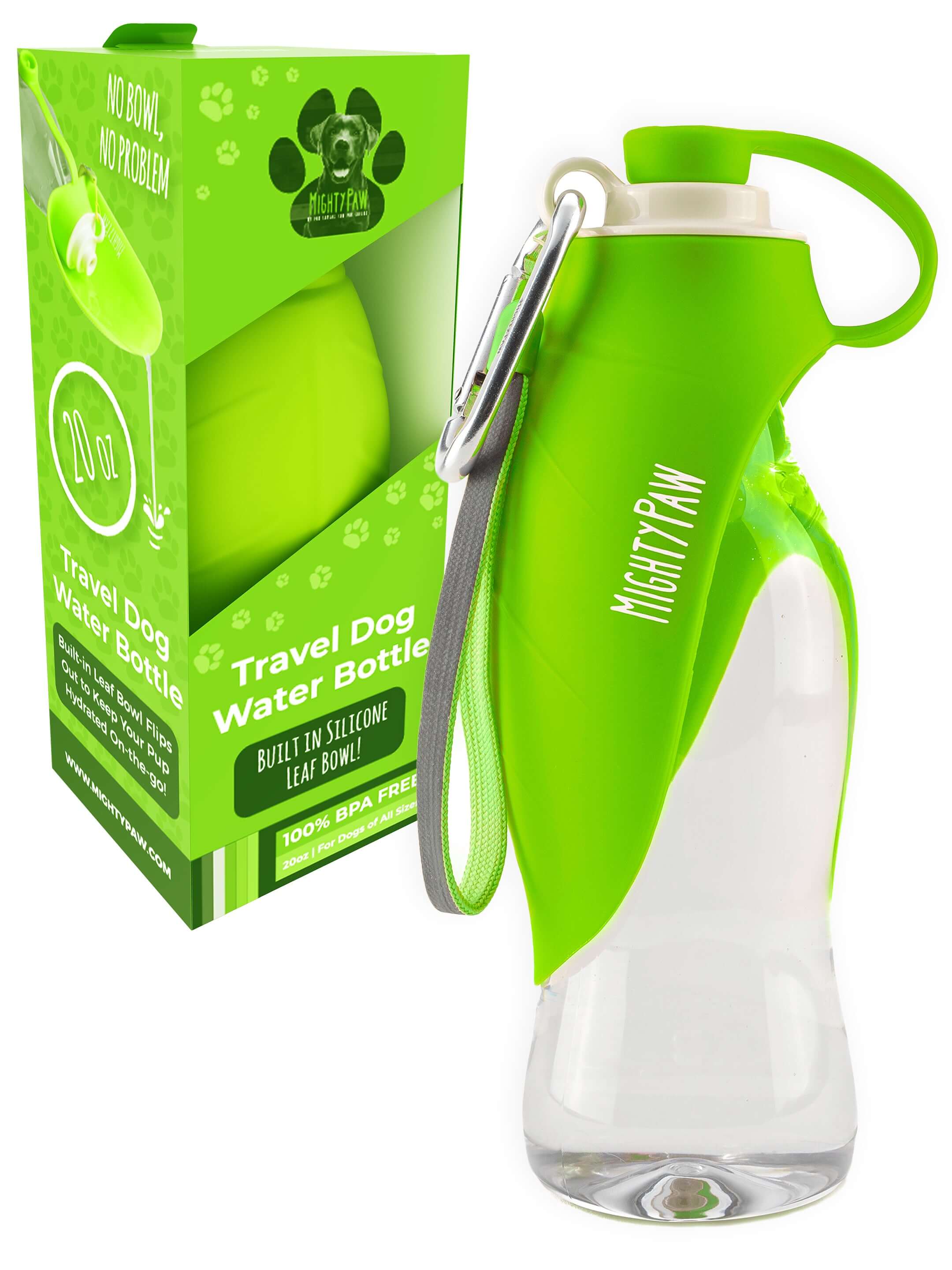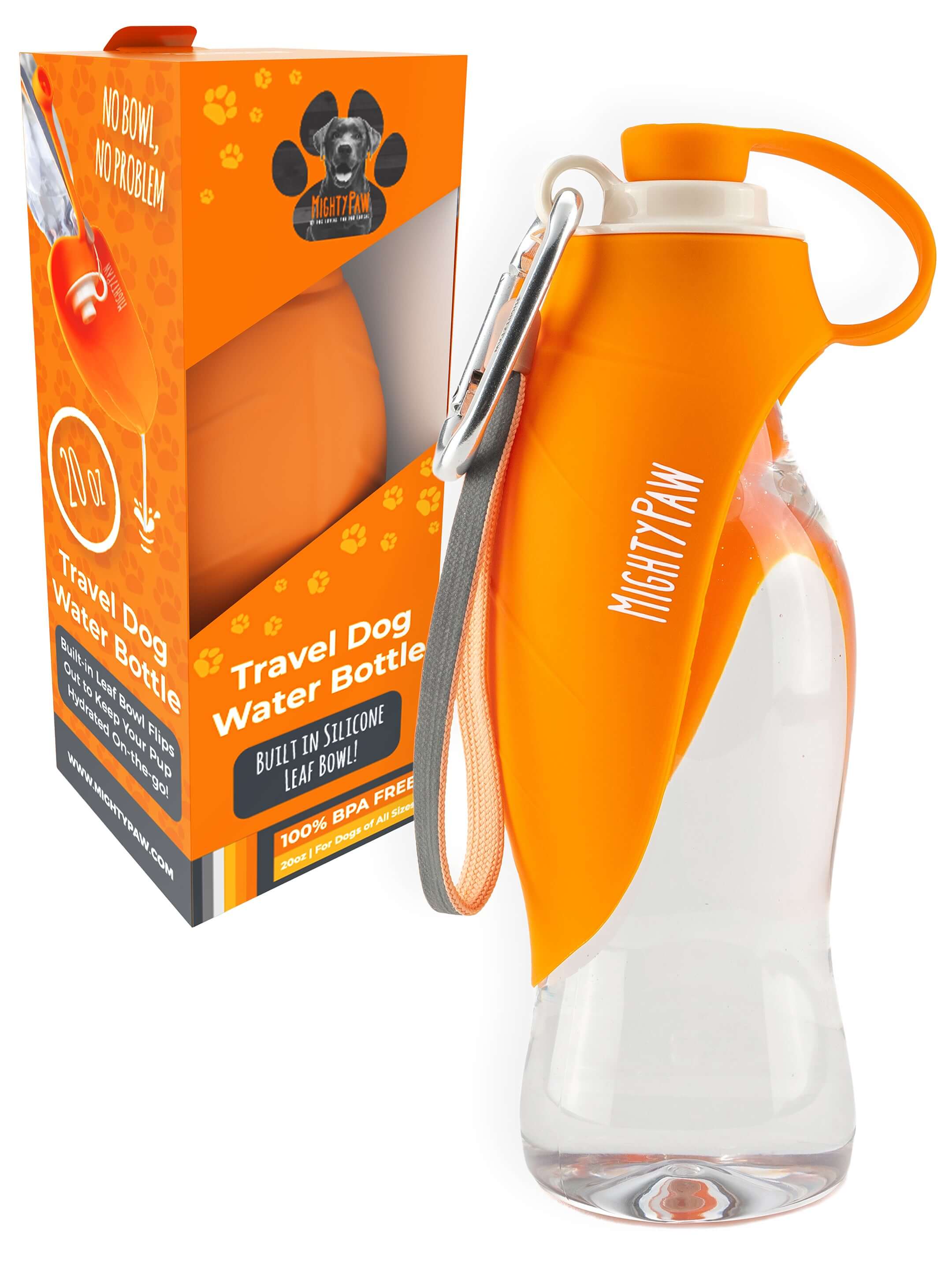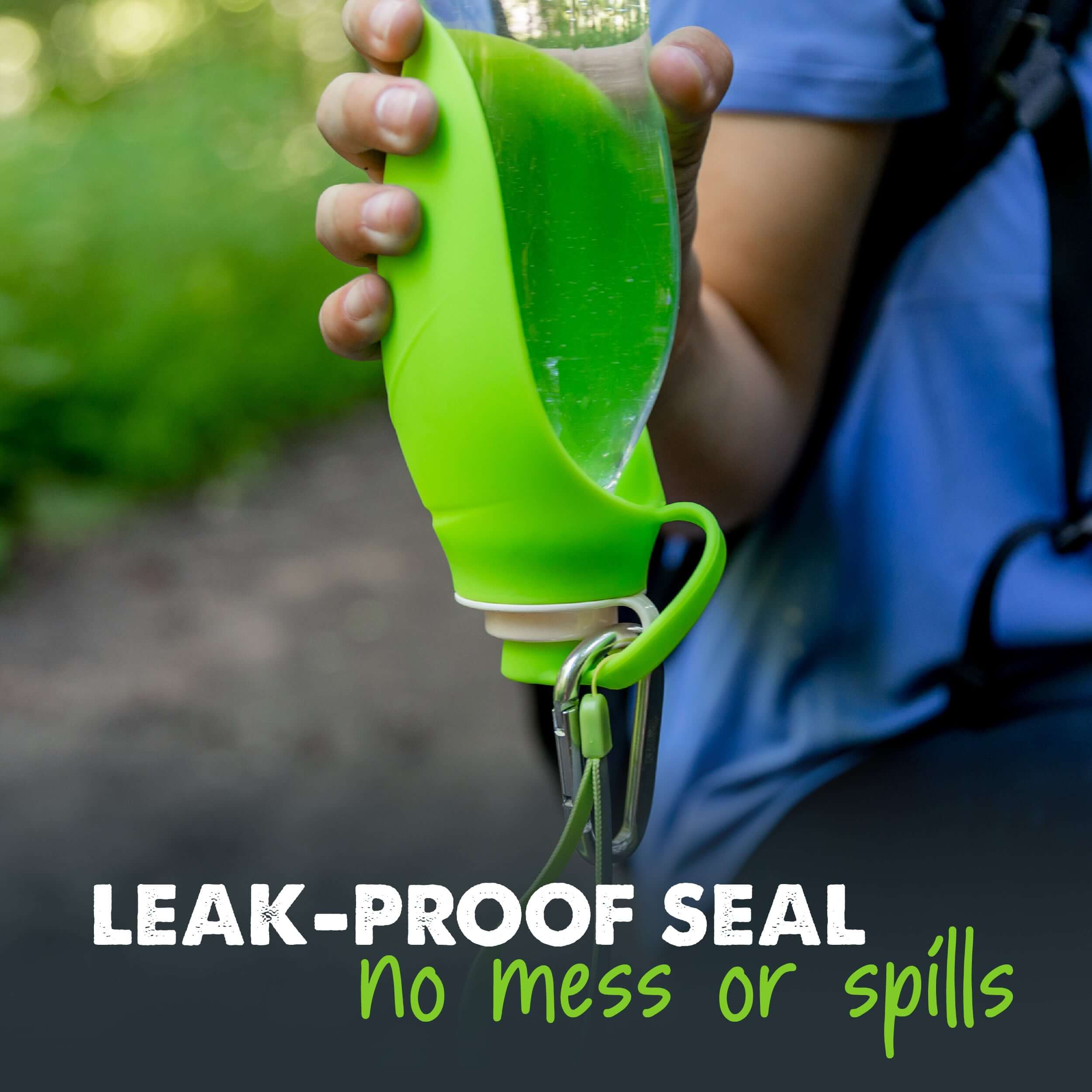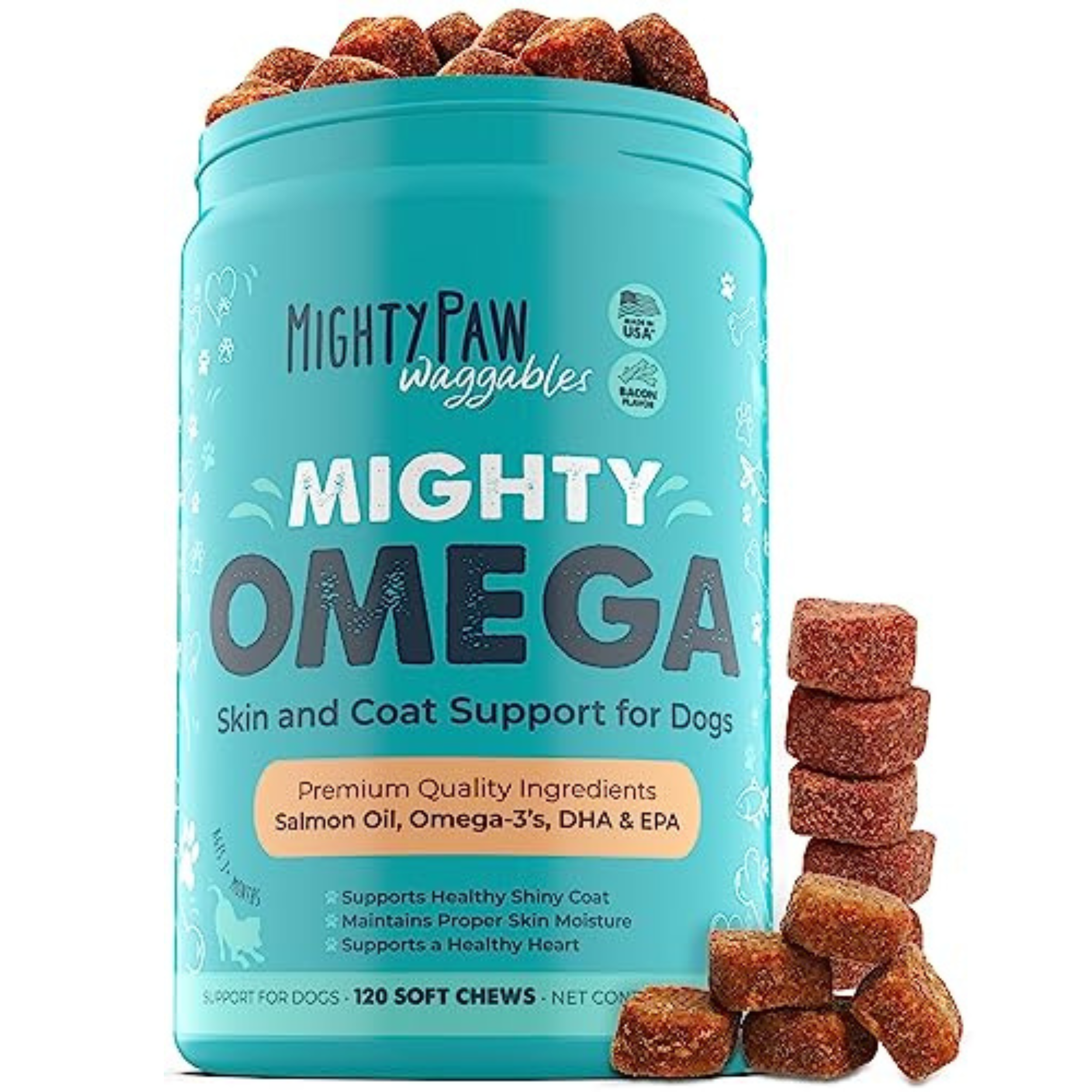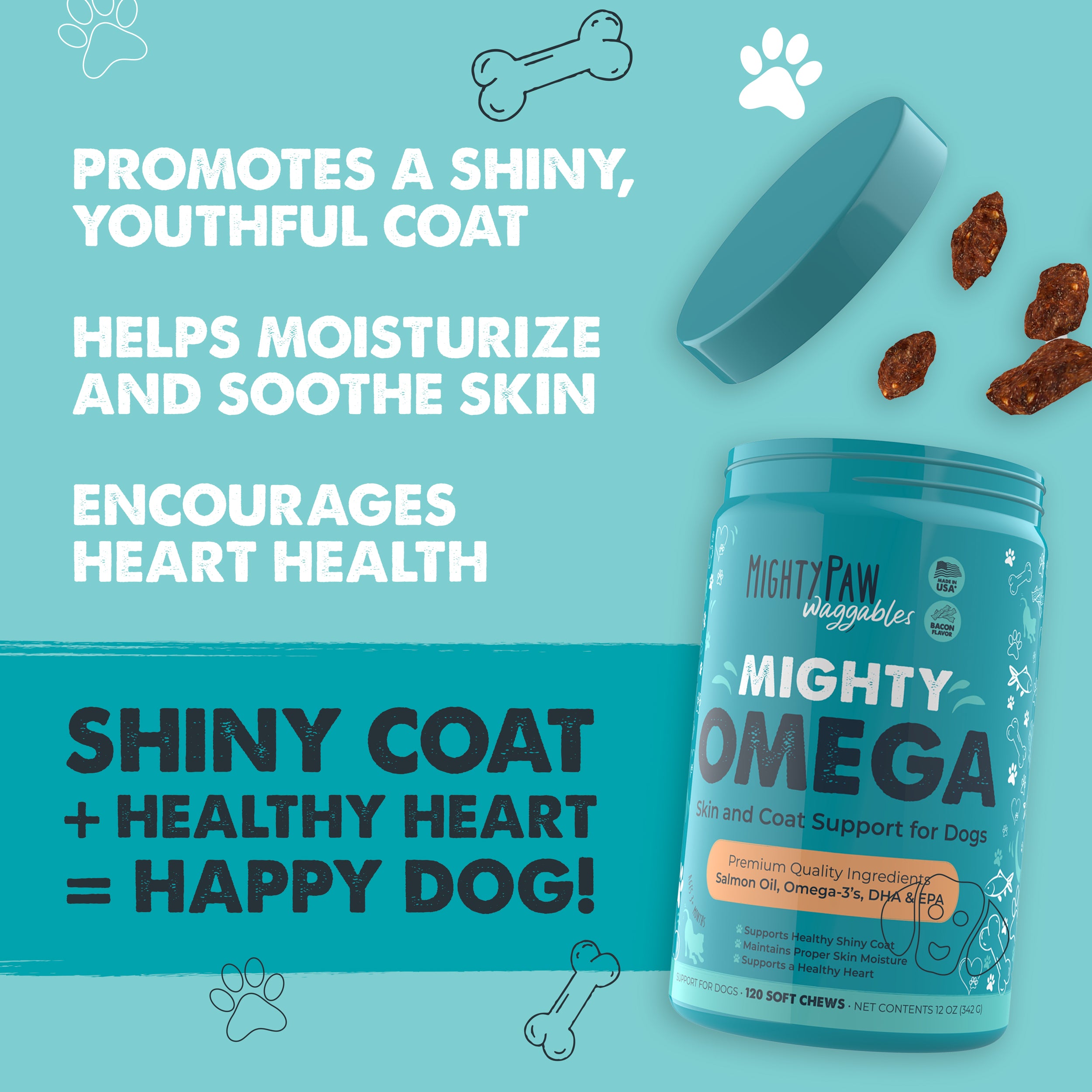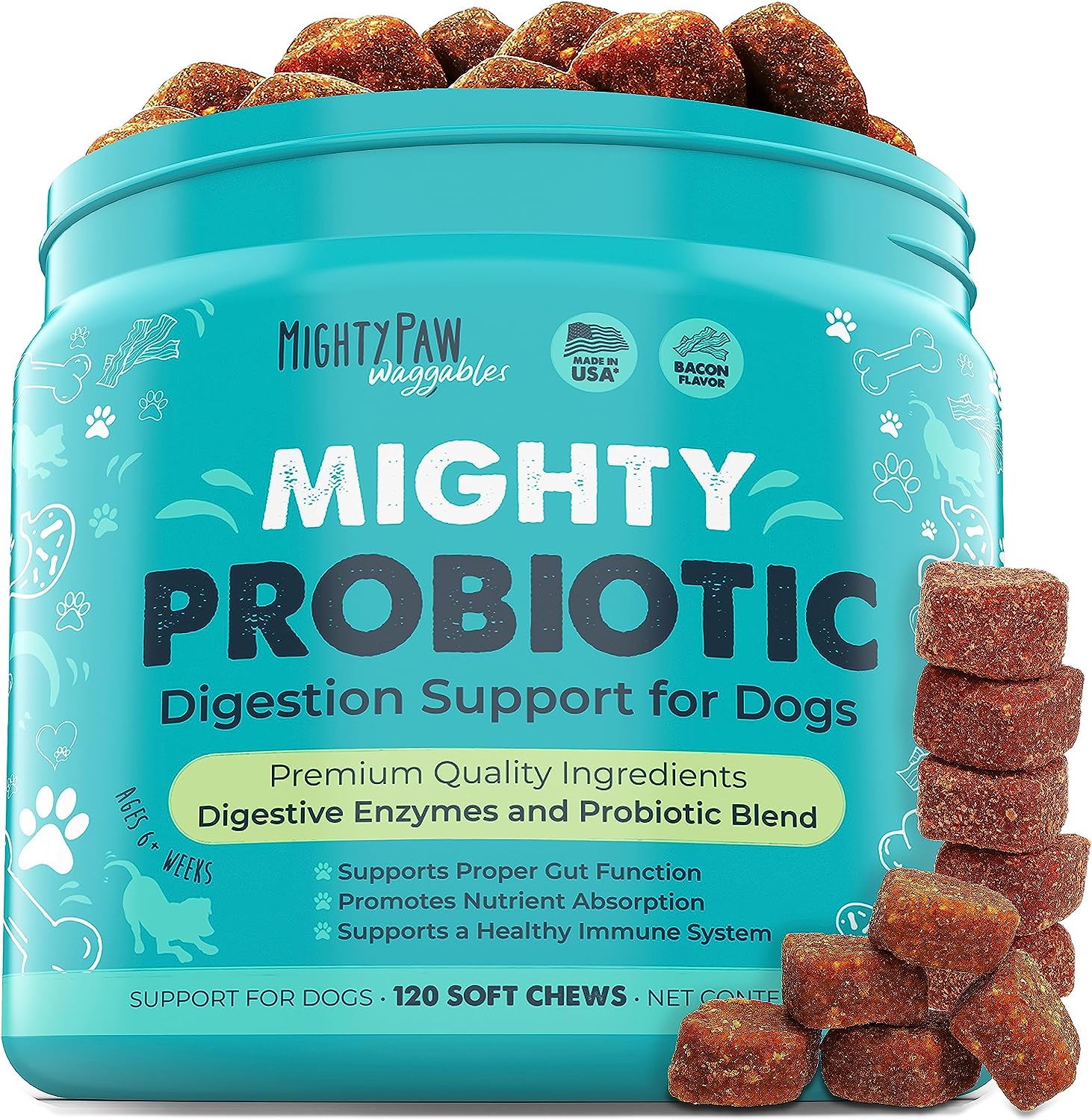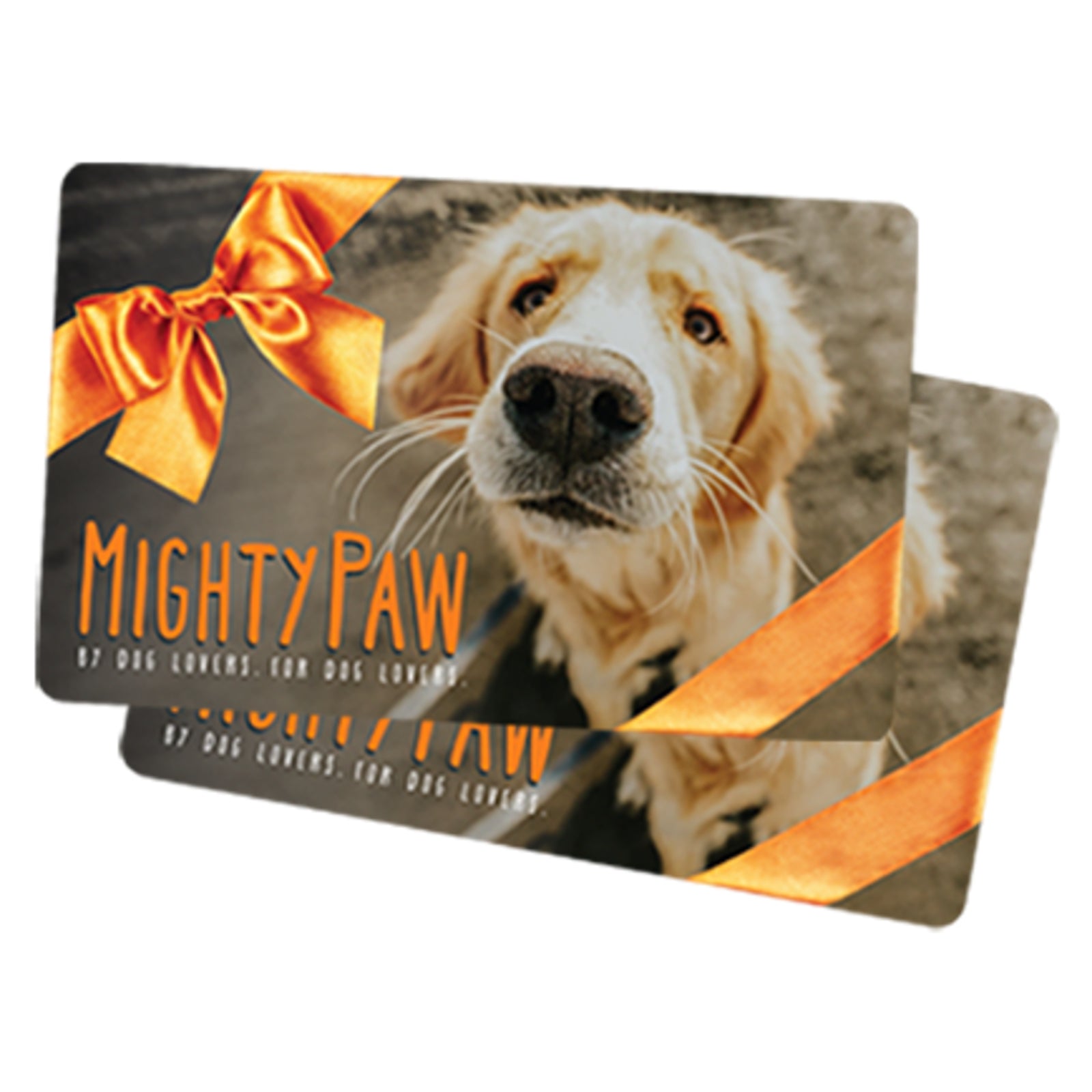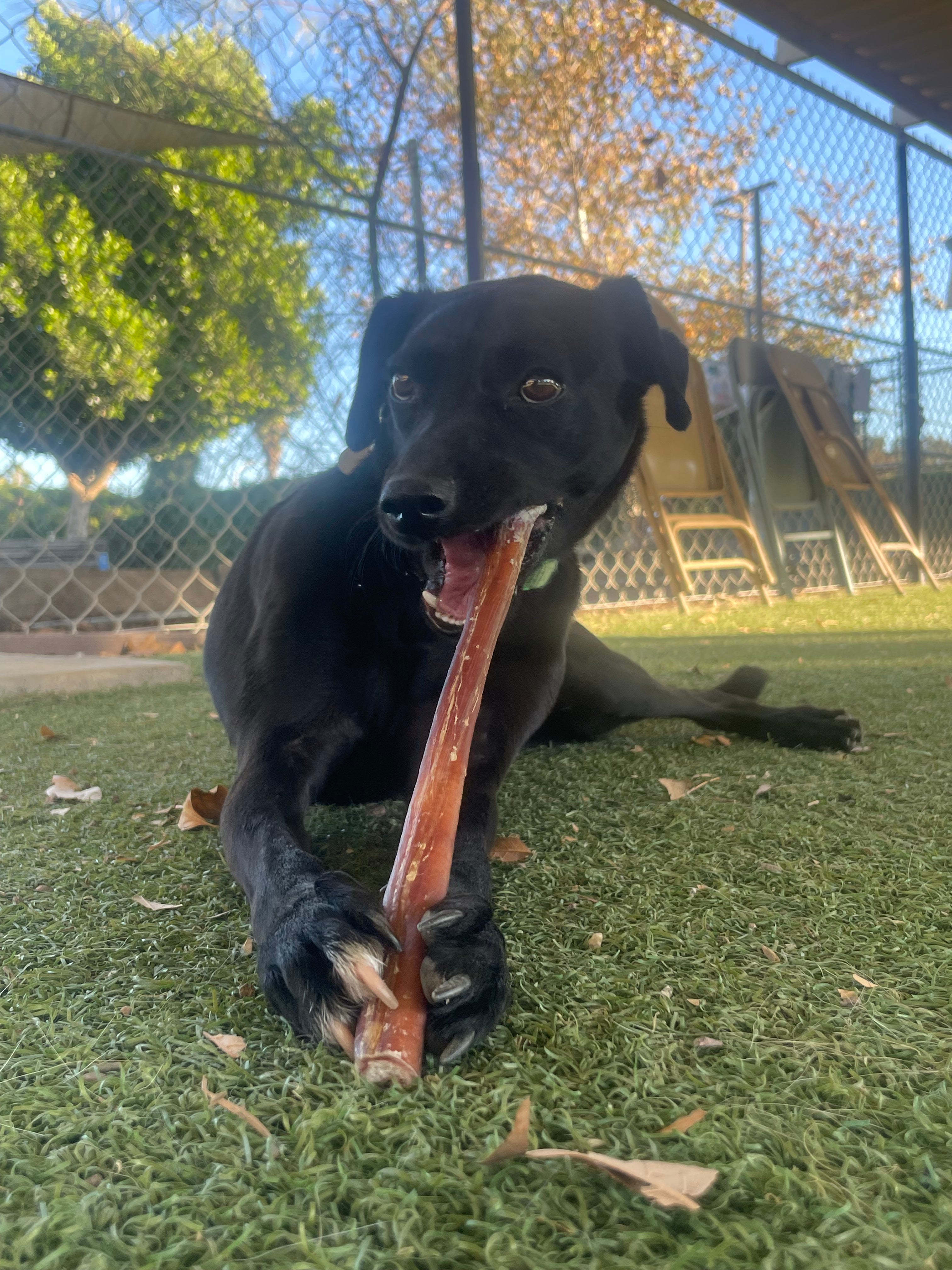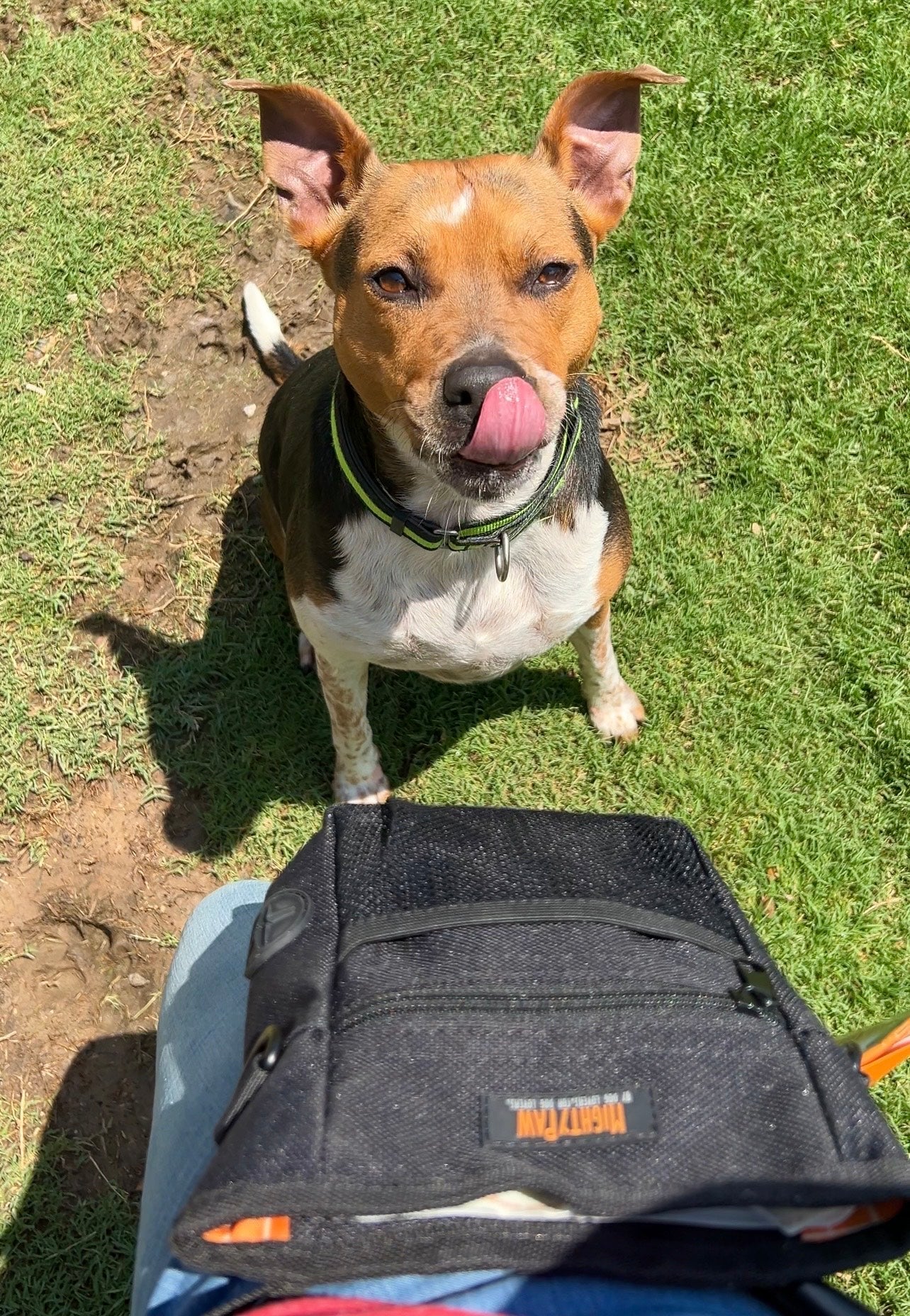We all watched the LA fires with horror, sadness, and breaking hearts for the people, family dogs and cats, wildlife, and beauty in such sudden, grave danger. Life can change in an instant, whether we live on the West Coast, inland in North Carolina, or anywhere. The fires and hurricanes are an unfortunate reminder of what really matters in a life-threatening moment.
For dog parents like us, we worried about all the dogs, cheered every reunion and safe landing, and couldn't help but ask ourselves if we would be prepared to keep our dogs safe in an emergency.
Whether it’s a natural disaster, a sudden accident, or a medical emergency, being ready can make all the difference for your dog’s safety and comfort. That's why a dog emergency kit is a must-have that every pet parent should put together and have on hand for easy access when you need it.
Let's jump into everything you need to know about creating a comprehensive pet emergency kit tailored to your dog: what to include and why regular maintenance matters. Prepping before you need it gives you peace of mind that you’ll feel confident and set to handle any situation.
What should be in a dog emergency kit?
When minutes count, the contents of your emergency kit could be the key to keeping your dog safe. Here’s a list of essential items to include:
1. Food and water
What to pack:
- A 3-day supply of dog food
- Bottled water (1 gallon per day for drinking and cleaning)
- Collapsible food and water bowls
Why it matters:
Like humans, dogs need sustenance and hydration to stay healthy, especially in stressful situations. Pack food your dog is already accustomed to in order to avoid digestion issues.
2. Medications and first aid
What to pack:
- Your dog’s prescription medications
- A pet first aid kit - including first aid supplies for wound care like bandages, gauze pads/non-adherent pads, antiseptic wipes, gloves, tweezers, eye wash, plus dog nail clippers (for when your dog tears or cracks a nail), and a digital thermometer
Why it matters:
A medical problem can quickly worsen if left untreated. Packing a comprehensive first aid kit ensures you can manage minor injuries or stabilize your dog until professional help can take care of your dog.
3. Leash, harness, and ID tags
What to pack:
Why it matters:
Emergencies can lead to disorientation for both dogs and dog parents. A leash helps ensure your dog stays by your side, while proper identification increases the chances of being reunited if separated.
4. Comfort Items
What to pack:
- A favorite toy, blanket, or bed
- Treats for positive reinforcement and all-natural calming chews to help your dog feel more comfortable in stressful situations
- A lick pad and/or a lick bowl to help your dog self-soothe instinctively by licking a favorite food (like dog-healthy peanut butter) from the pad or even enjoy licking/eating a meal from the mentally-stimulating bowl.
- A long-lasting, hard chew (non-messy like an all-natural yak chew) your dog can chew over several sessions to also self-soothe as chewing releases "feel-good" endorphins in your dog's brain.
Why it matters:
Familiar items and things that support your dog's de-stressing licking and chewing instincts help reduce your dog’s anxiety in high-stress situations. All keep your pup calm and comfortable while you need to deal with the situation at hand, when new people are around, or you need to settle into new surroundings.
5. Hygienic safety supplies
What to pack:
- Plastic bags, absorbent pads
- Alcohol, antiseptic wipes
Why it matters:
Maintaining cleanliness during emergencies keeps both your dog and evacuation spaces safe and hygienic, helping prevent infection.
6. Important documents
What to pack:
- Vaccination records
- Proof of ownership
- Your regular veterinarian and emergency vet contact information
Why it matters:
Documents are indispensable, especially for medical care or emergency shelters that may require proof of vaccinations.
7. Emergency checklist
What to pack:
- A written version of this checklist to reference in the heat of the moment to reconfirm that you have what you need.
With these essentials, your dog emergency kit will be equipped to handle most situations.
Building your personalized dog emergency kit
Every dog is unique, and your dog's emergency kit should reflect that! Here’s a step-by-step look at how to create a custom kit that works for you and your pup.
Assess your dog’s needs
Consider your dog’s size, breed, age, and health. A senior dog, for example, may need joint supplements or softer bedding, while a super-active dog can benefit from an extra-long leash for exercise and a sense of controlled freedom.
Other practical details...
Use a Durable Container
Store all items in a waterproof, durable bag or box. A backpack or plastic storage bin works well for portability.
Don’t Forget Multi-Purpose Tools
Pack a flashlight, scissors, and duct tape—they can come in handy for unexpected situations.
This proactive approach ensures that your emergency kit is not only functional but also tailored to your dog’s unique needs.
Handling everyday emergencies with your dog emergency kit
It’s not just about what’s in the kit—it’s also about knowing how to use it effectively in various scenarios. Here’s a quick guide for different emergencies:
Natural disasters
- Evacuating ahead of a storm? Bring your kit, leash, and comfort items to keep your dog safe and calm when you're staying in unfamiliar surroundings.
- Always include identification tags (and be sure your dog is microchipped) in case your dog gets separated during what can be chaotic moments.
Accidents or injuries
- Use first aid items like bandages and antiseptic to stabilize your dog until you can reach a vet.
Health emergencies
- Ensure you have all medical records and prescriptions ready. Having these handy becomes vital if an emergency vet visit is needed.
Preparation prevents panic in the moment. Having the tools you need in one place and knowing how to use them helps make unforeseen events less daunting and allows you to swing into action effectively on behalf of your dog.
Make maintenance a priority
Even the best emergency kits need regular updates to stay effective. Here’s why—and how you can keep your pet first aid kit in good shape:
- Replace expired items:
Check the expiration dates on food, water, and medications every 3-6 months.
- Adapt to life changes:
If your dog has a new health condition, update the first aid kit accordingly.
- Inspect annually:
Go through your pet first aid kit at least once a year, using this opportunity to refresh essentials and reorganize. Stay proactive and your first aid kit will always be ready when you need it.
Being proactive is a de-stressing gift to yourself!
Emergencies are unpredictable; preparation isn’t. A dog emergency kit is more than just a collection of supplies—it’s a safety net for everyone's favorite family member. Taking the time today to plan and pack gives you peace of mind for tomorrow's potential surprises.
Spread the word: Share this prep checklist with other dog parent friends and on your social channels — you'll be helping everyone do something good for their dogs and themselves.
Be prepared, now relax and enjoy your dog!
We believe in helping dogs live their healthiest, happiest, and fullest lives with you. And we're here to support you in making the most of your life together, in adventures large and small. That includes bringing you information to help you navigate both challenges and opportunities to help your dog feel confident, comfortable, safe, and happy everywhere by your side.
That's also why we're committed to bringing you high-quality products that are safe, healthful, and practical for everything you need to keep your dog living the good life with you.


